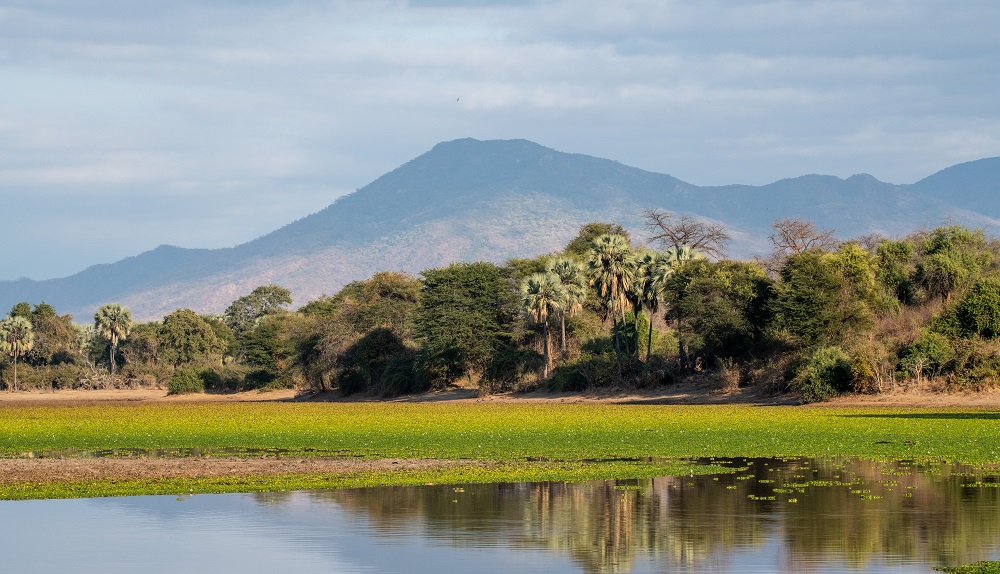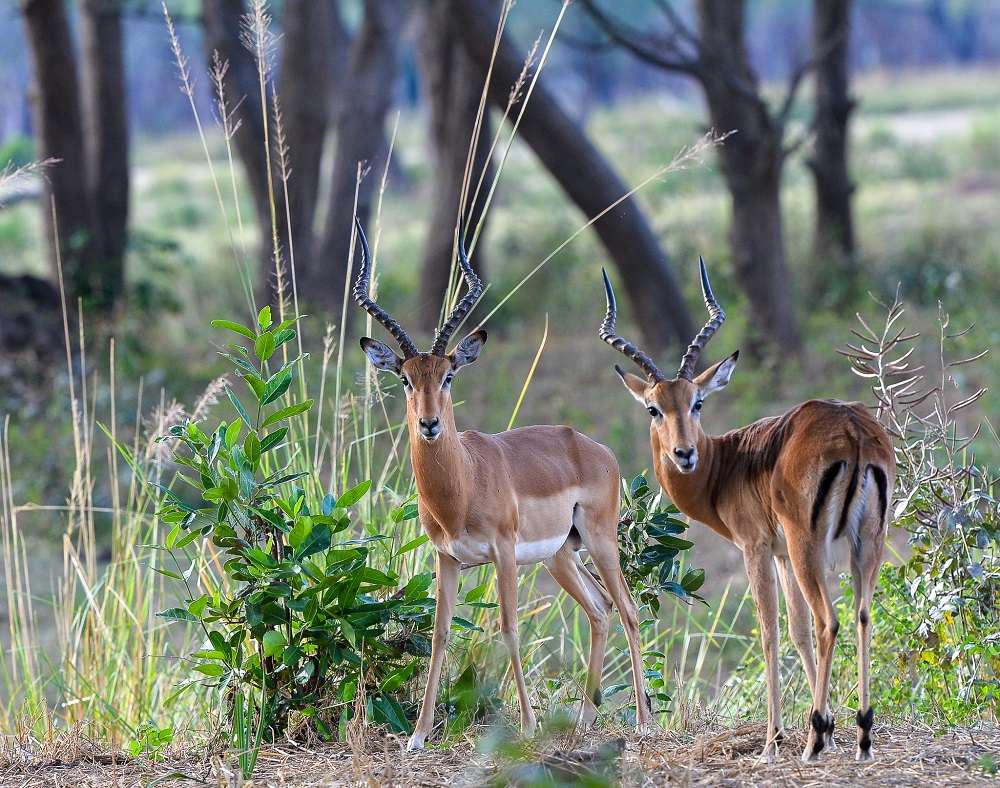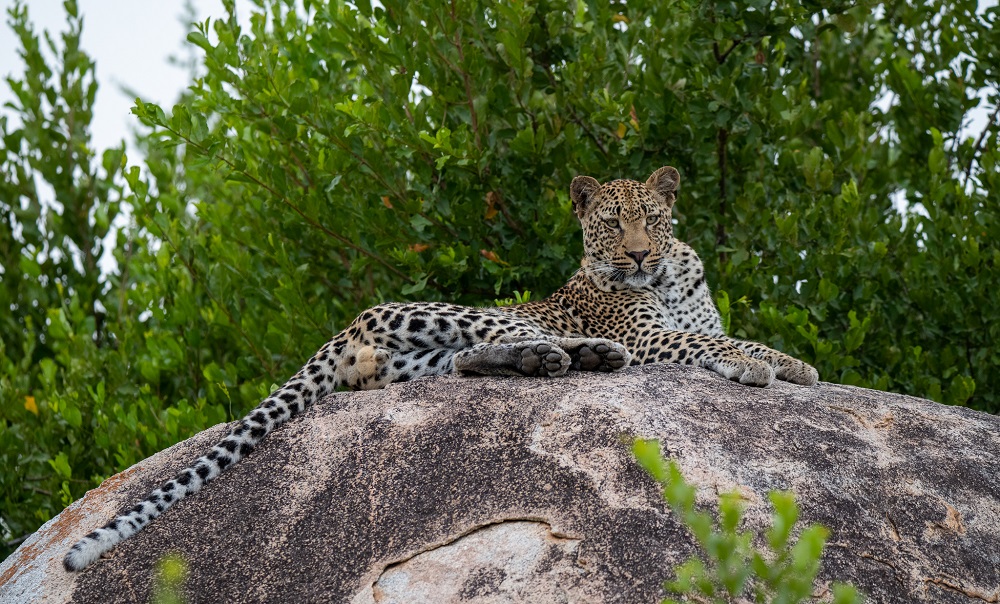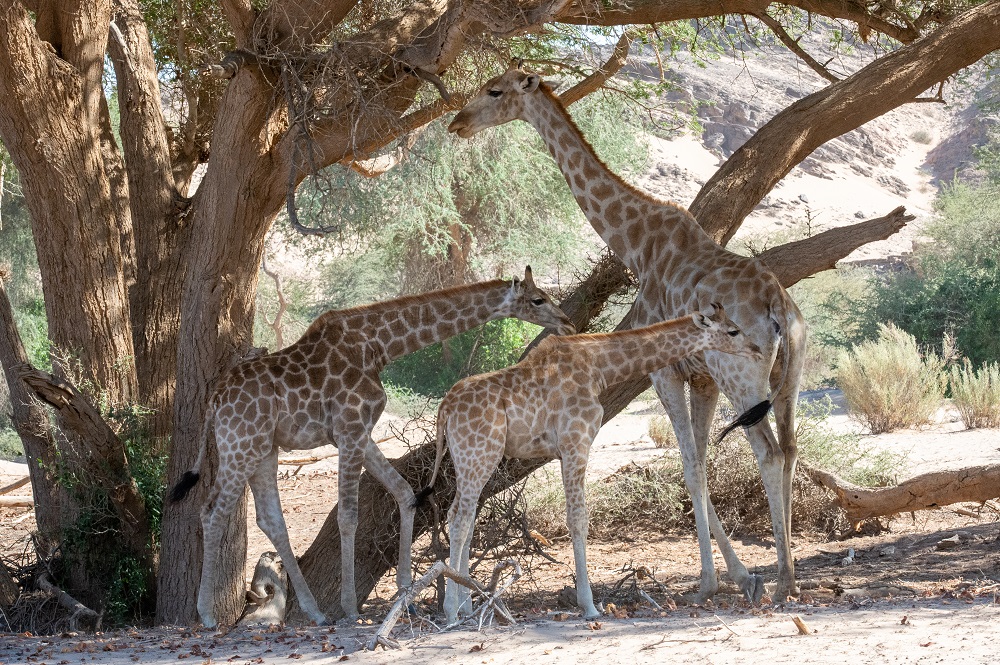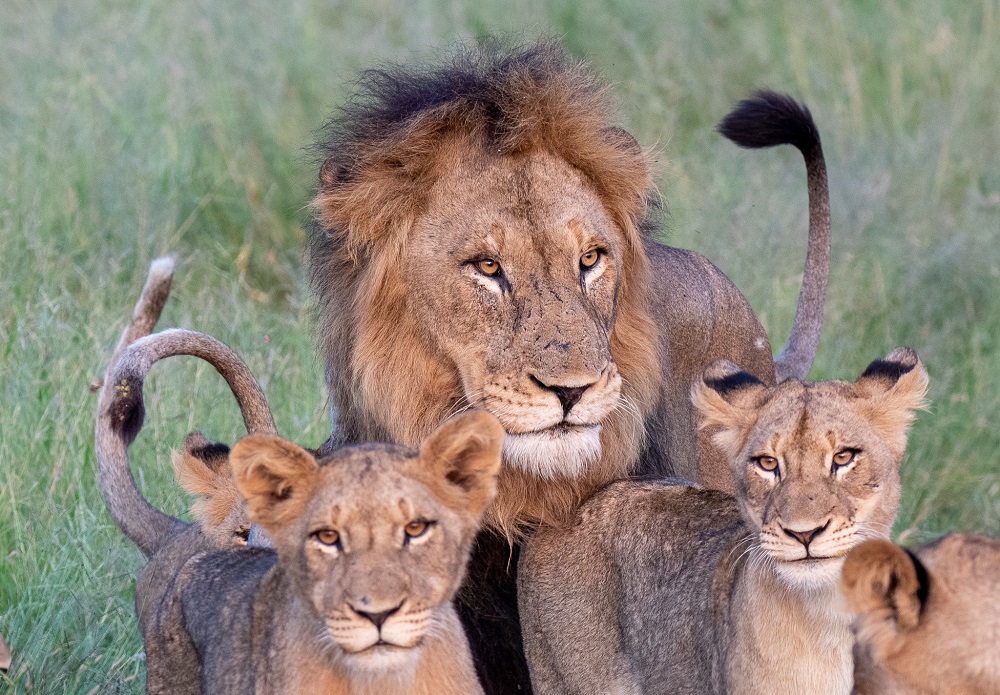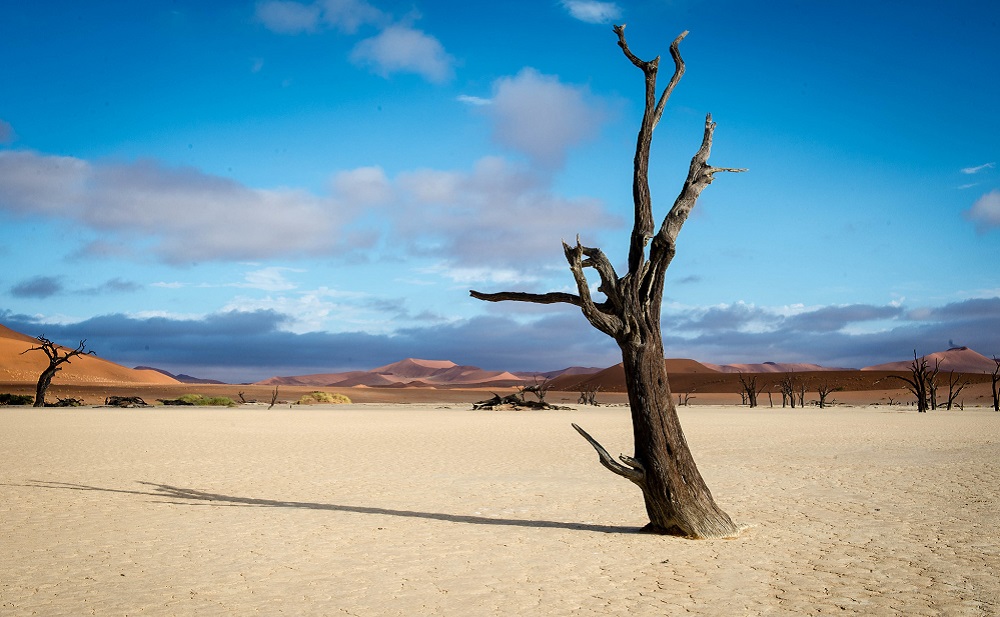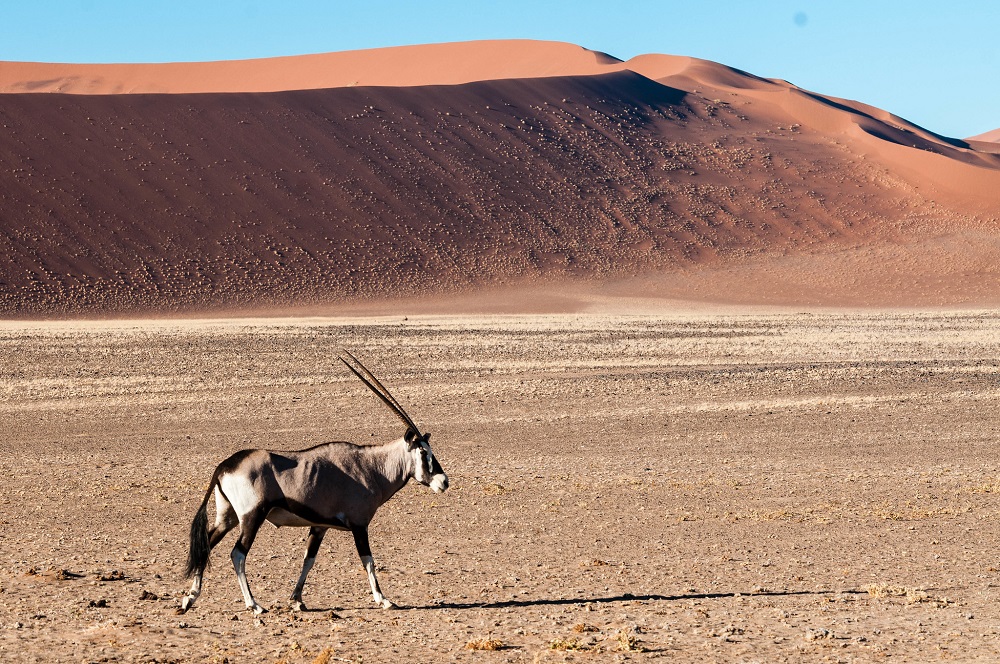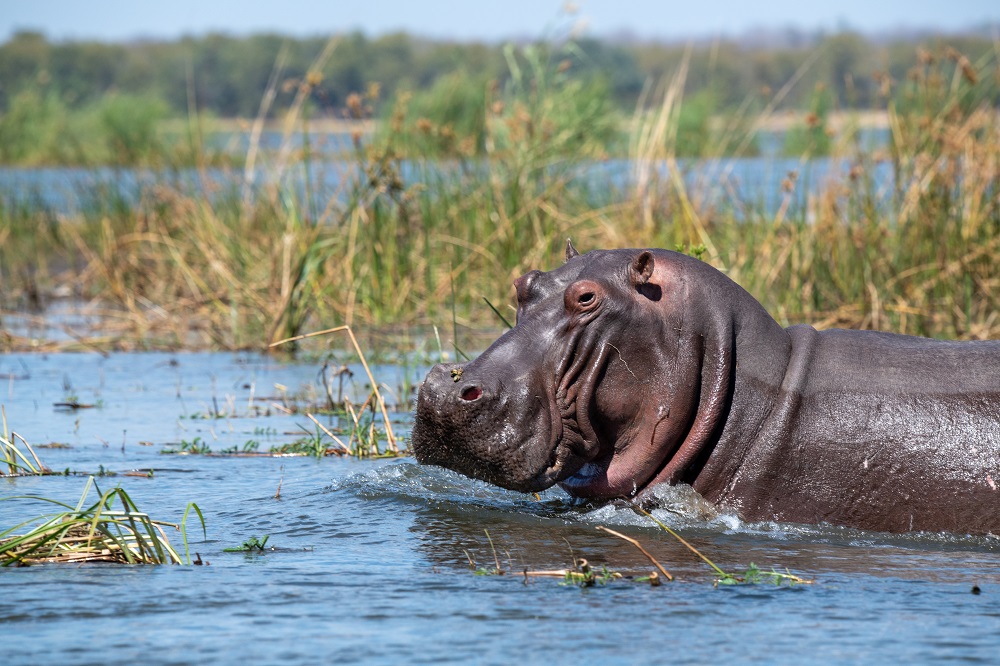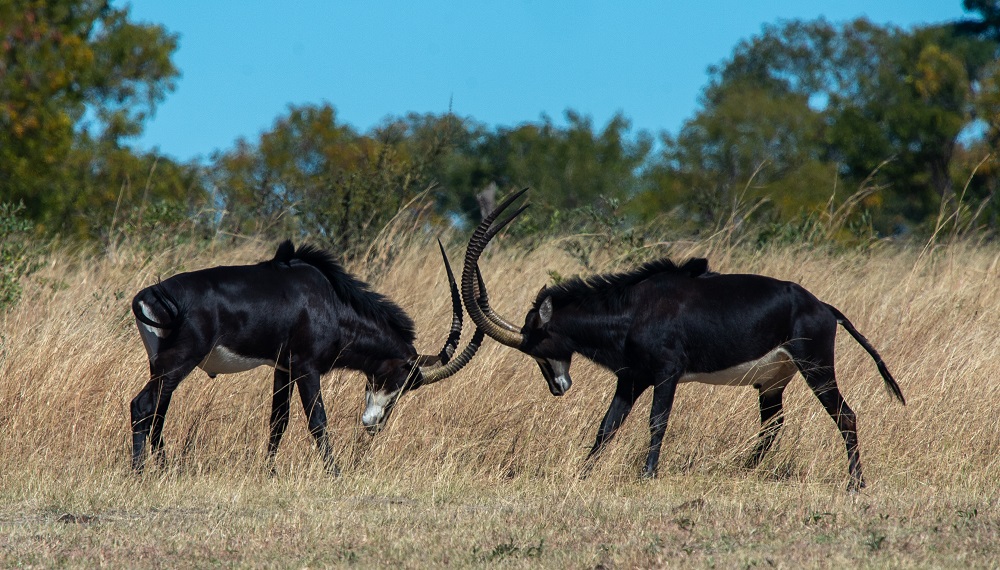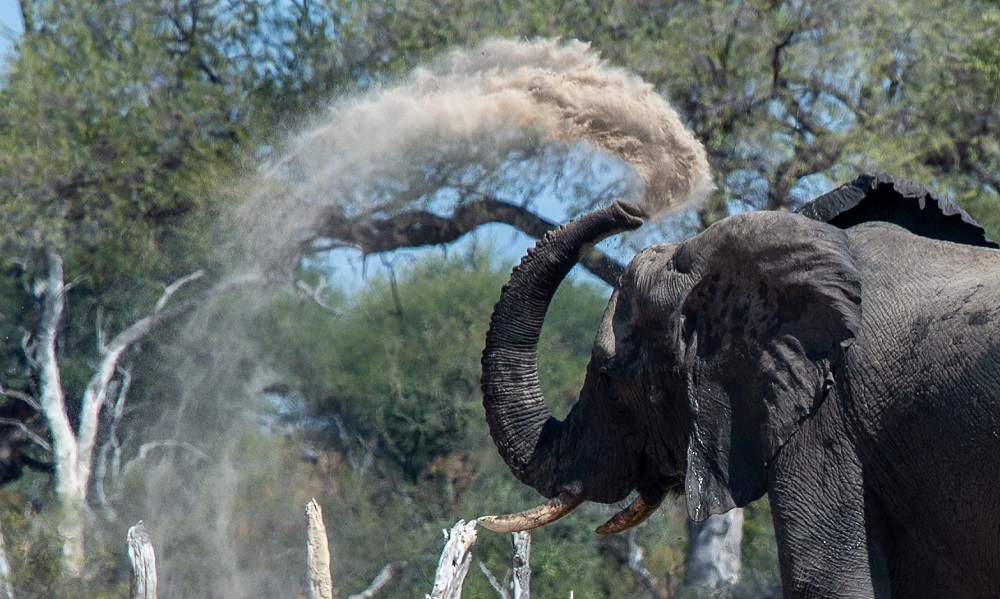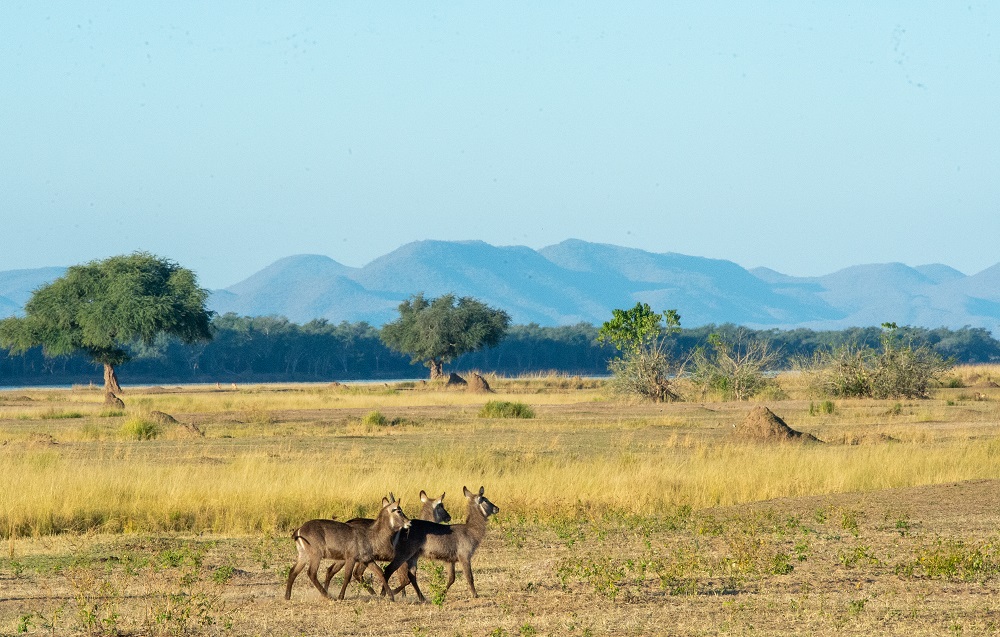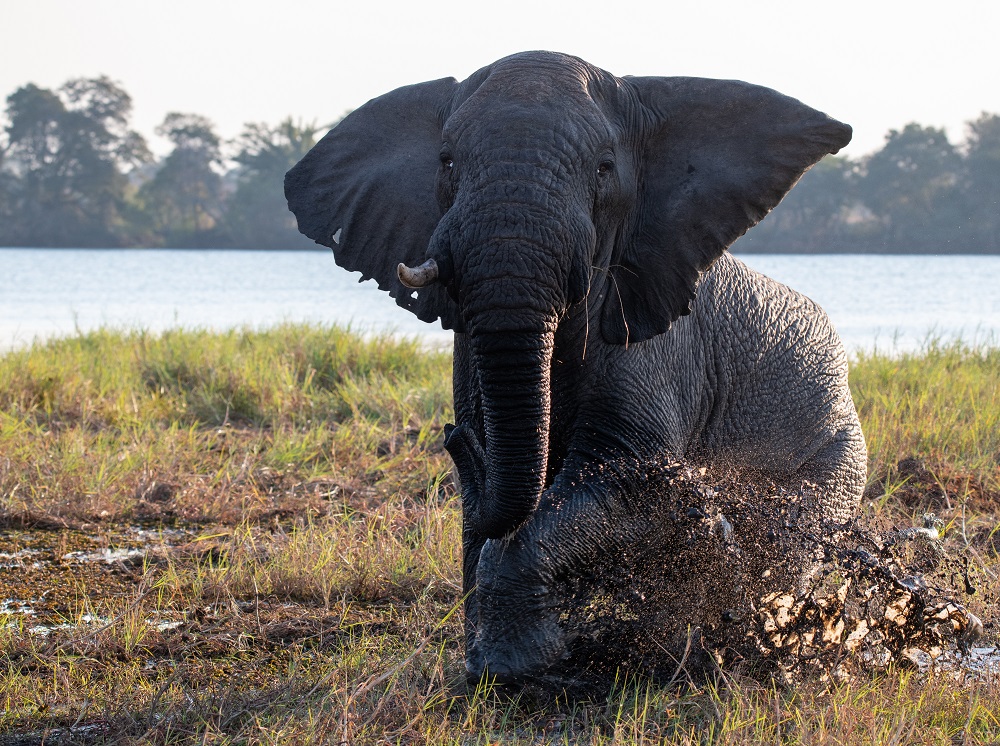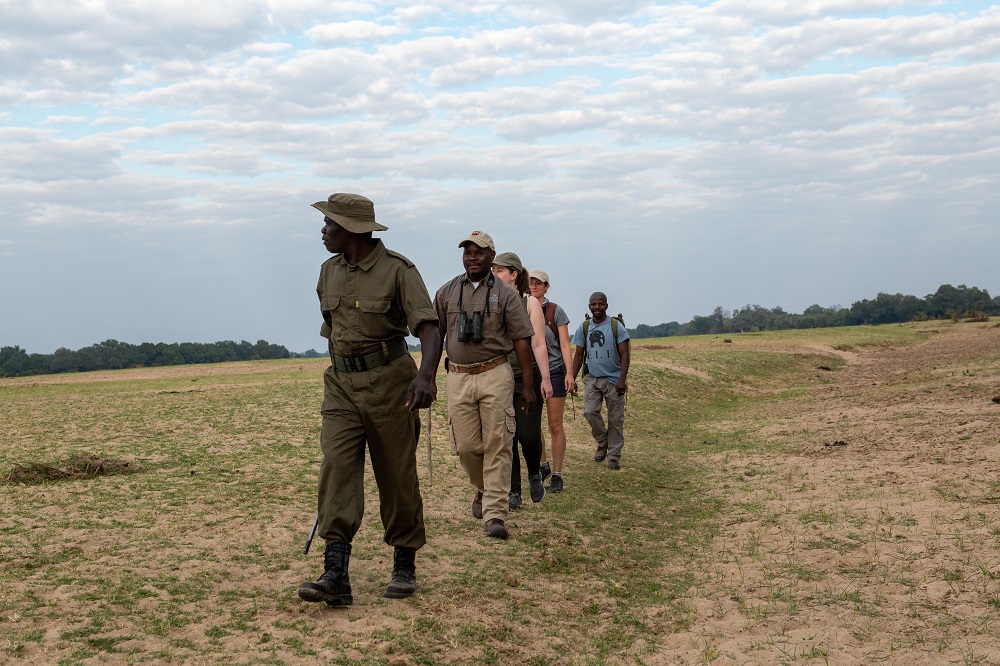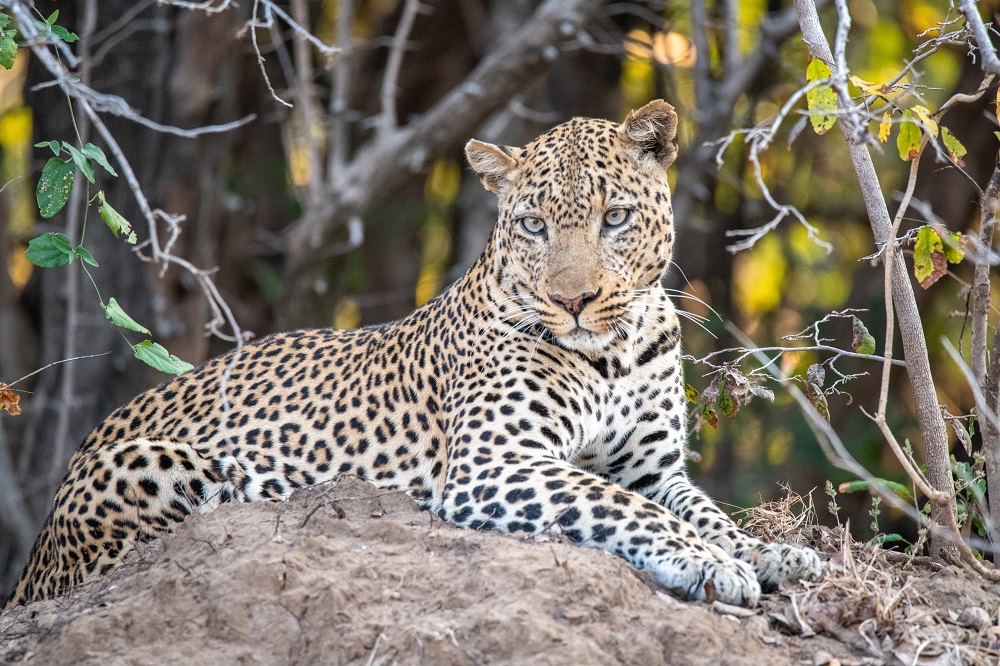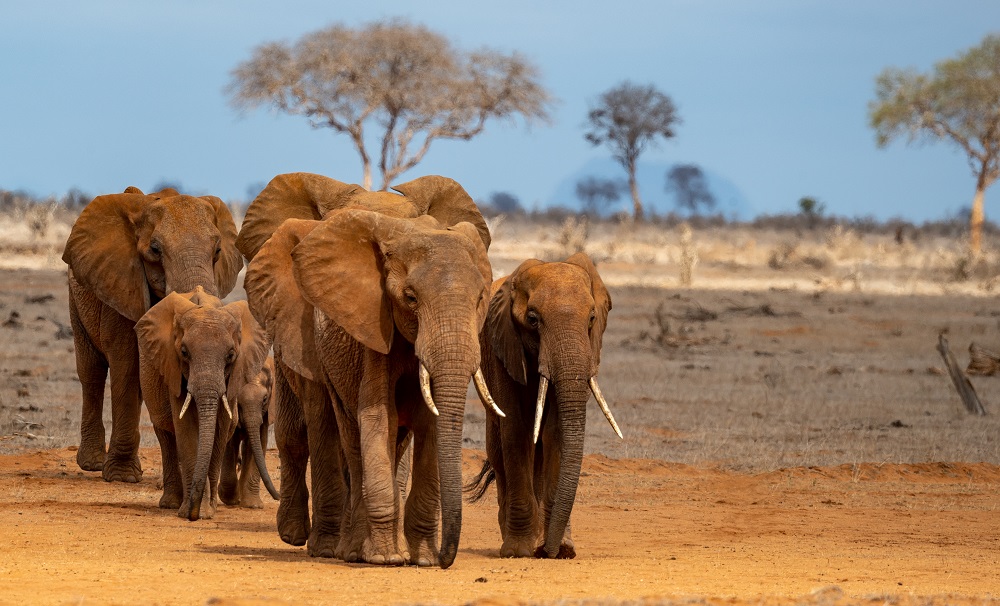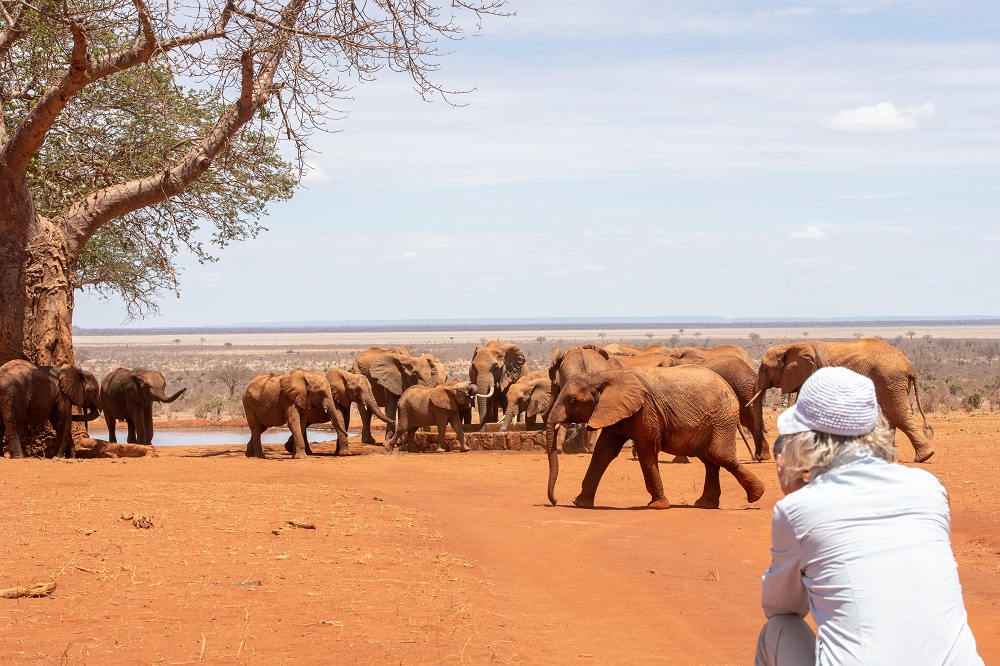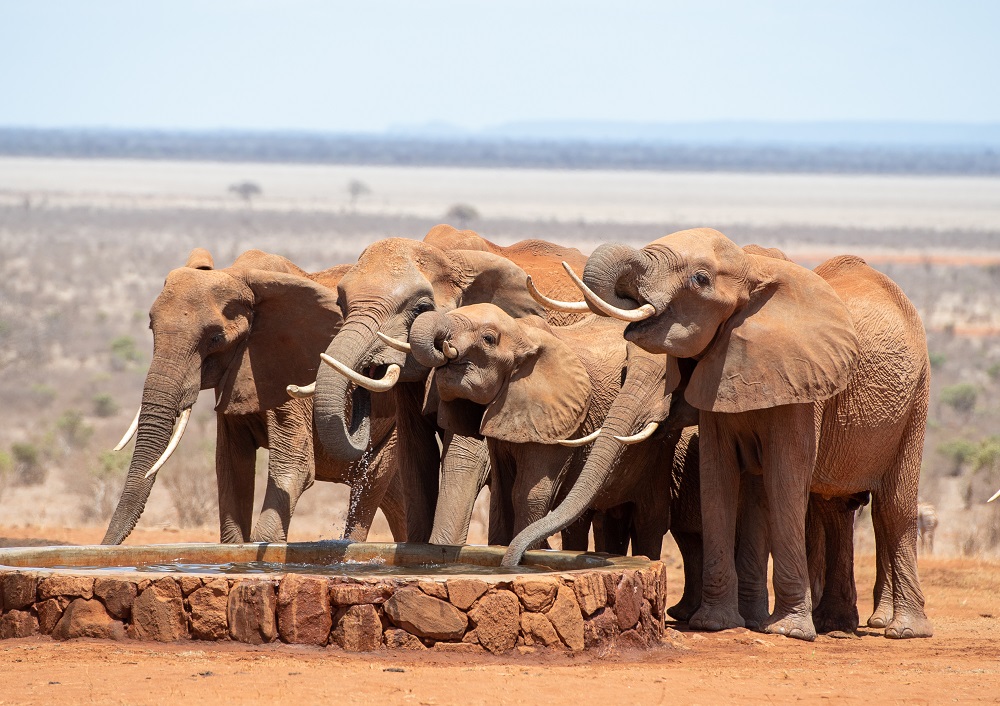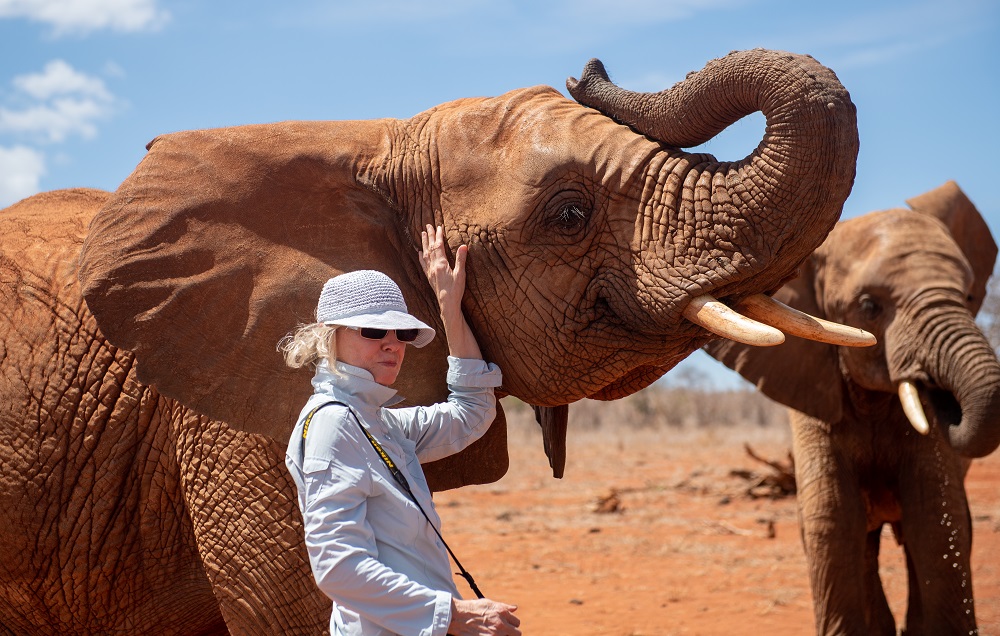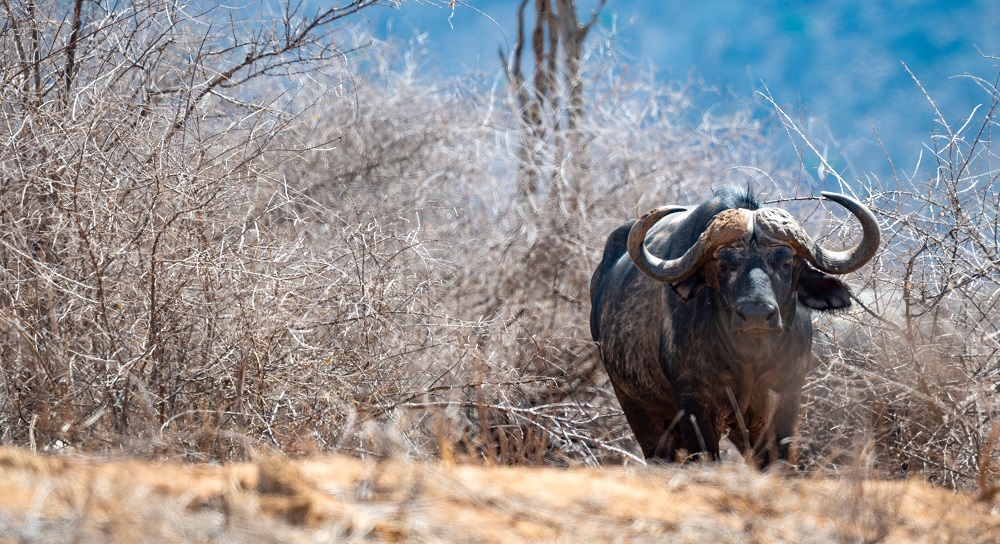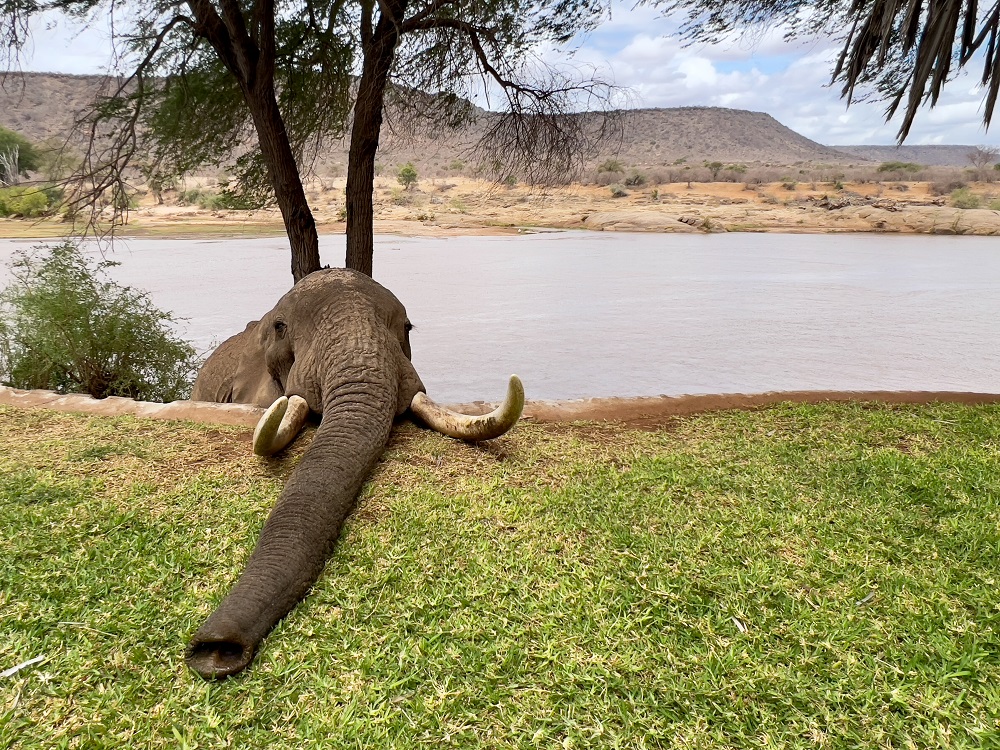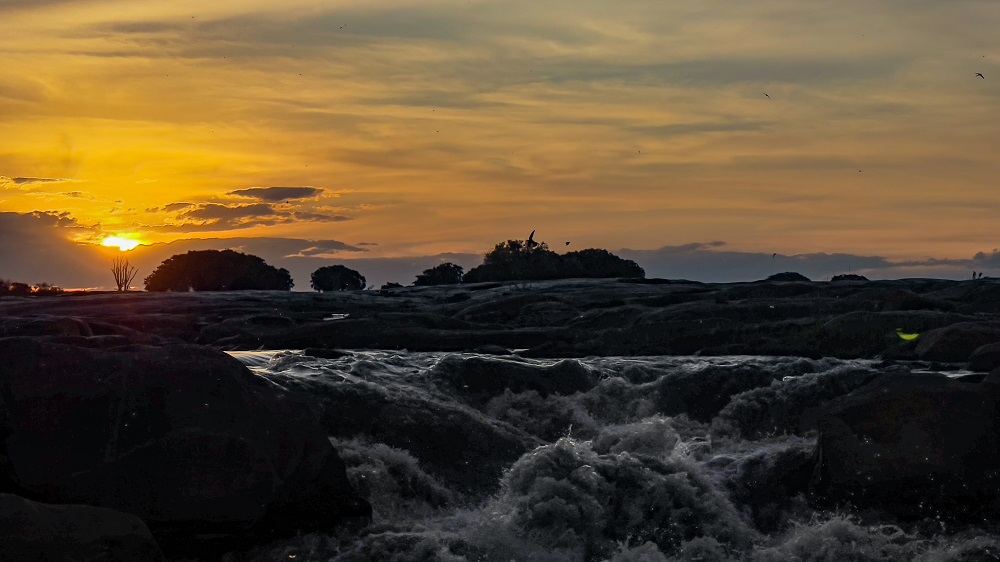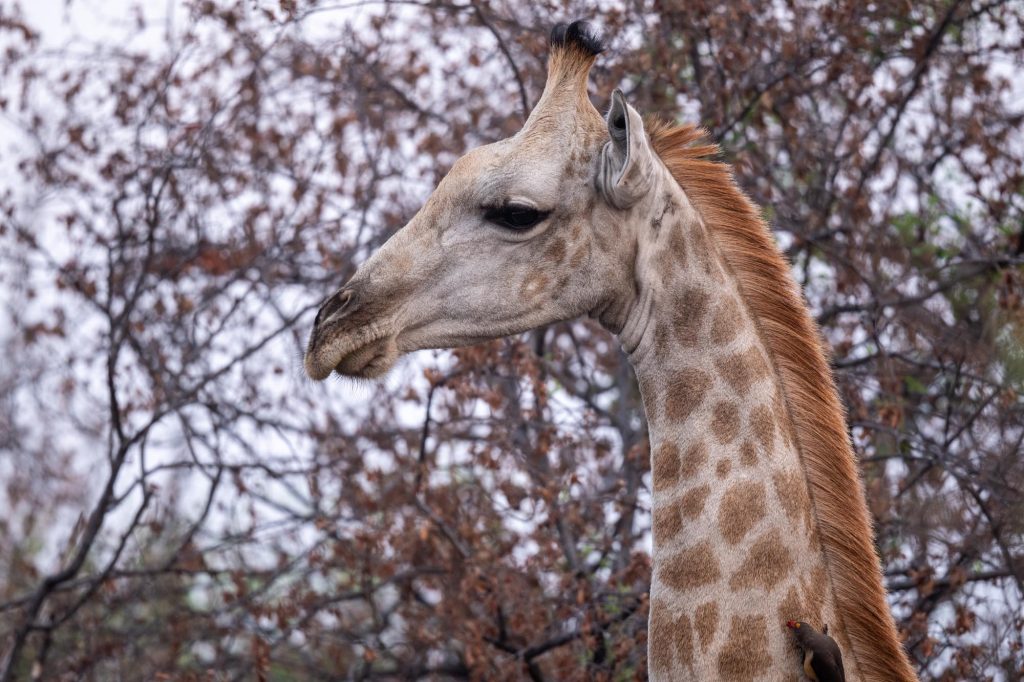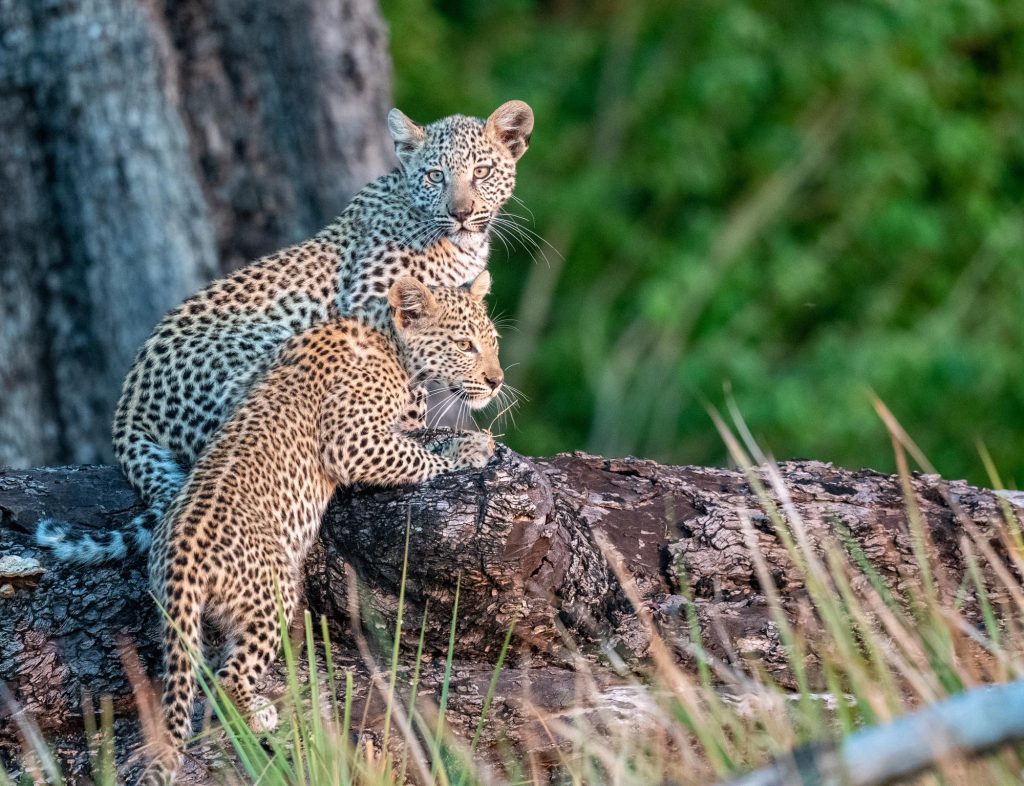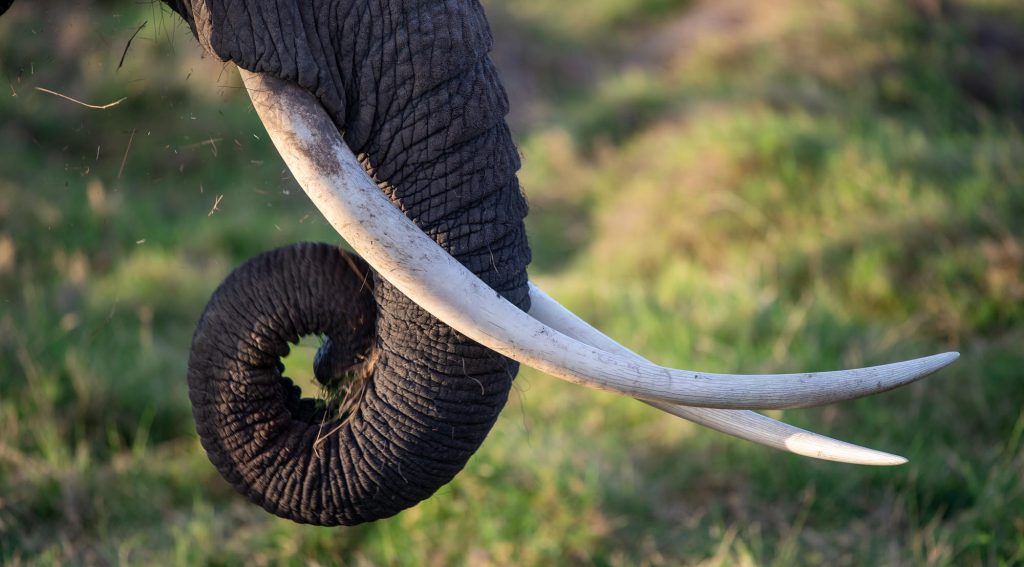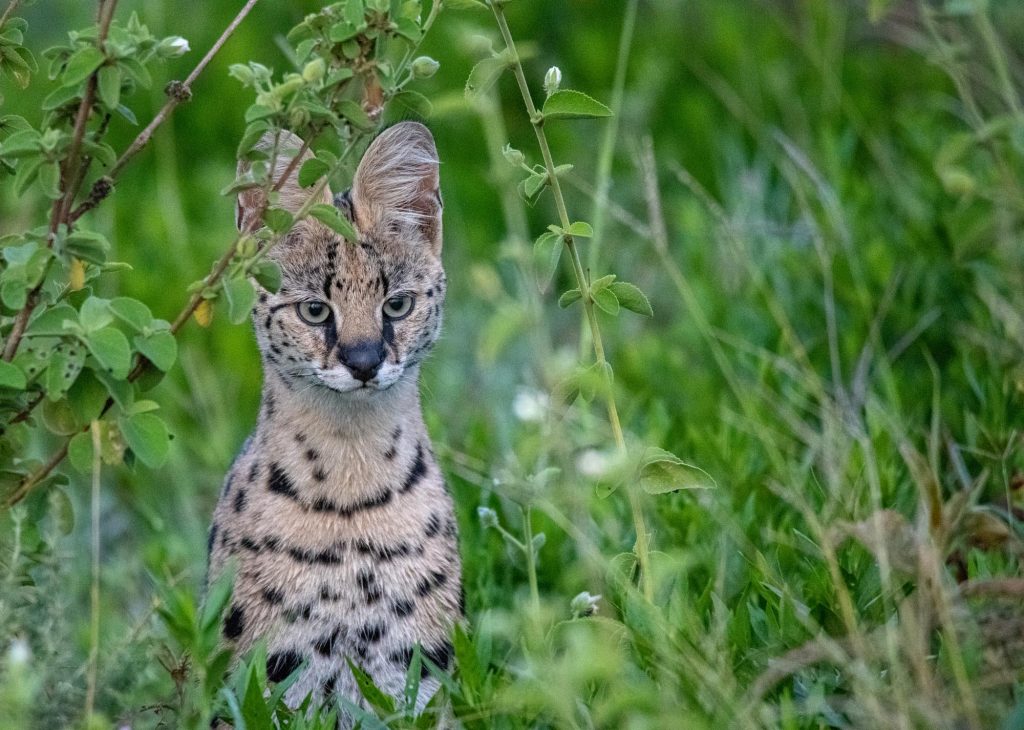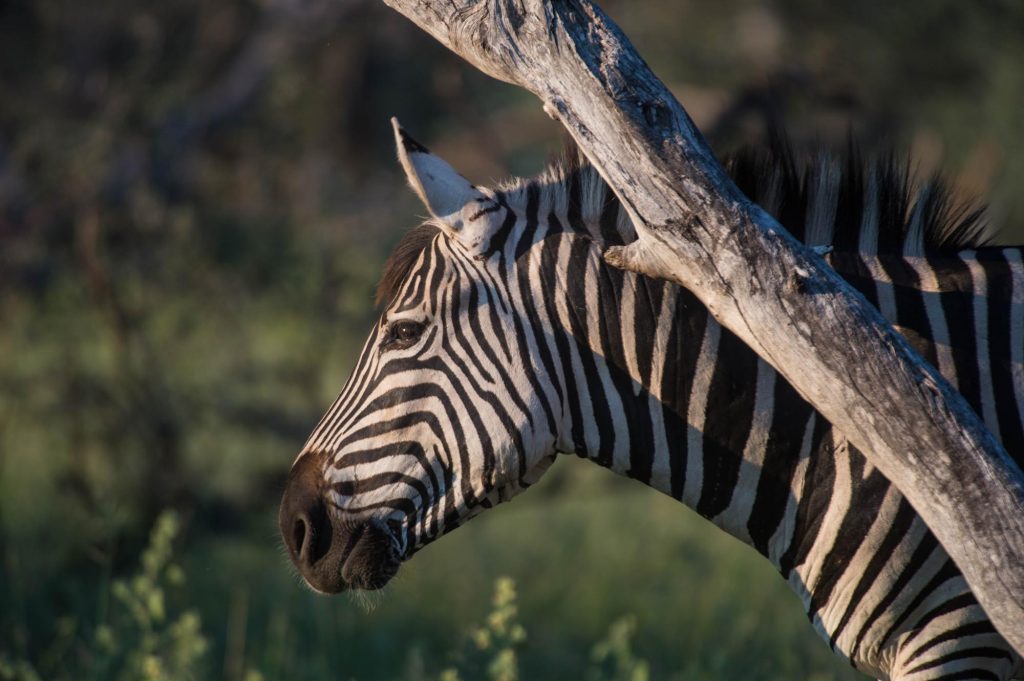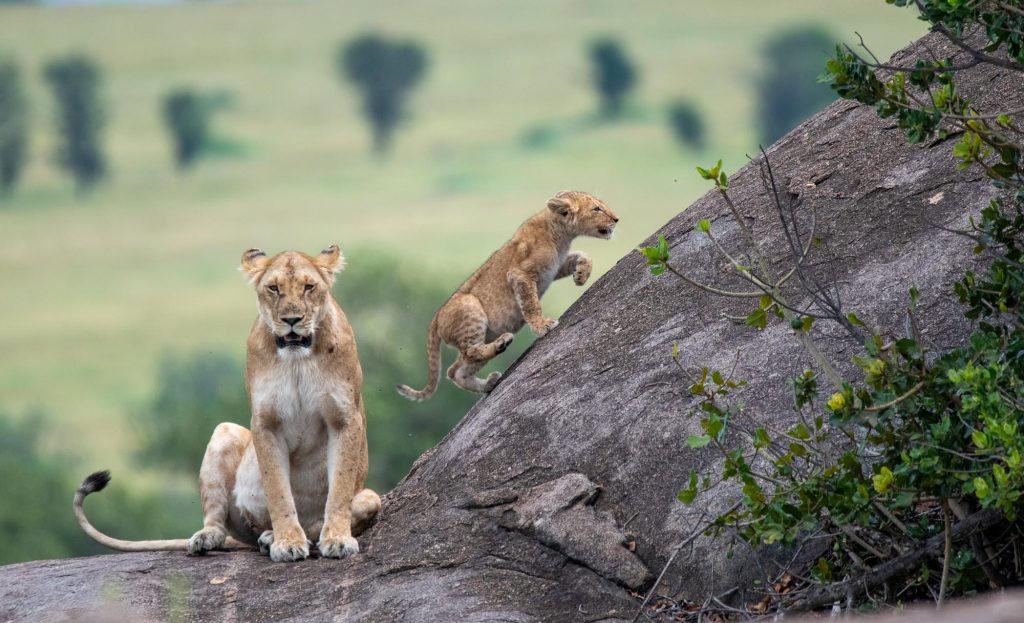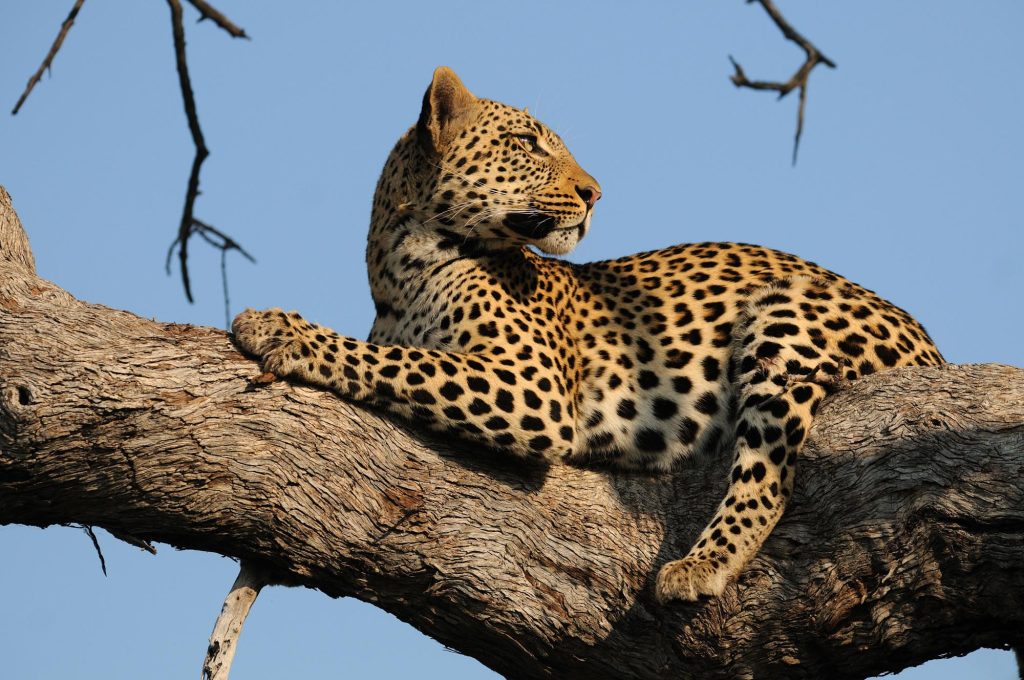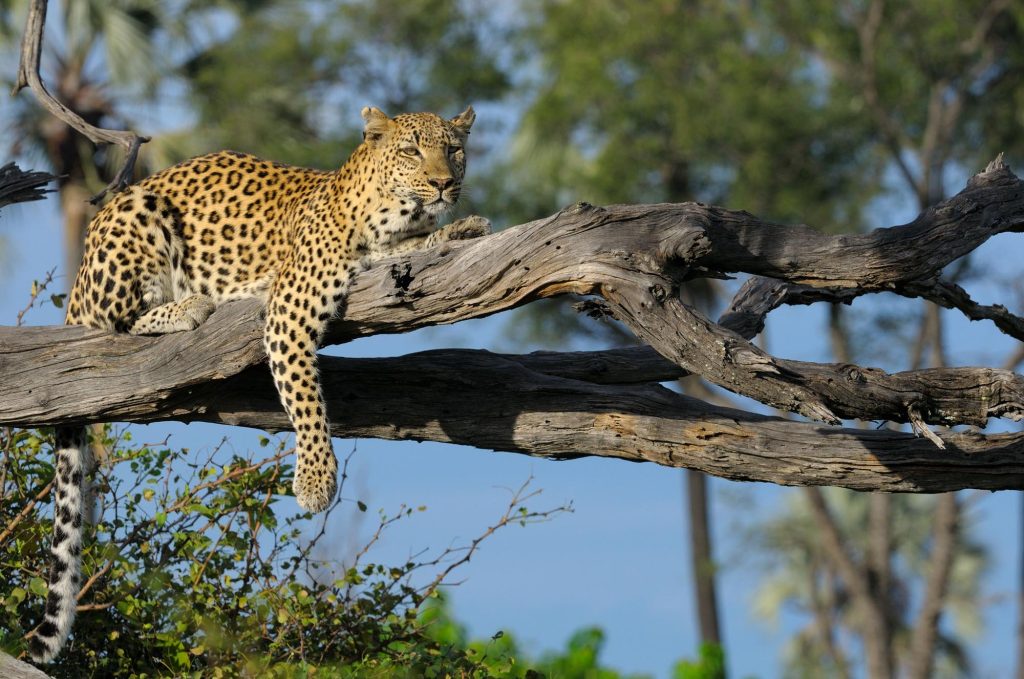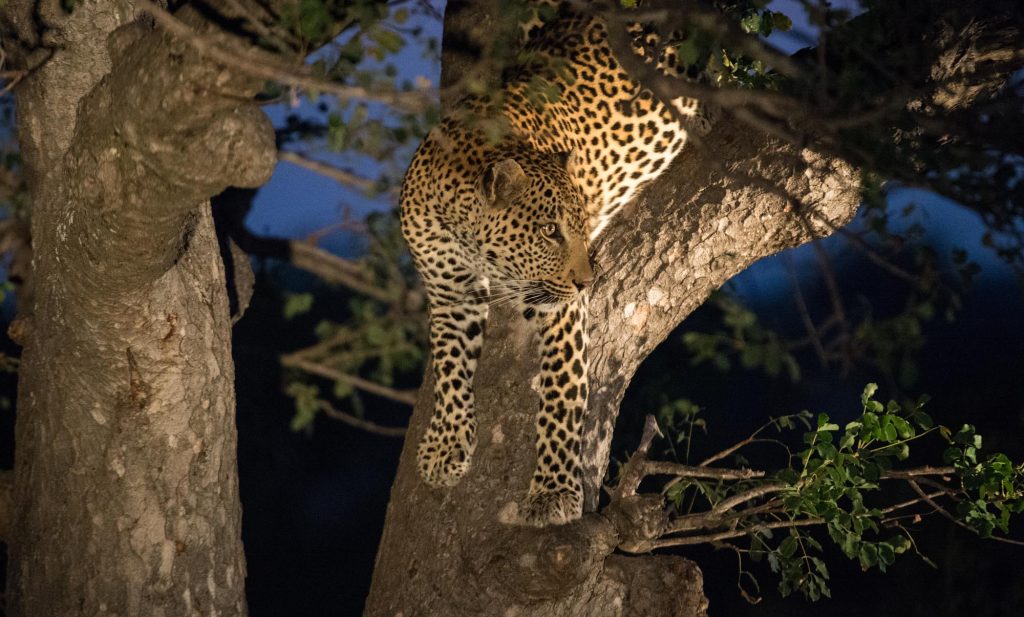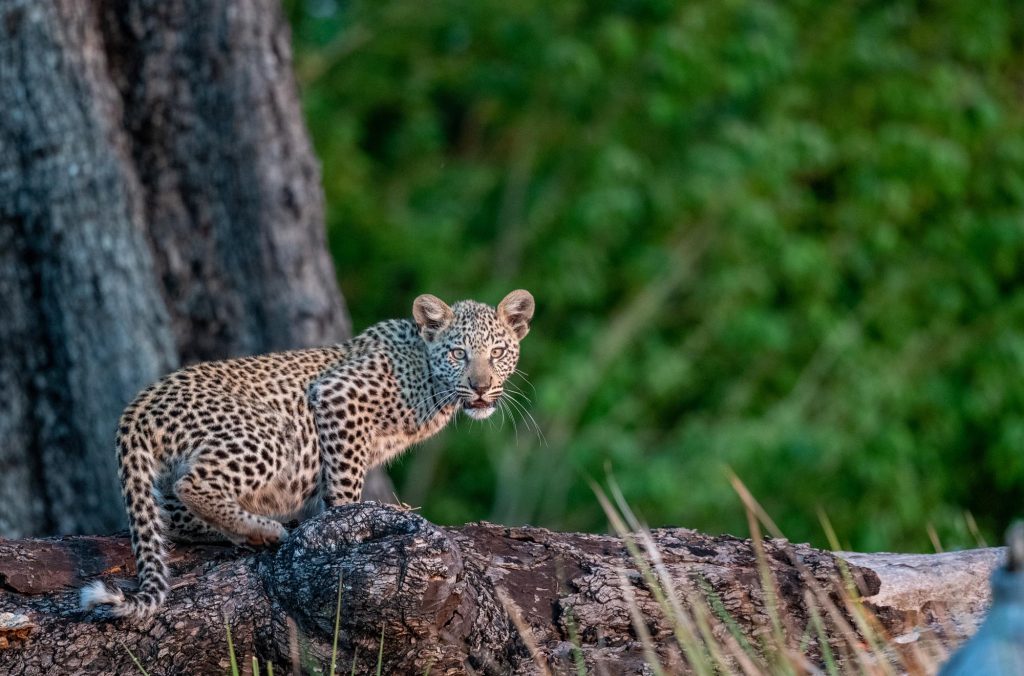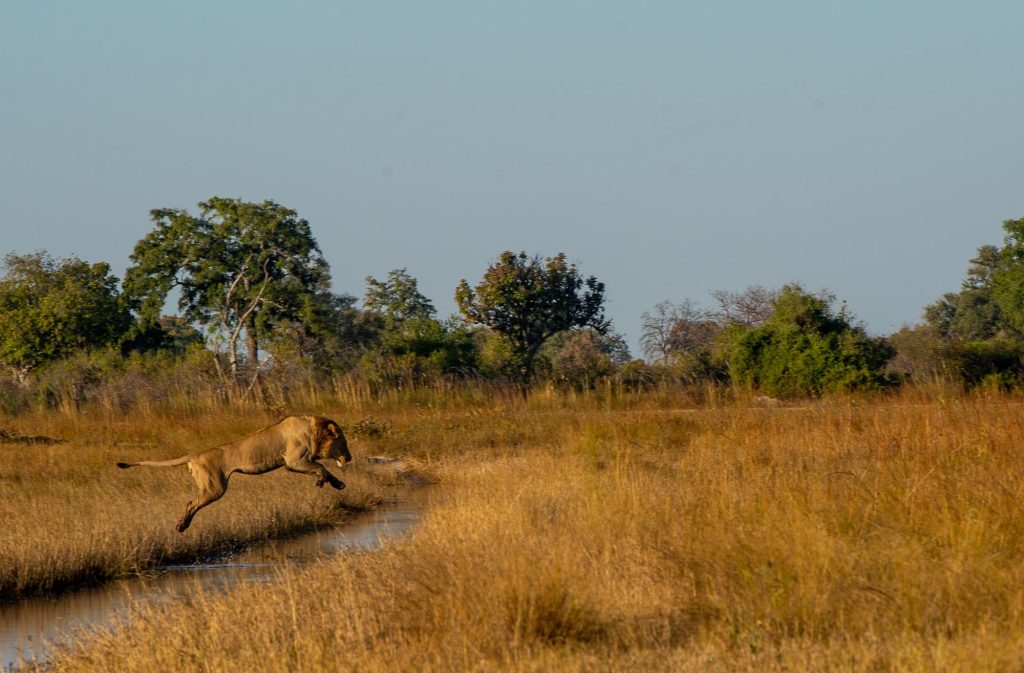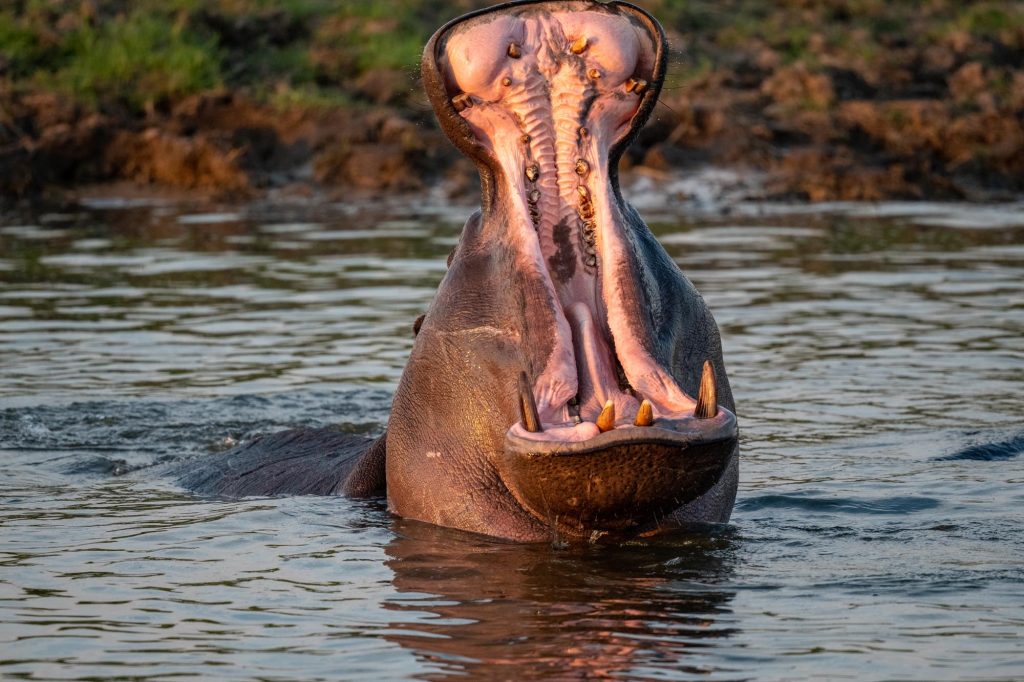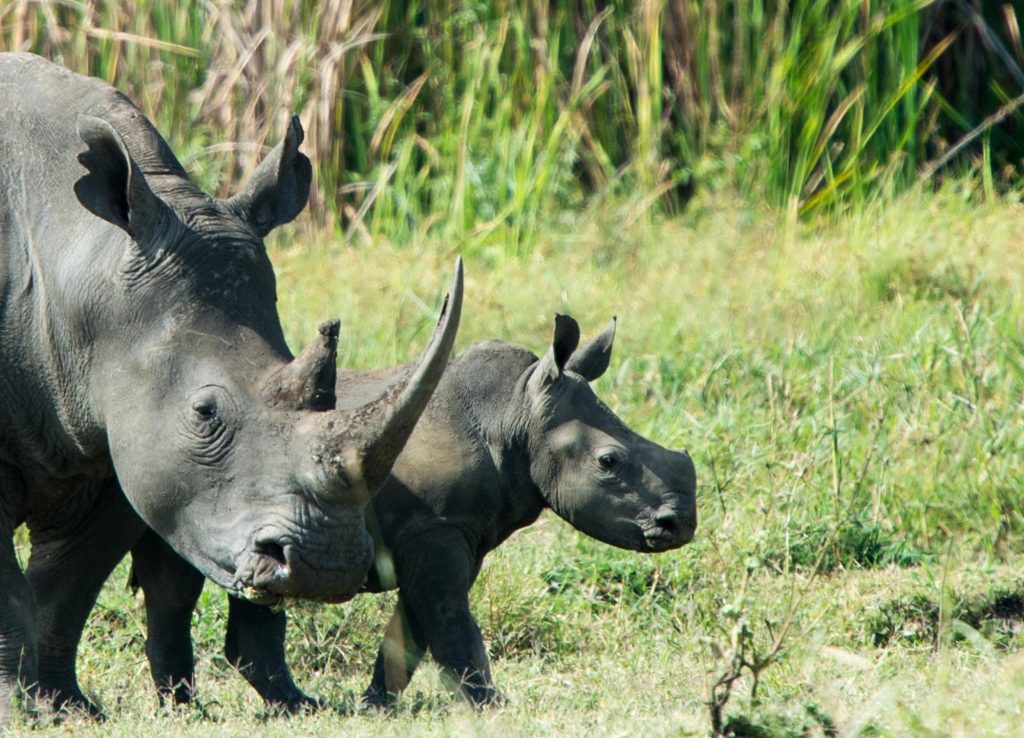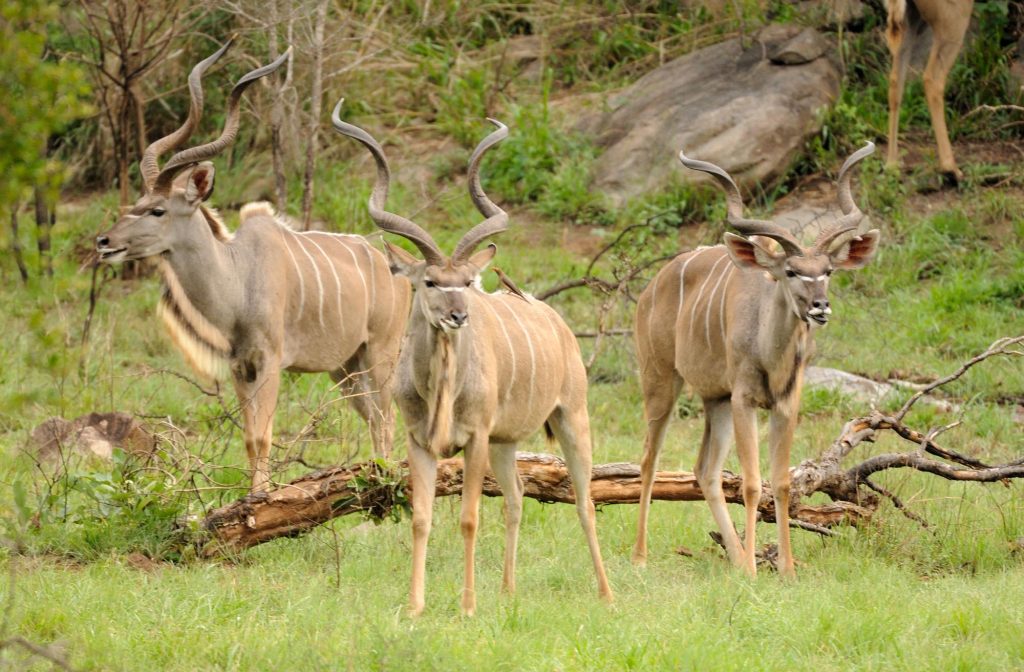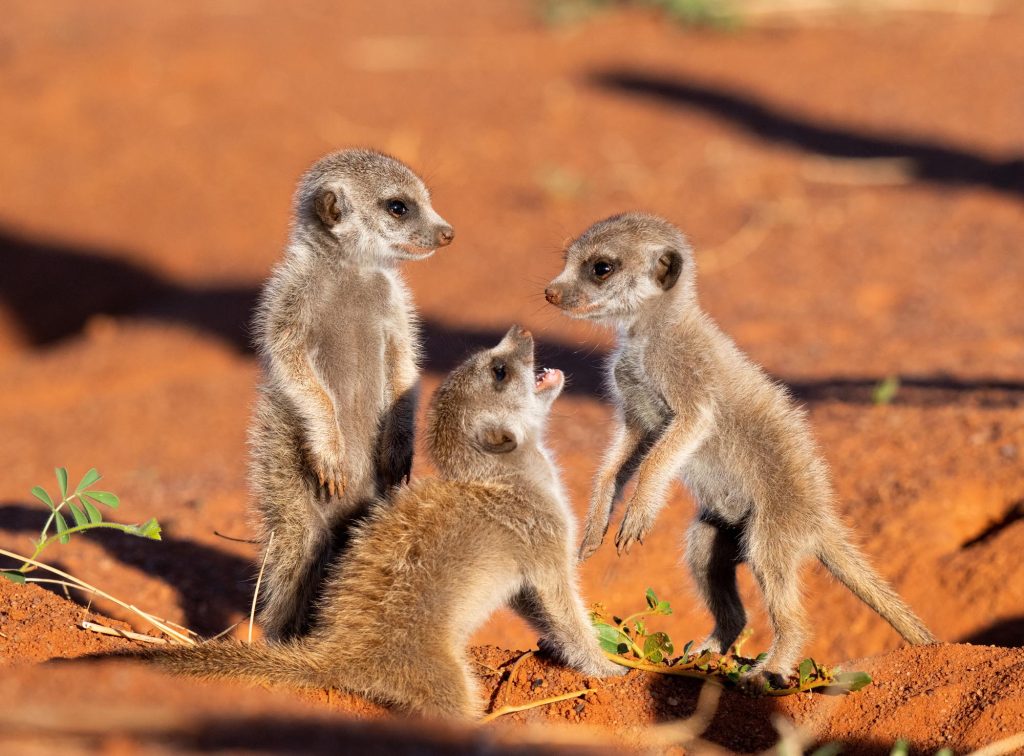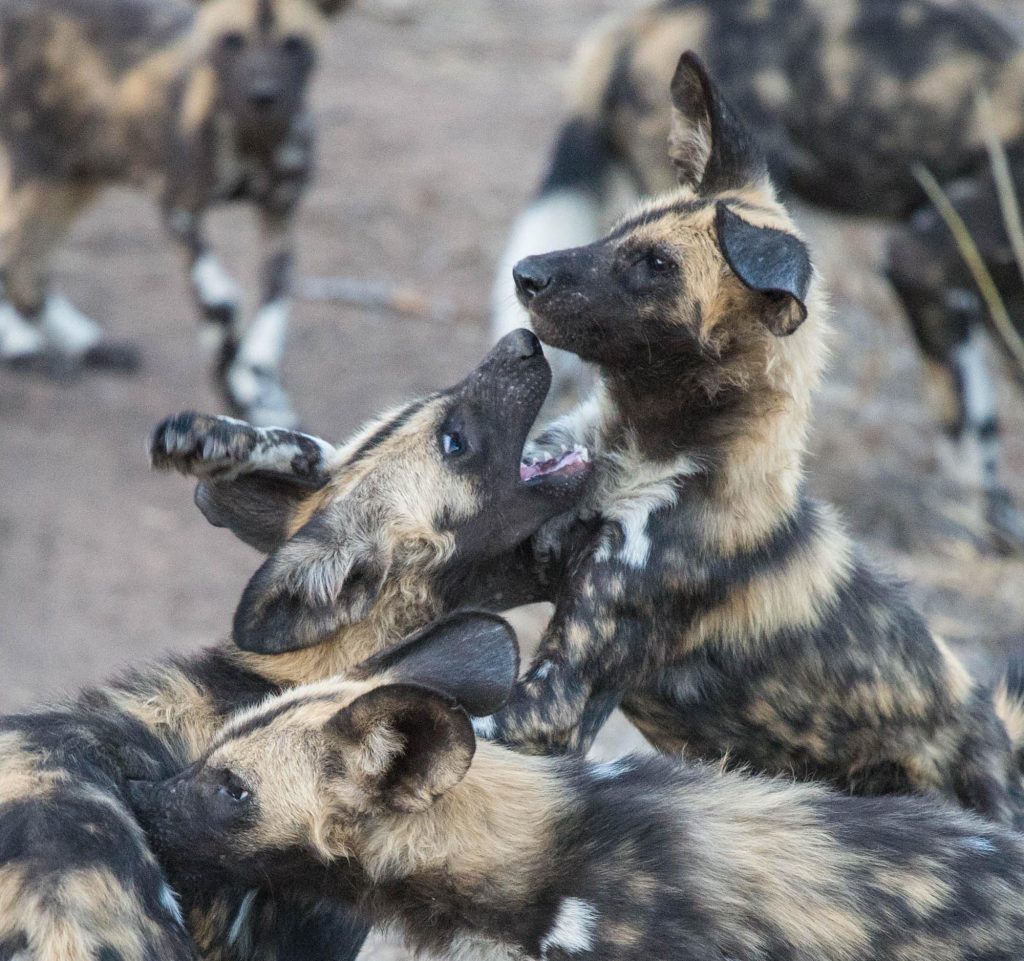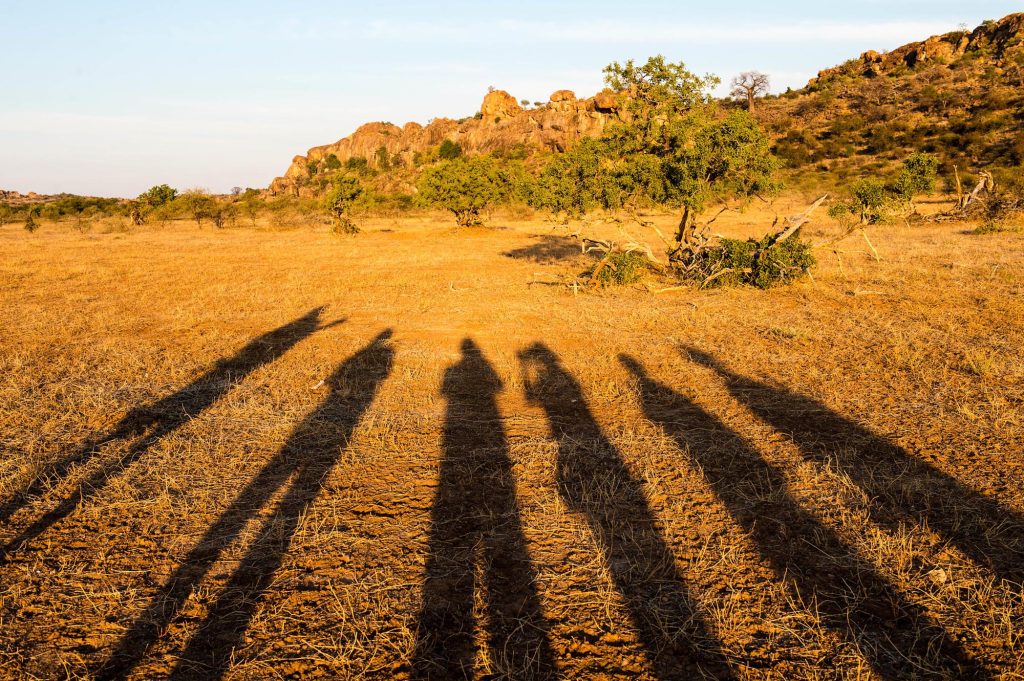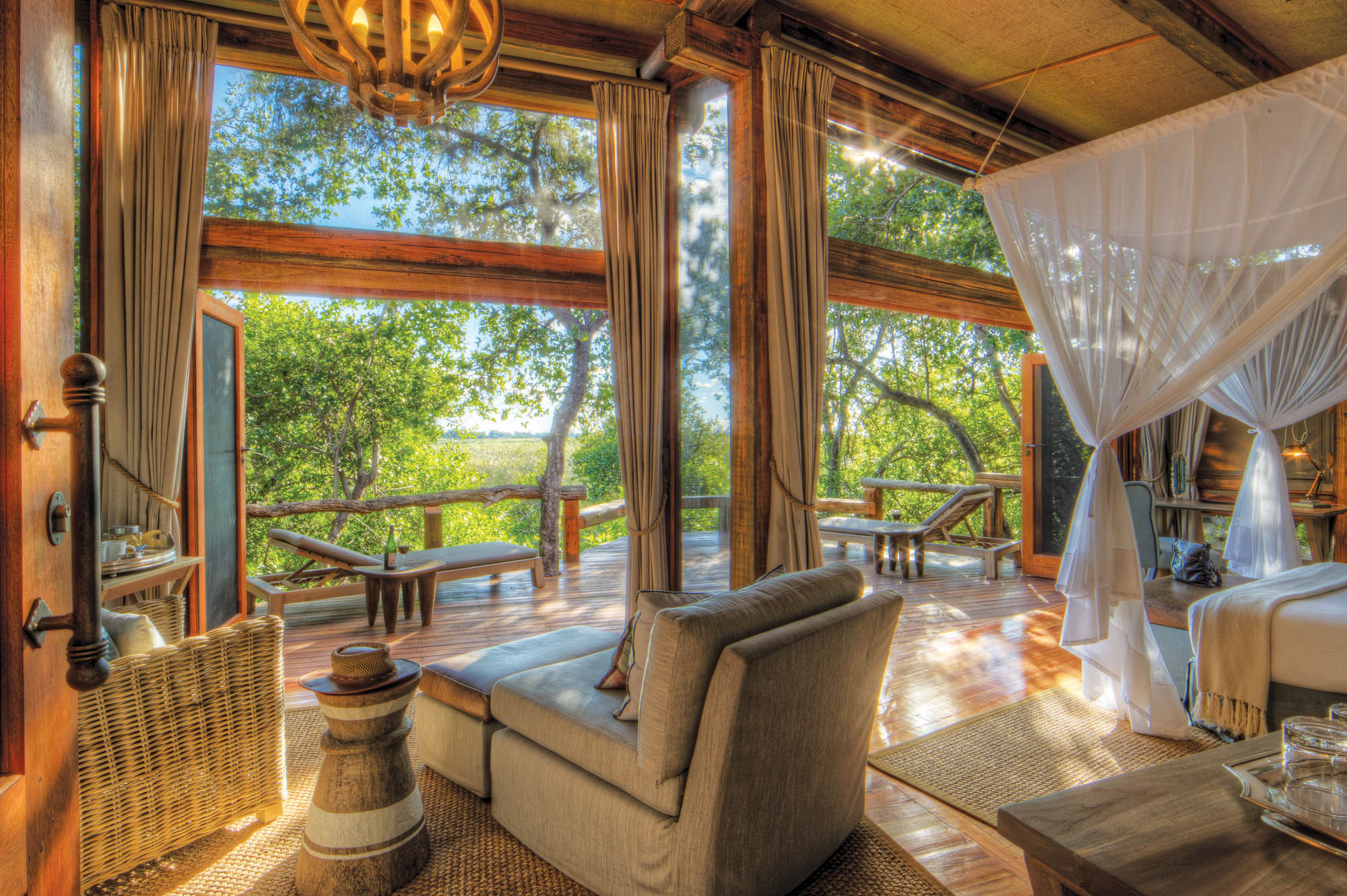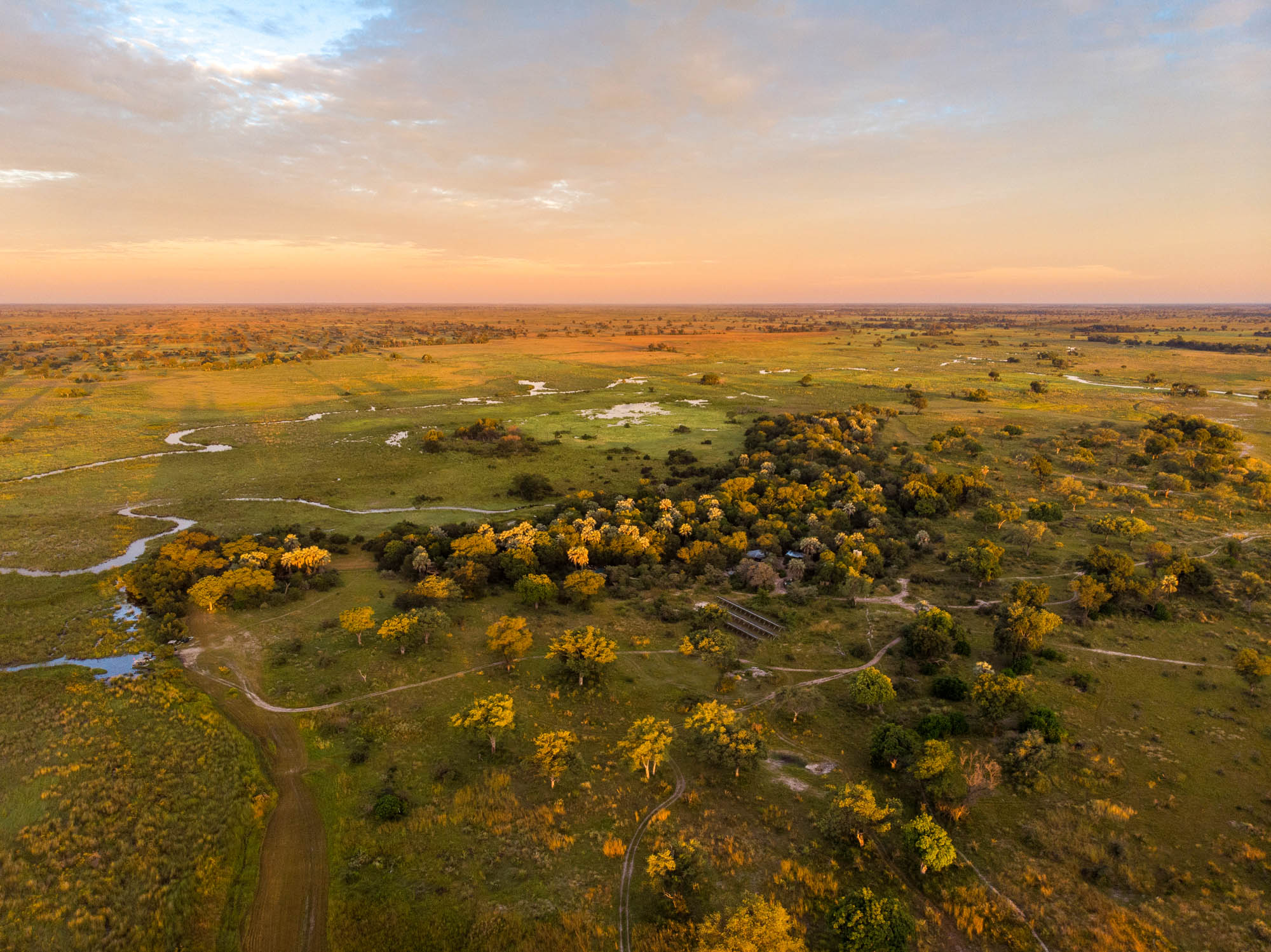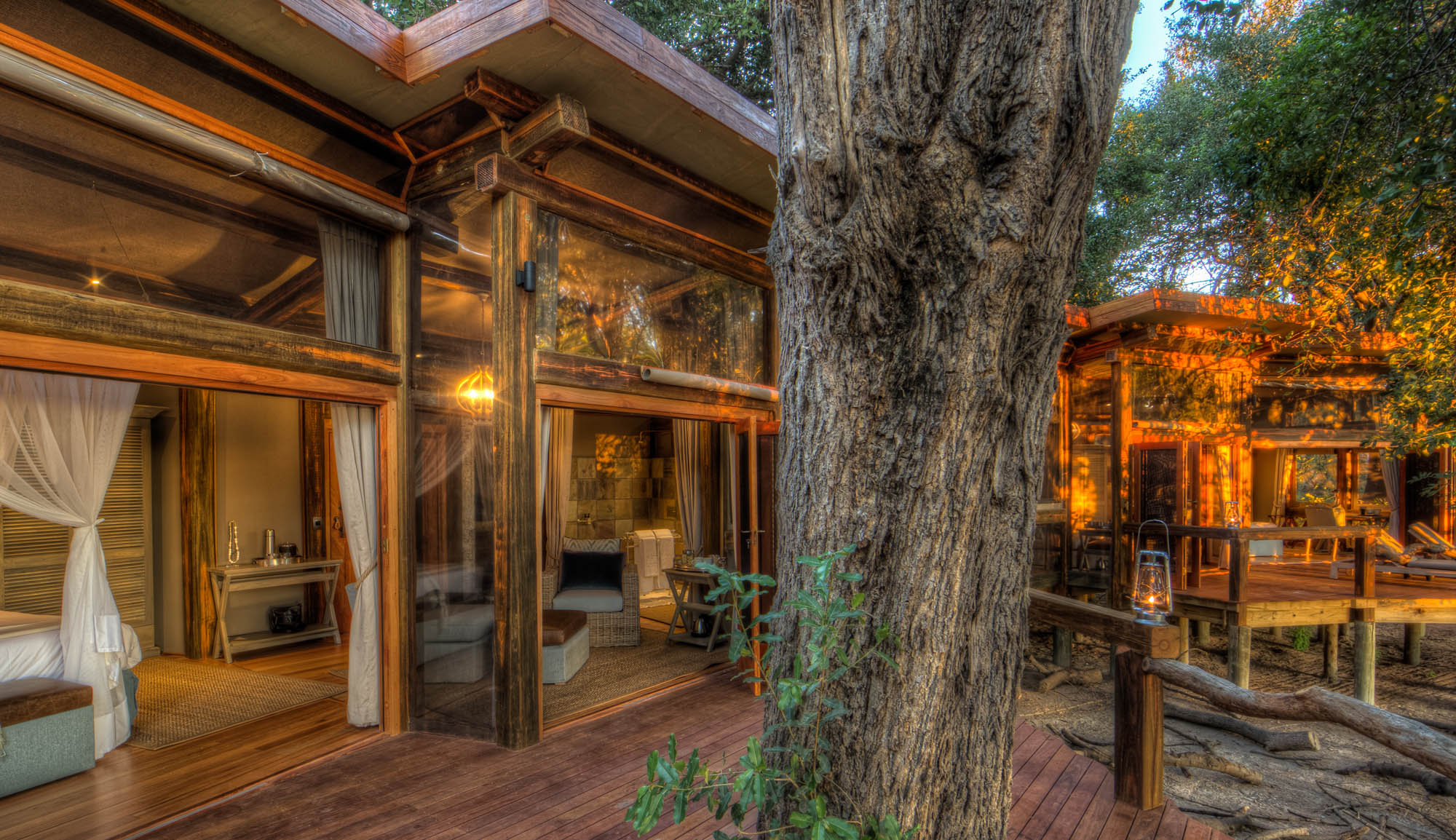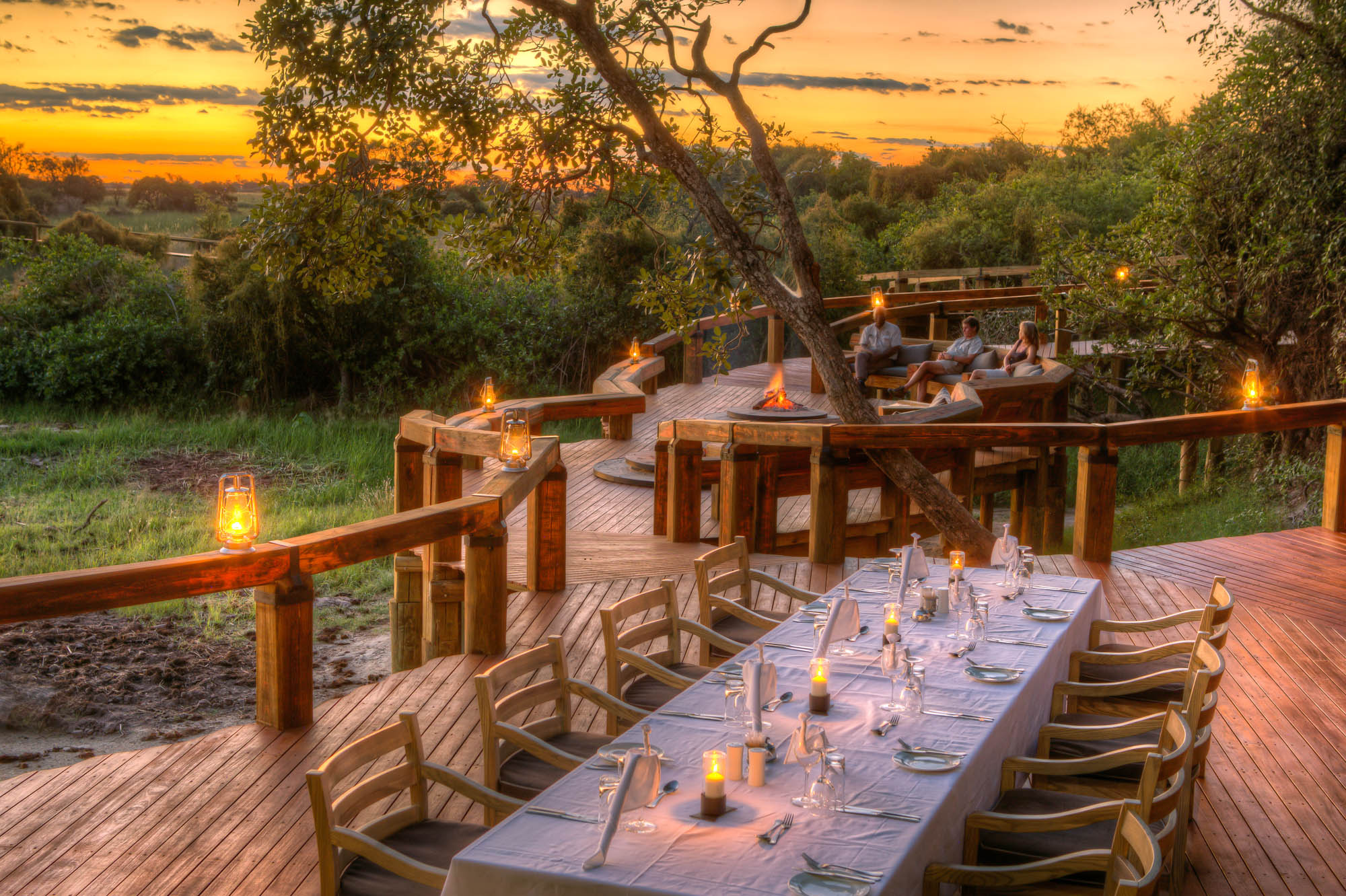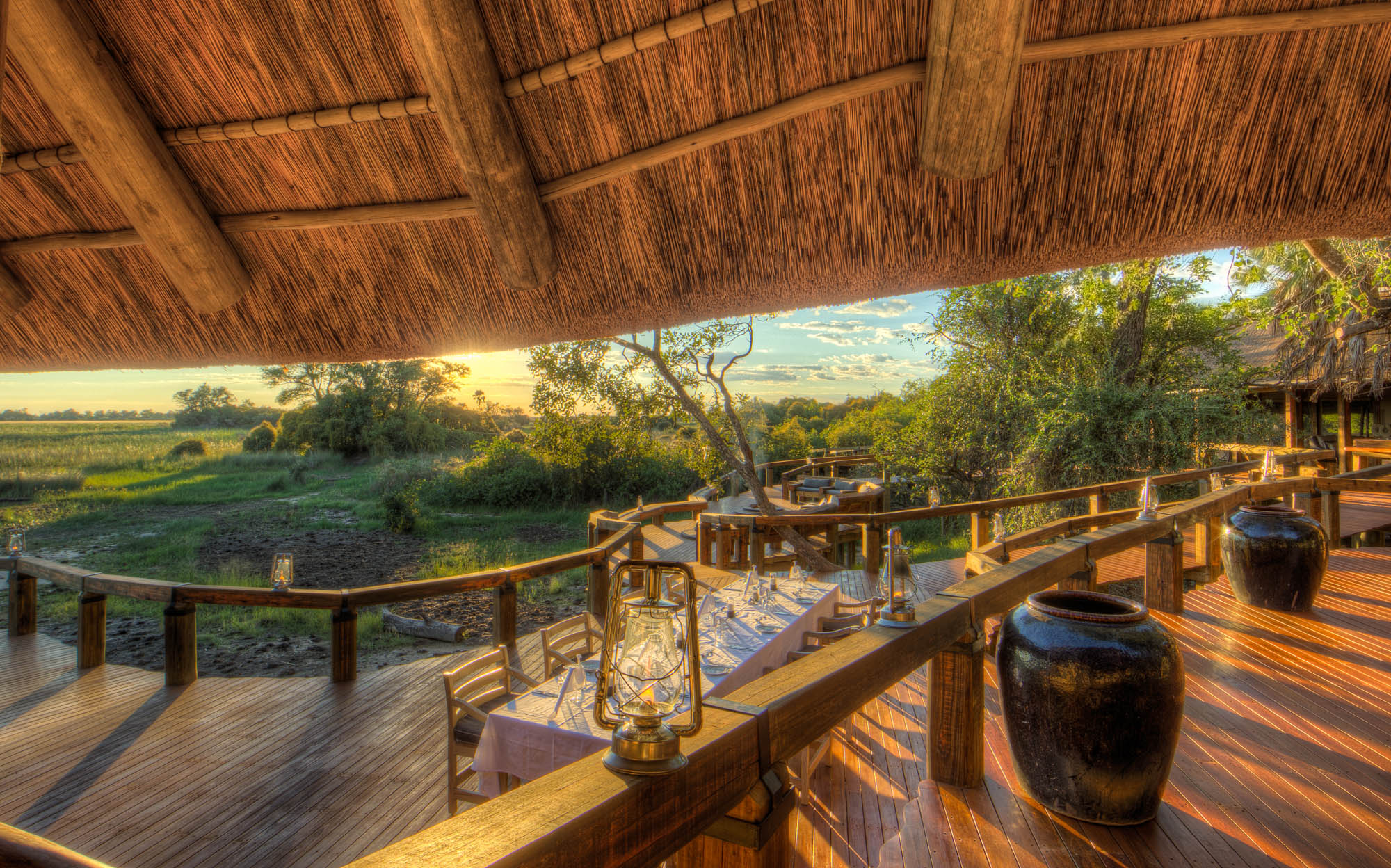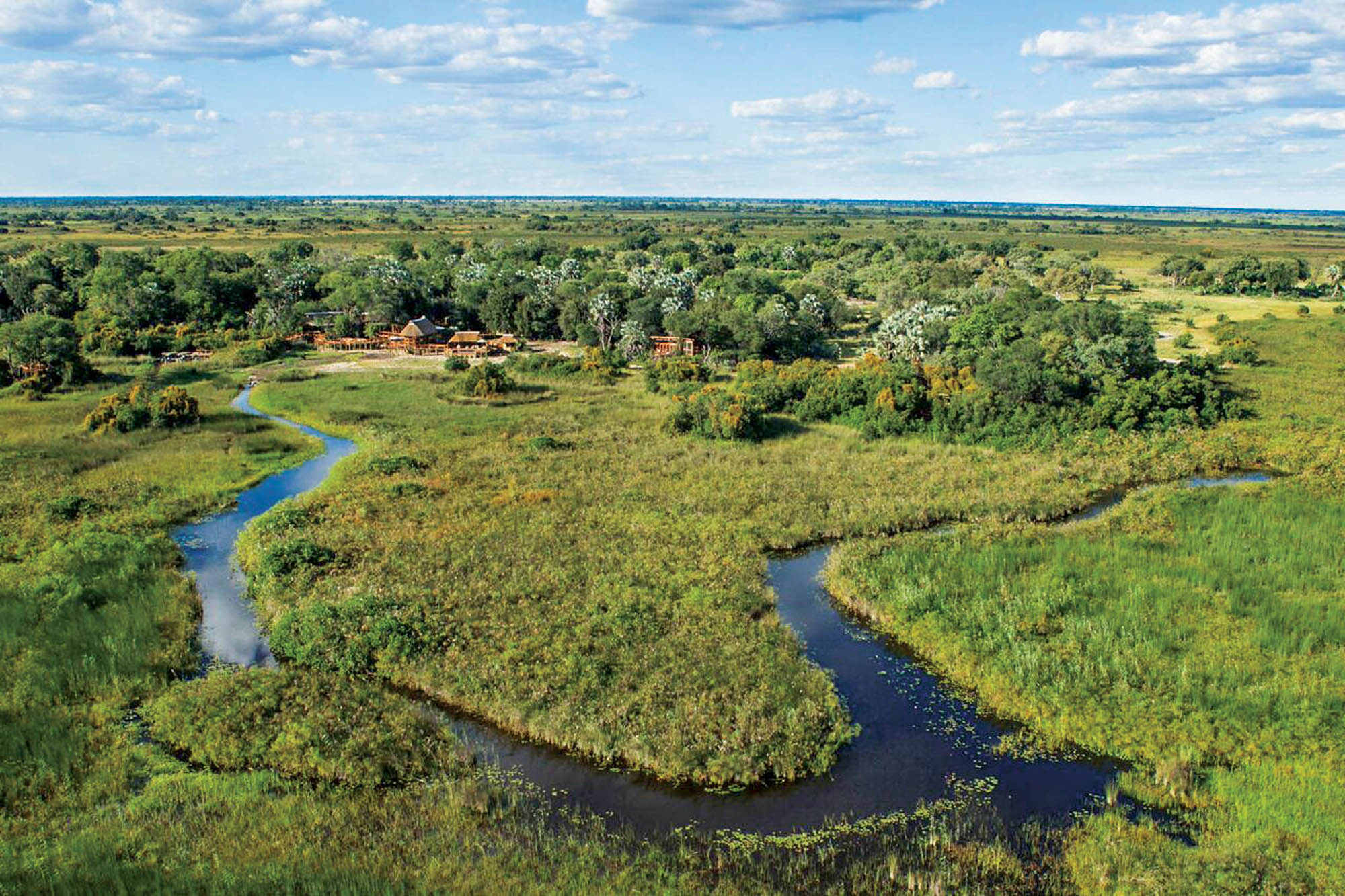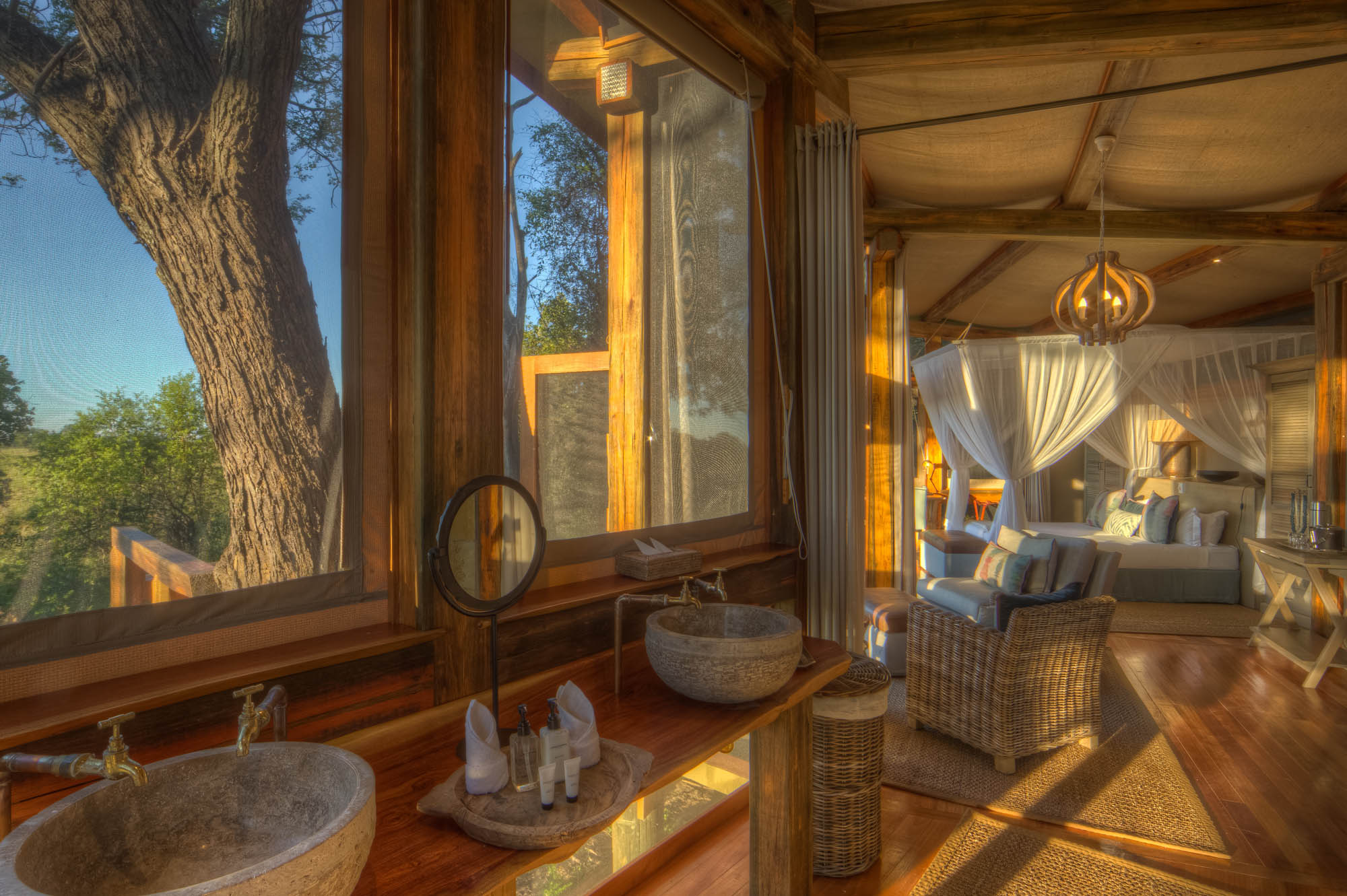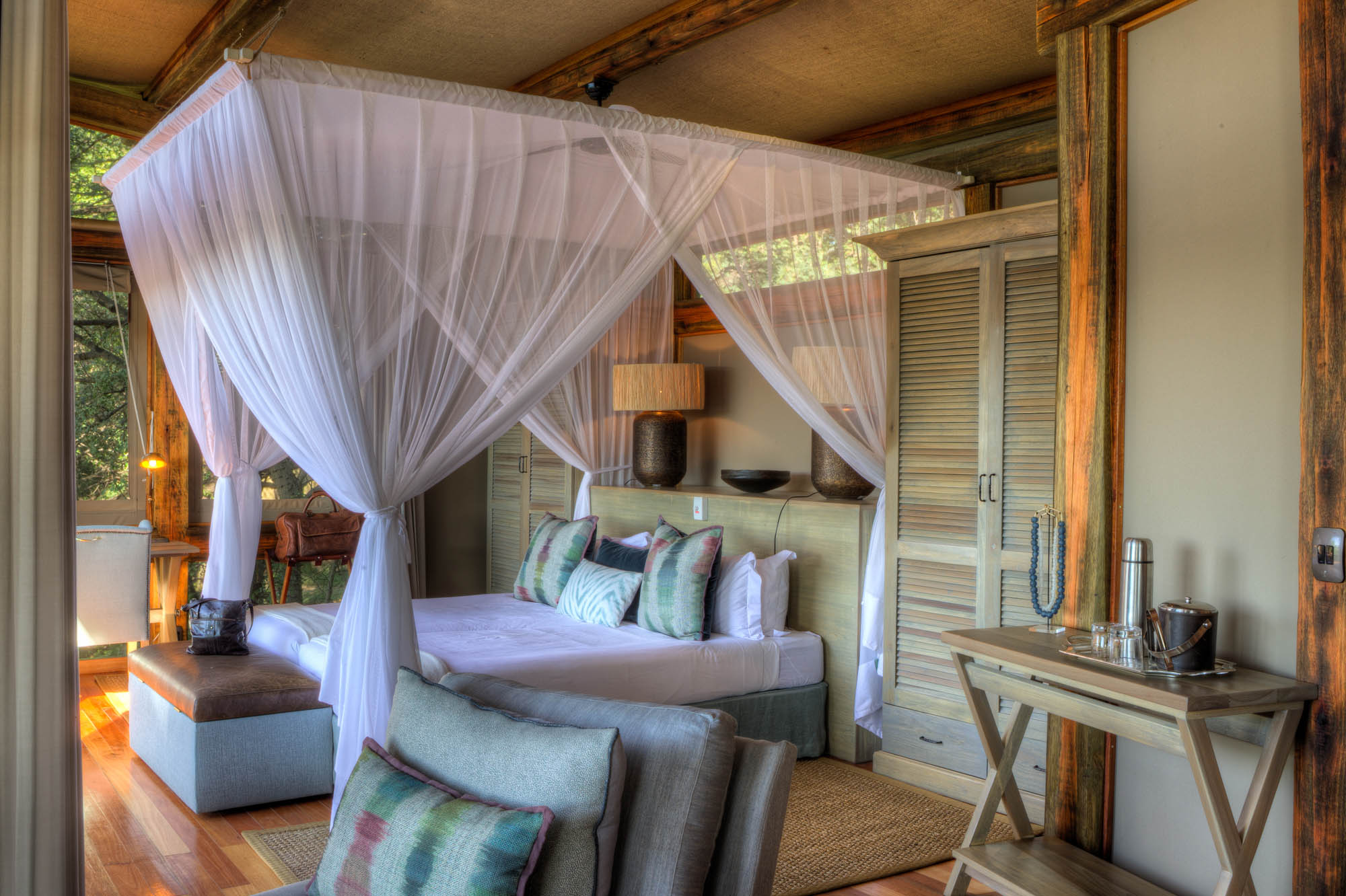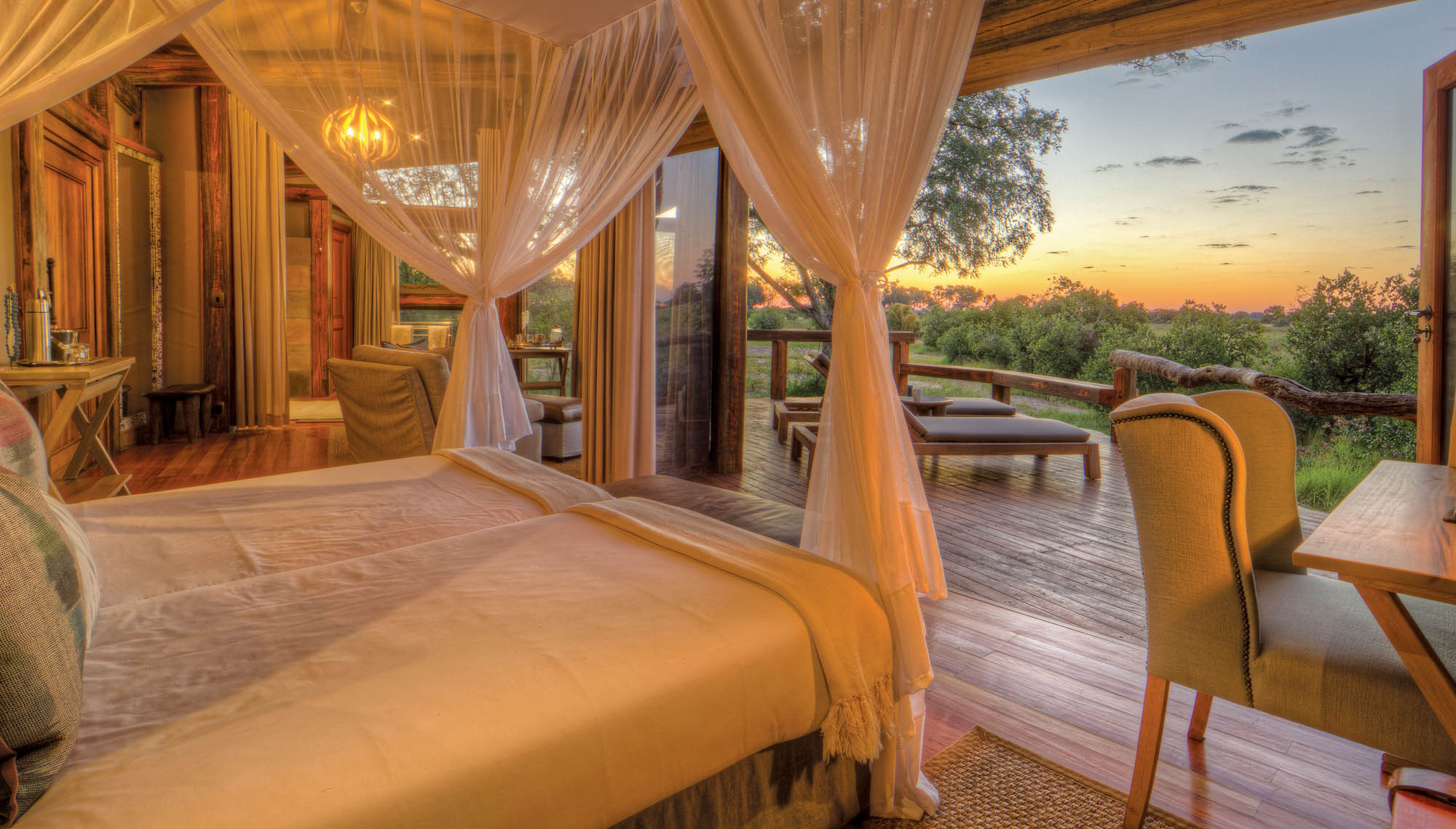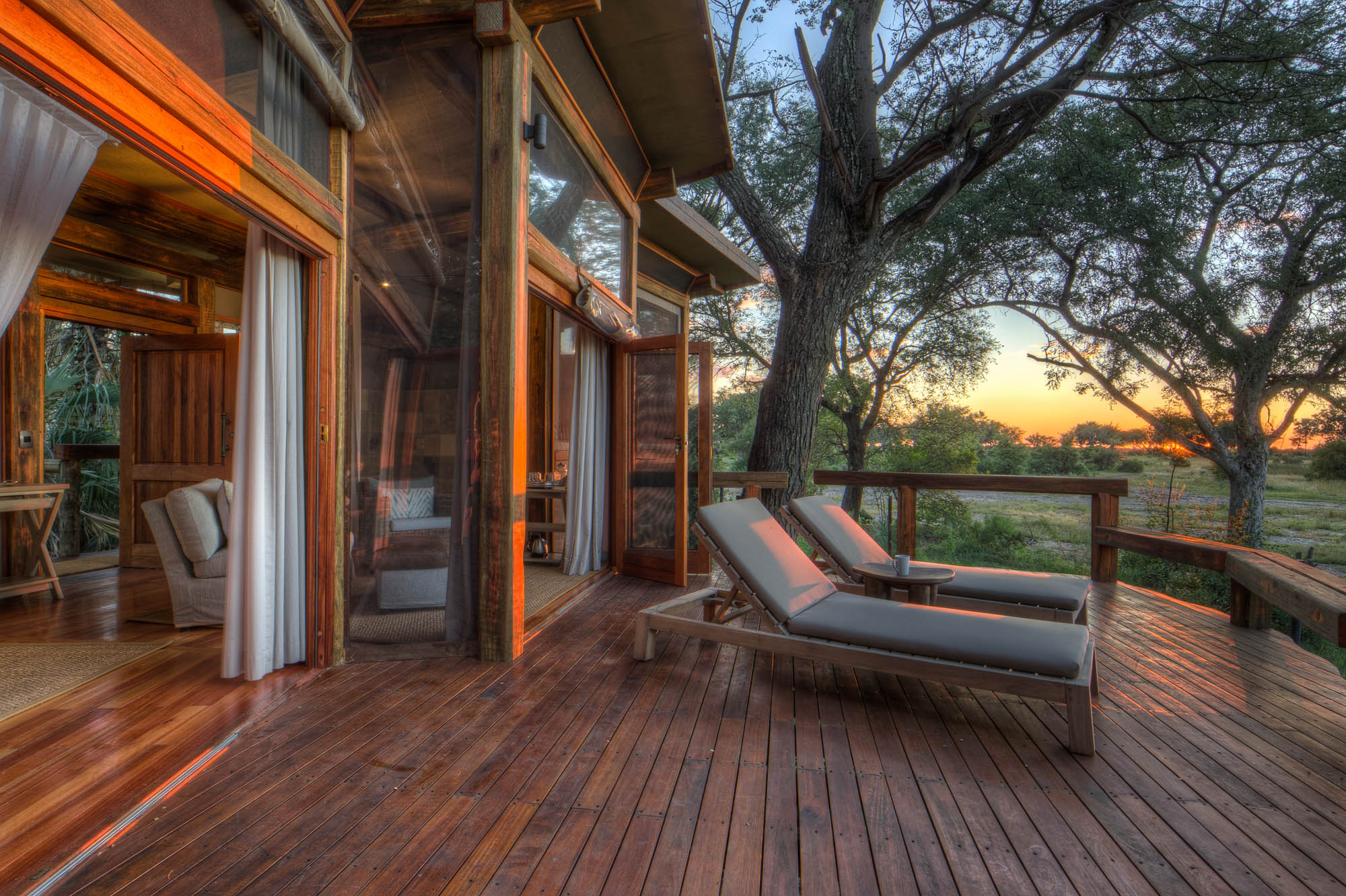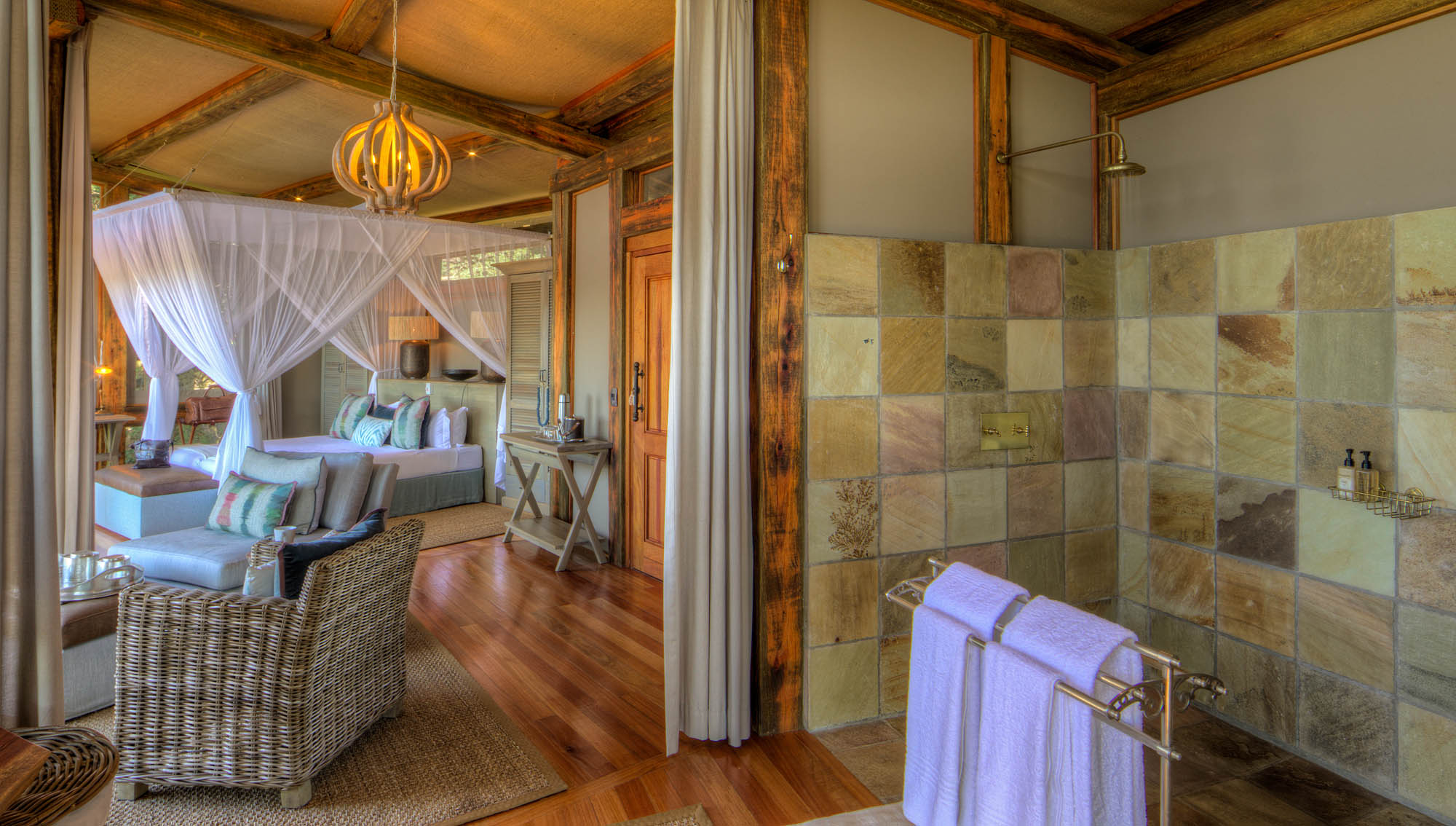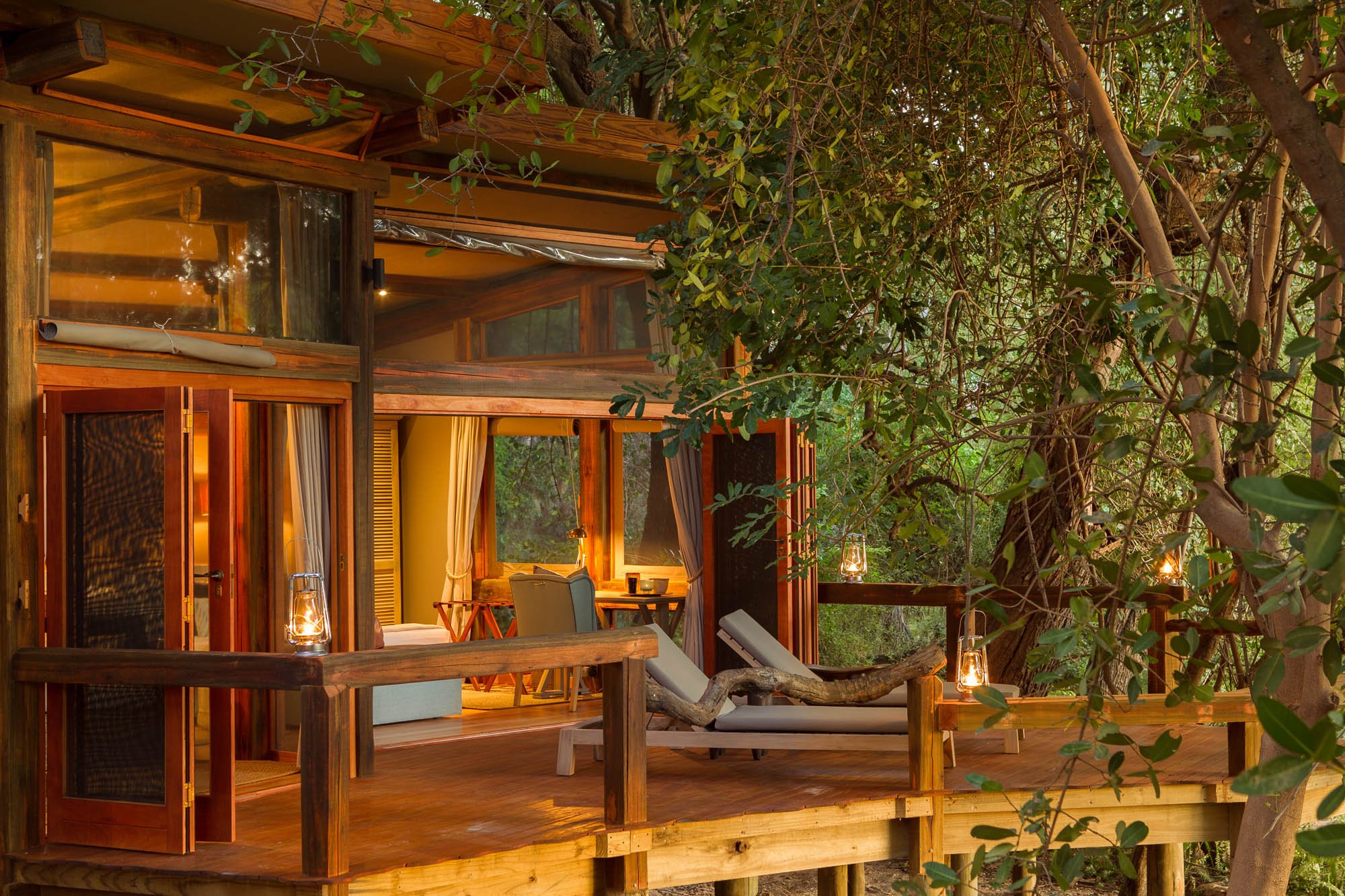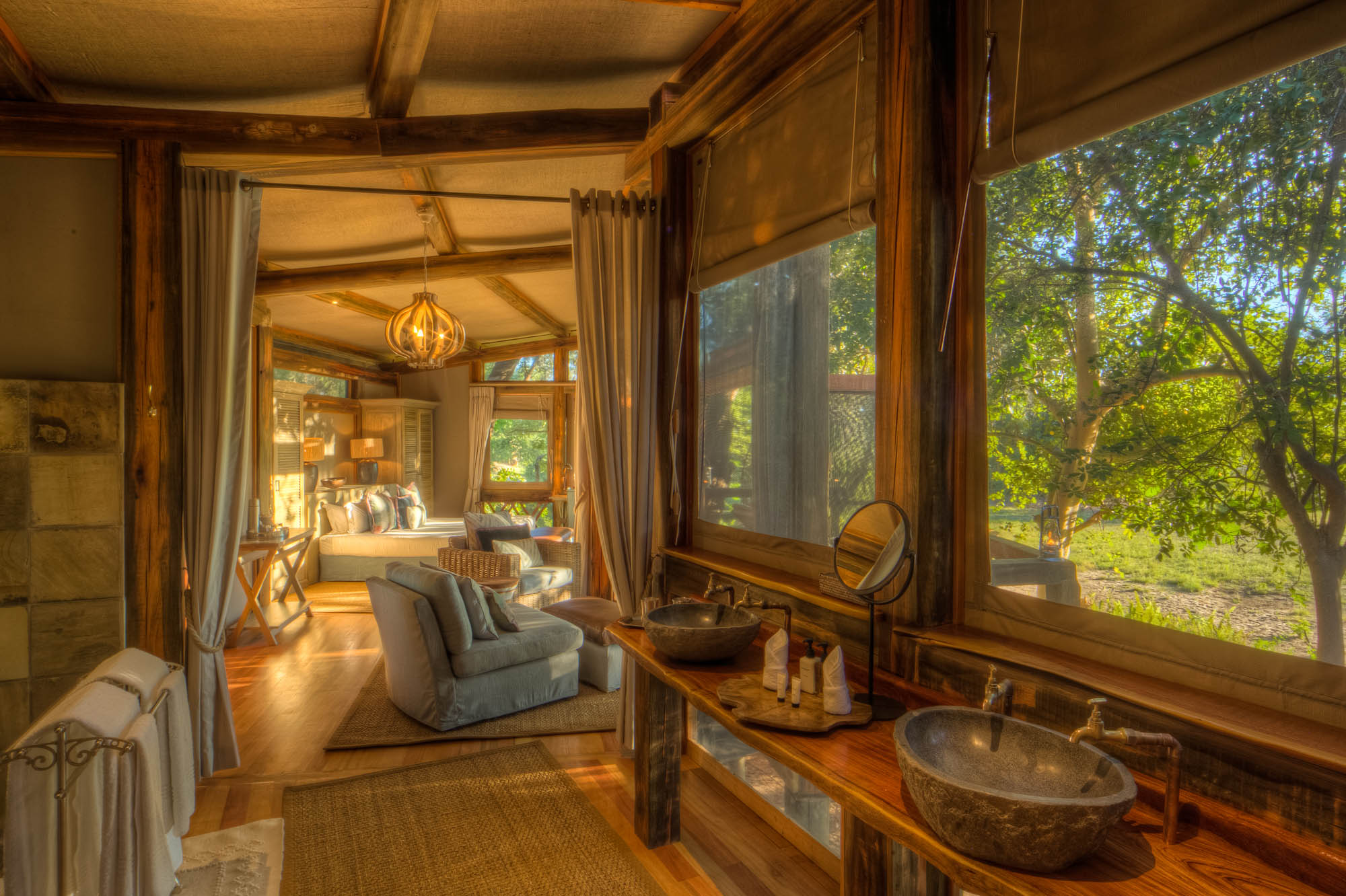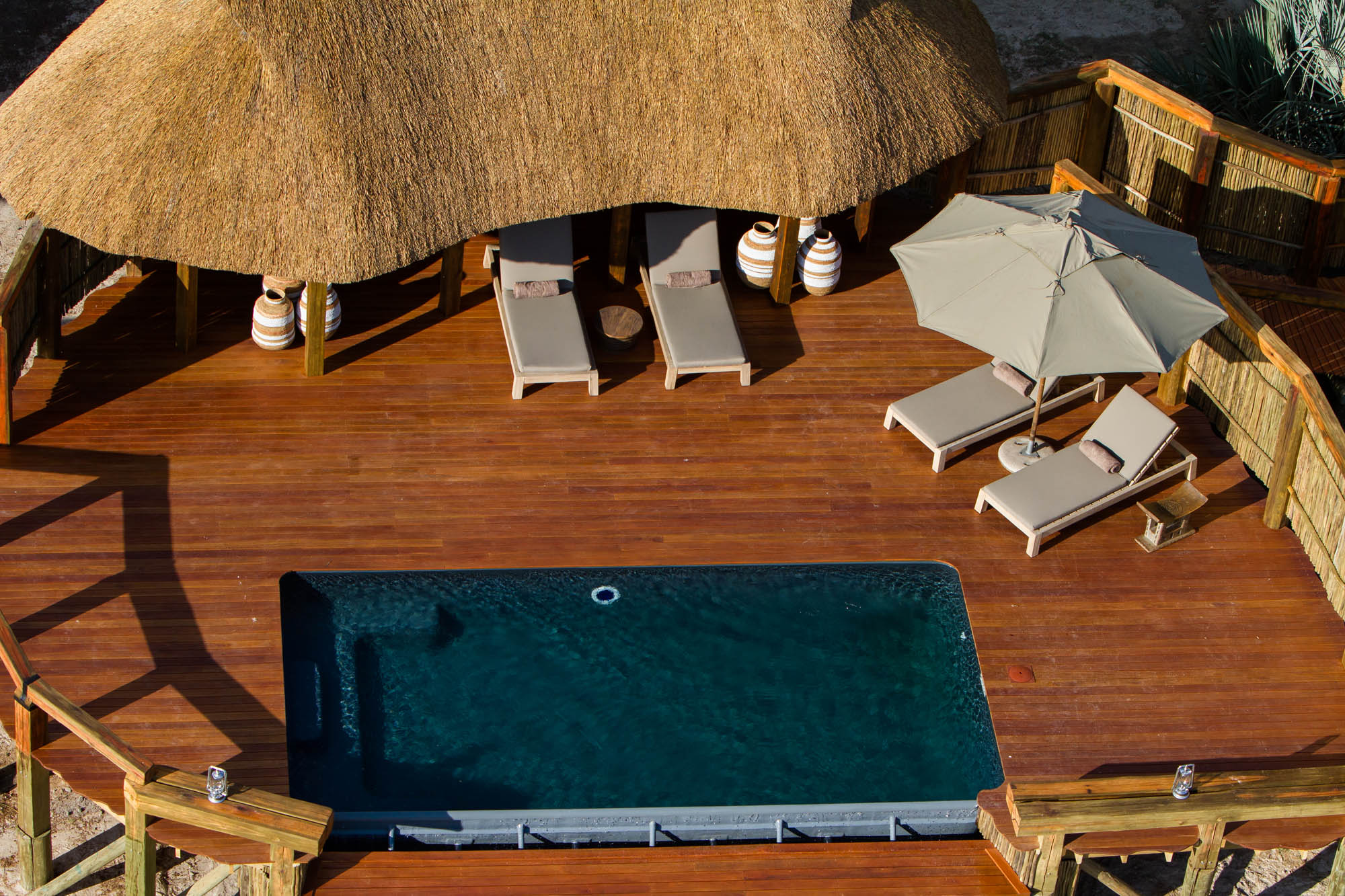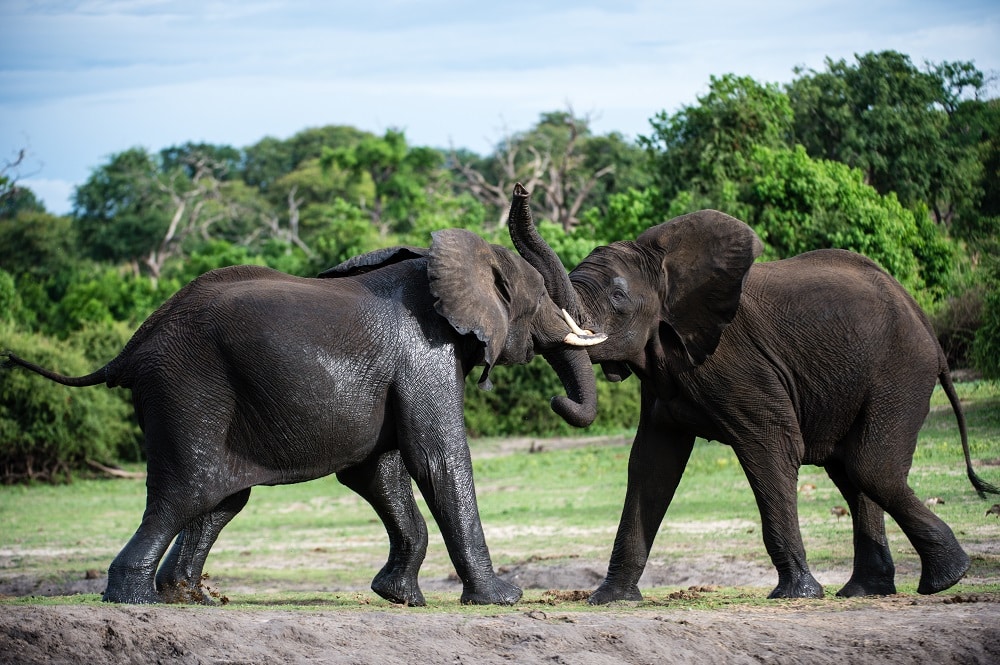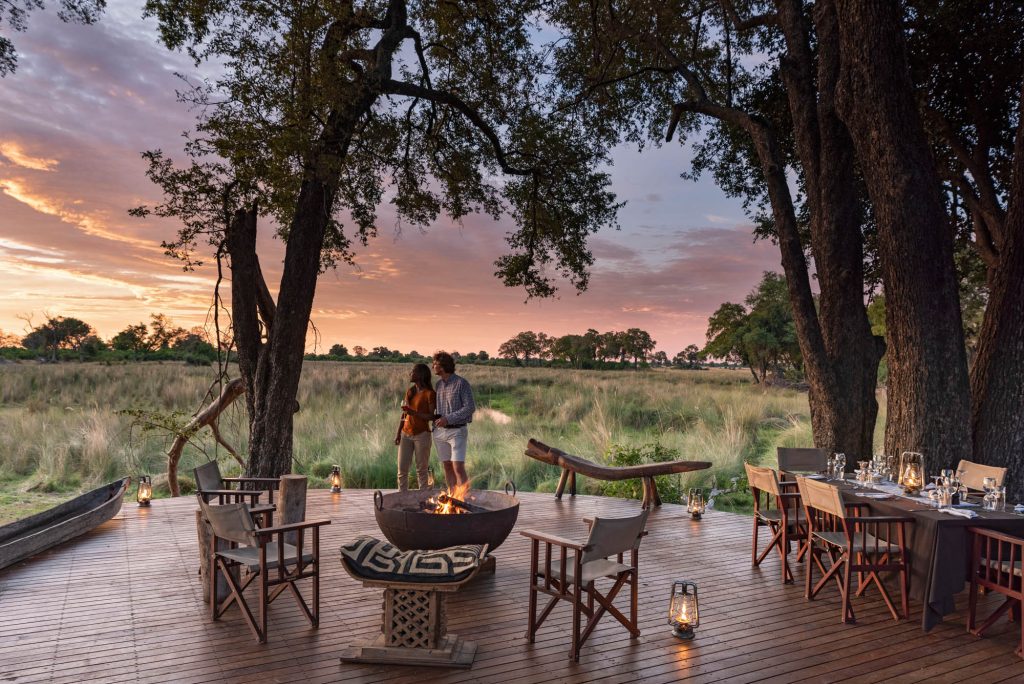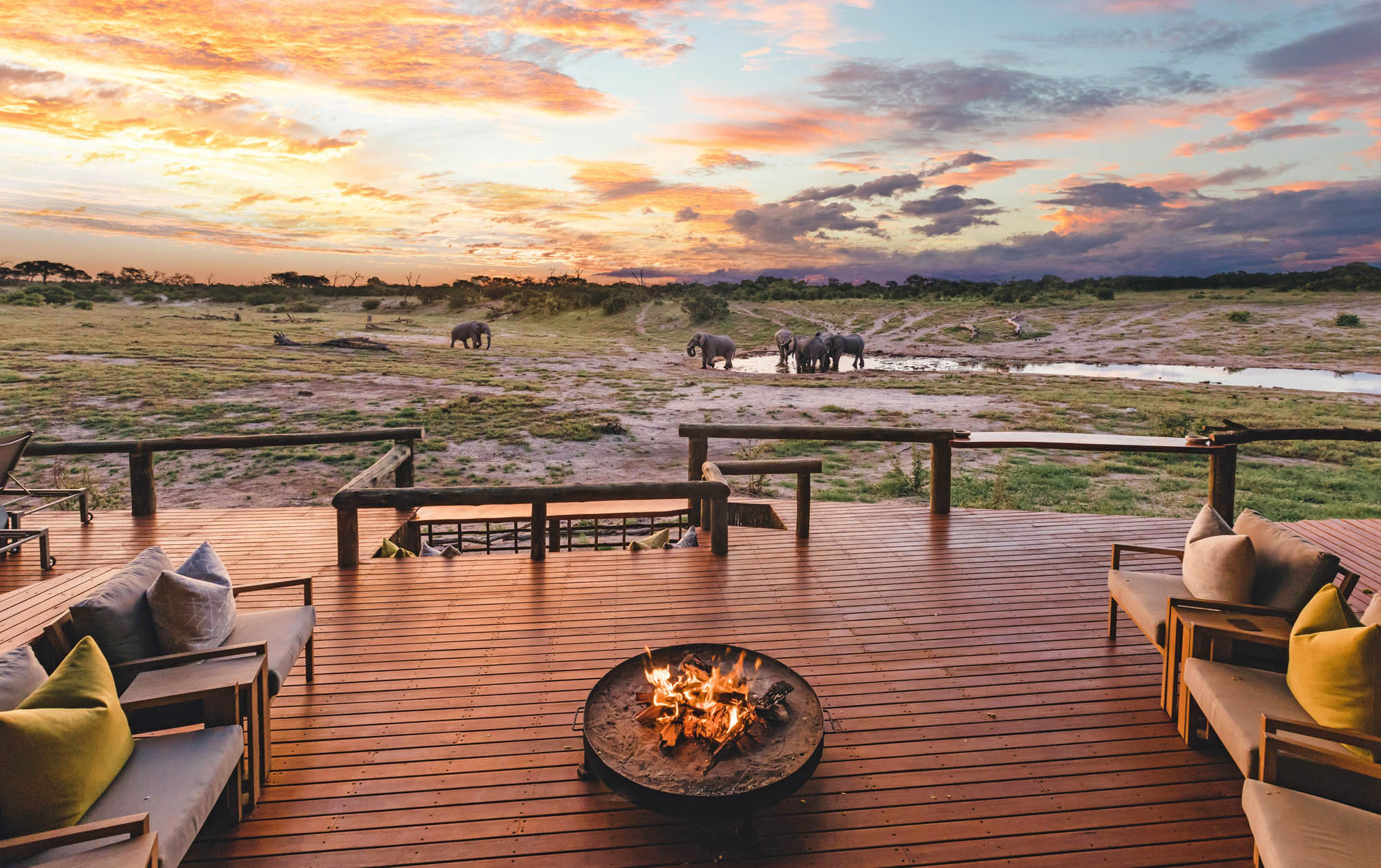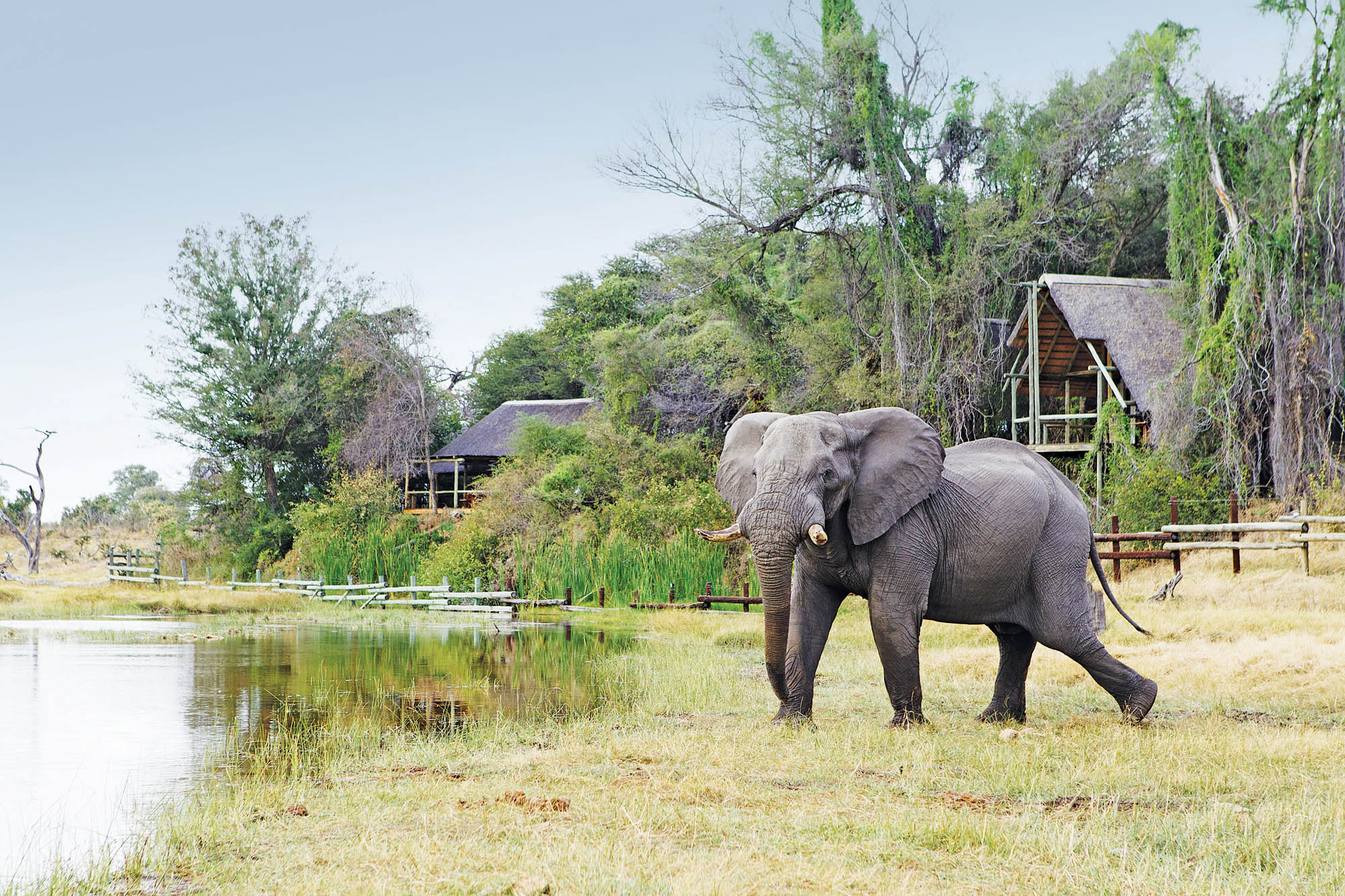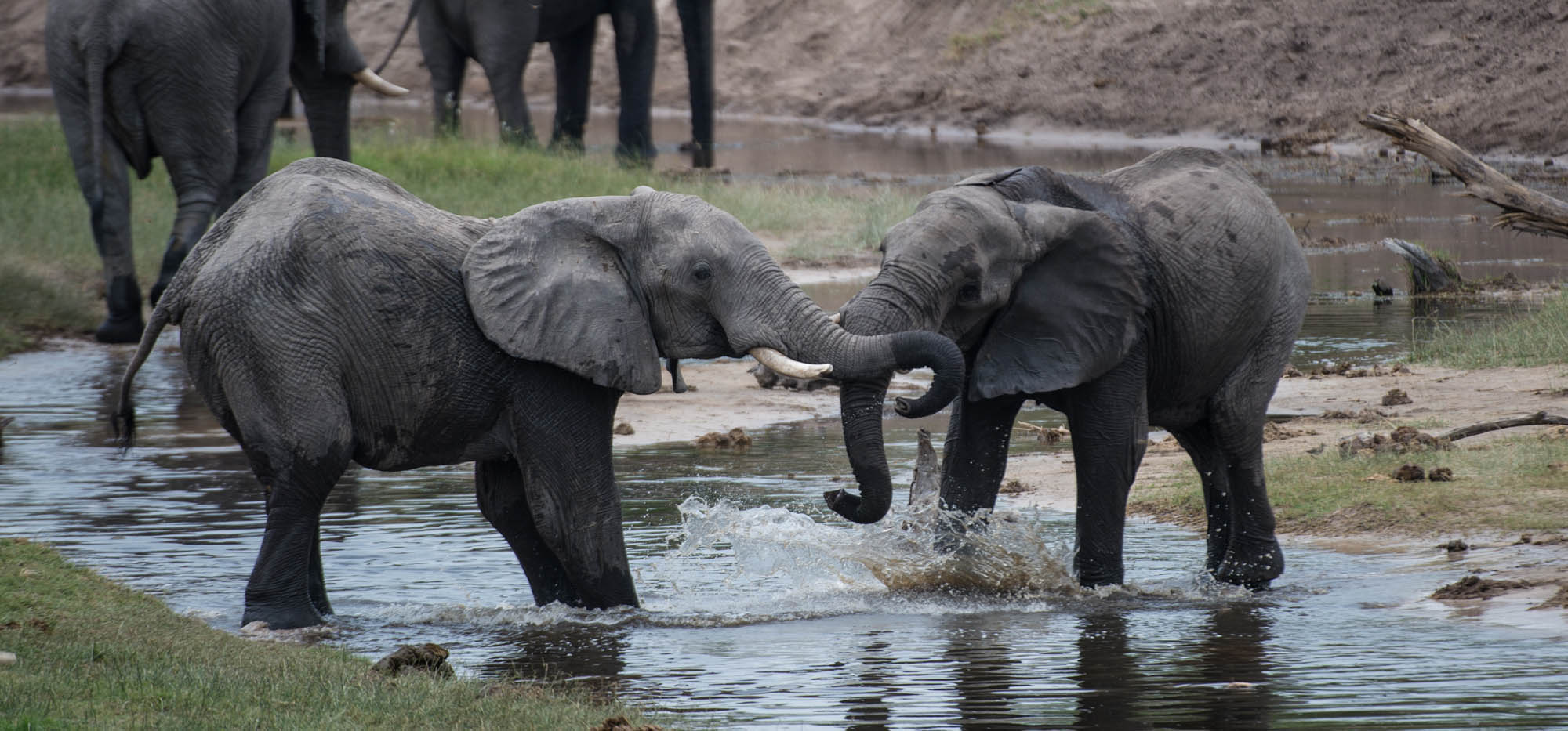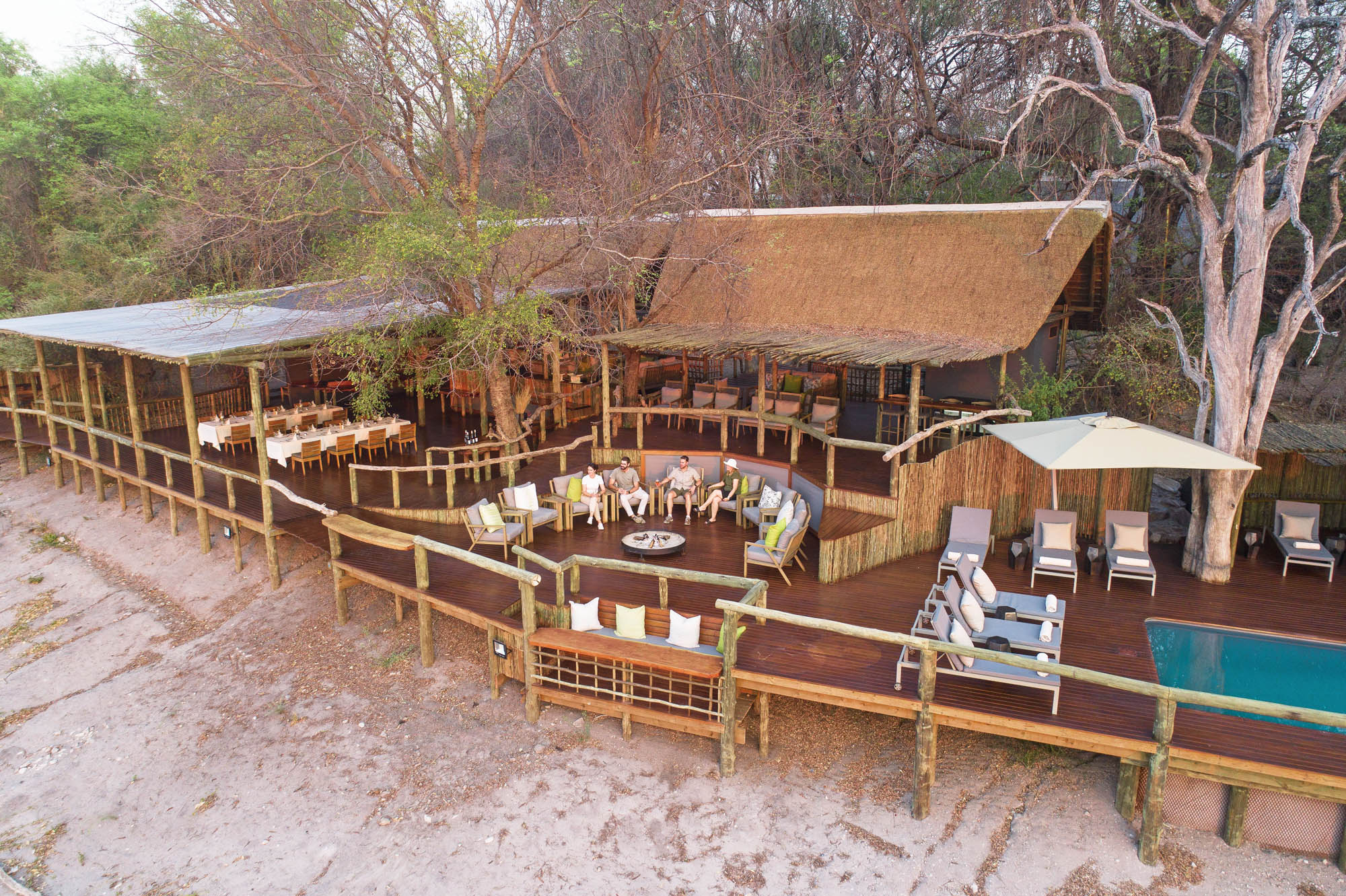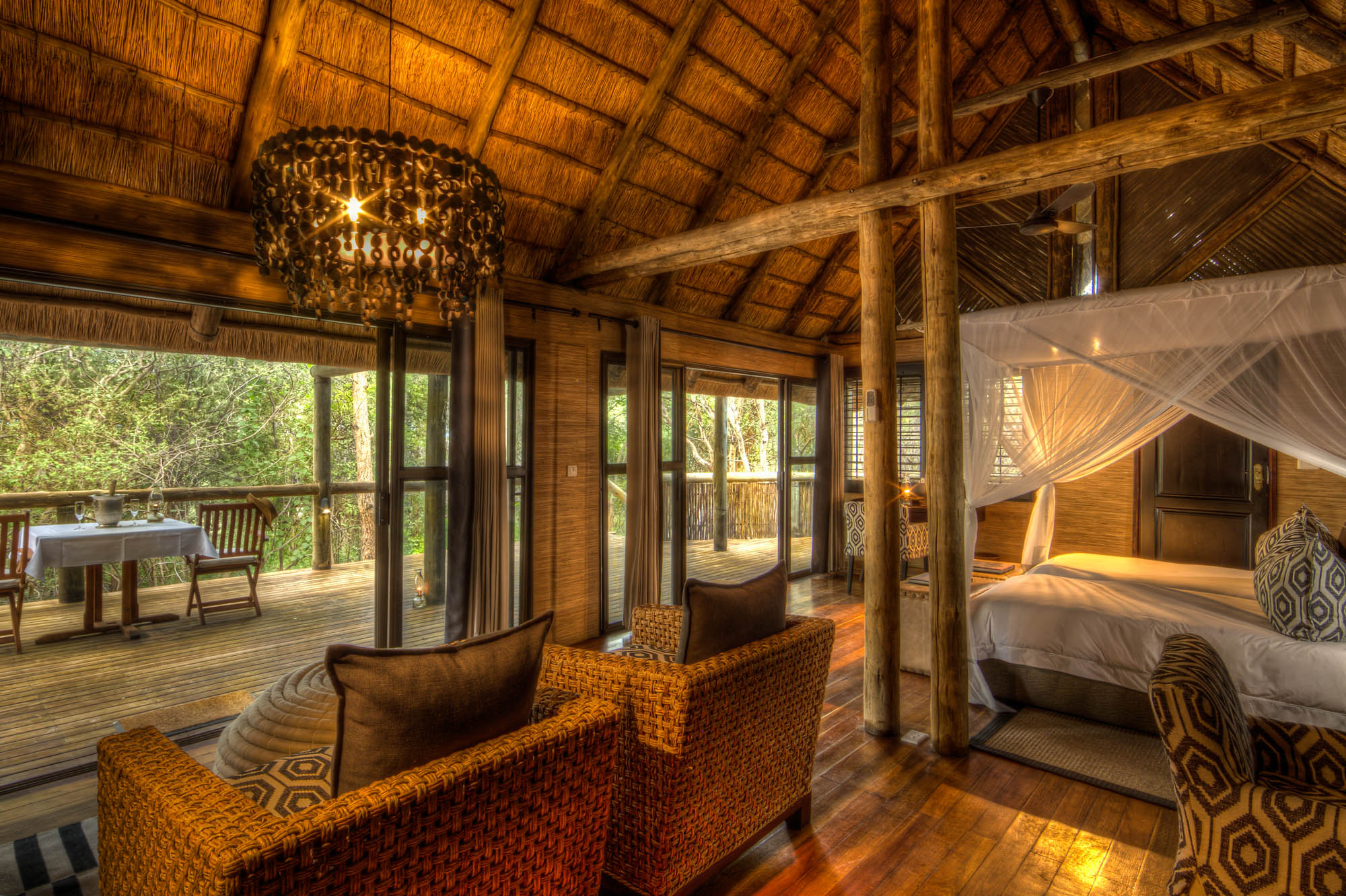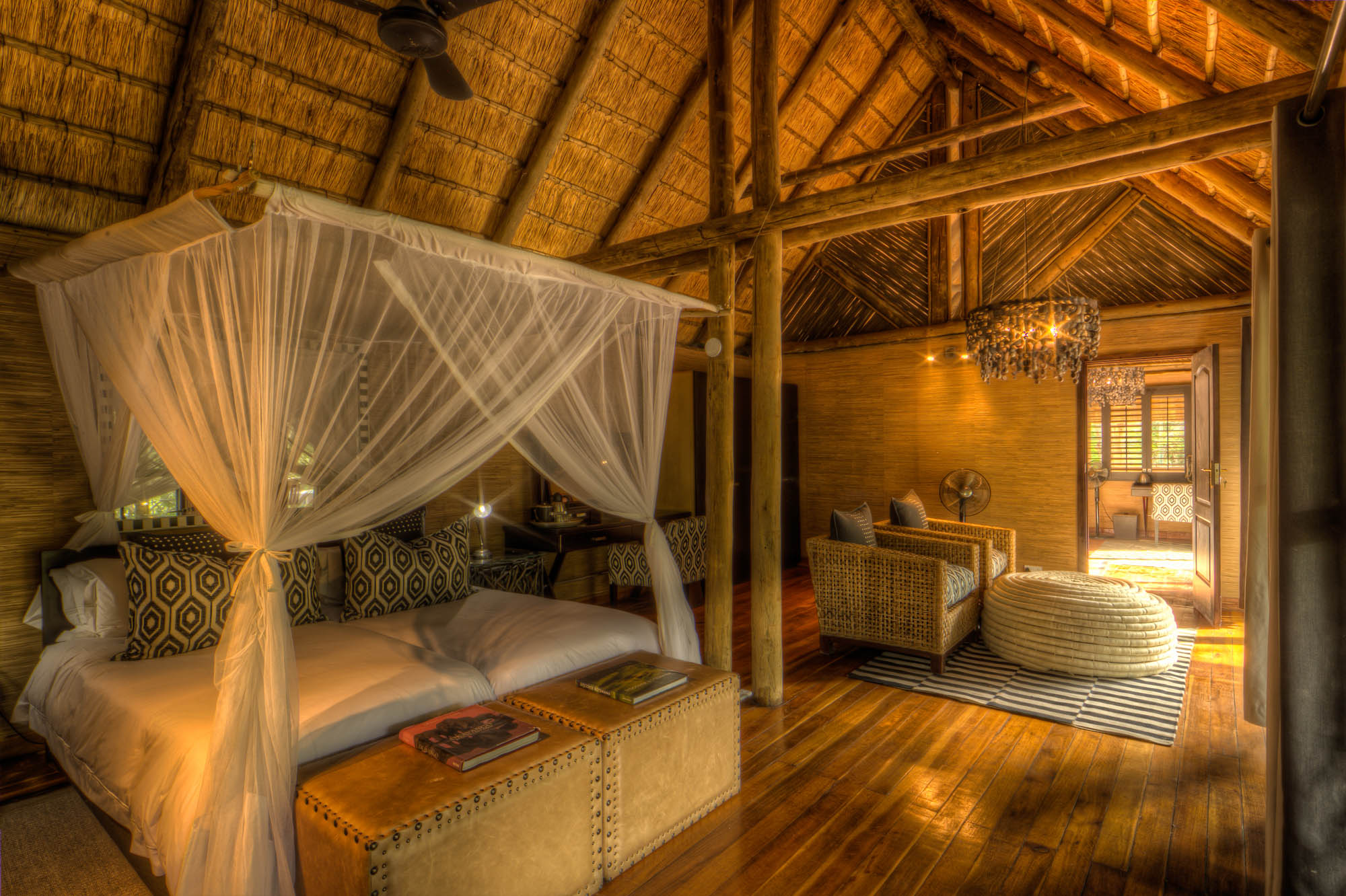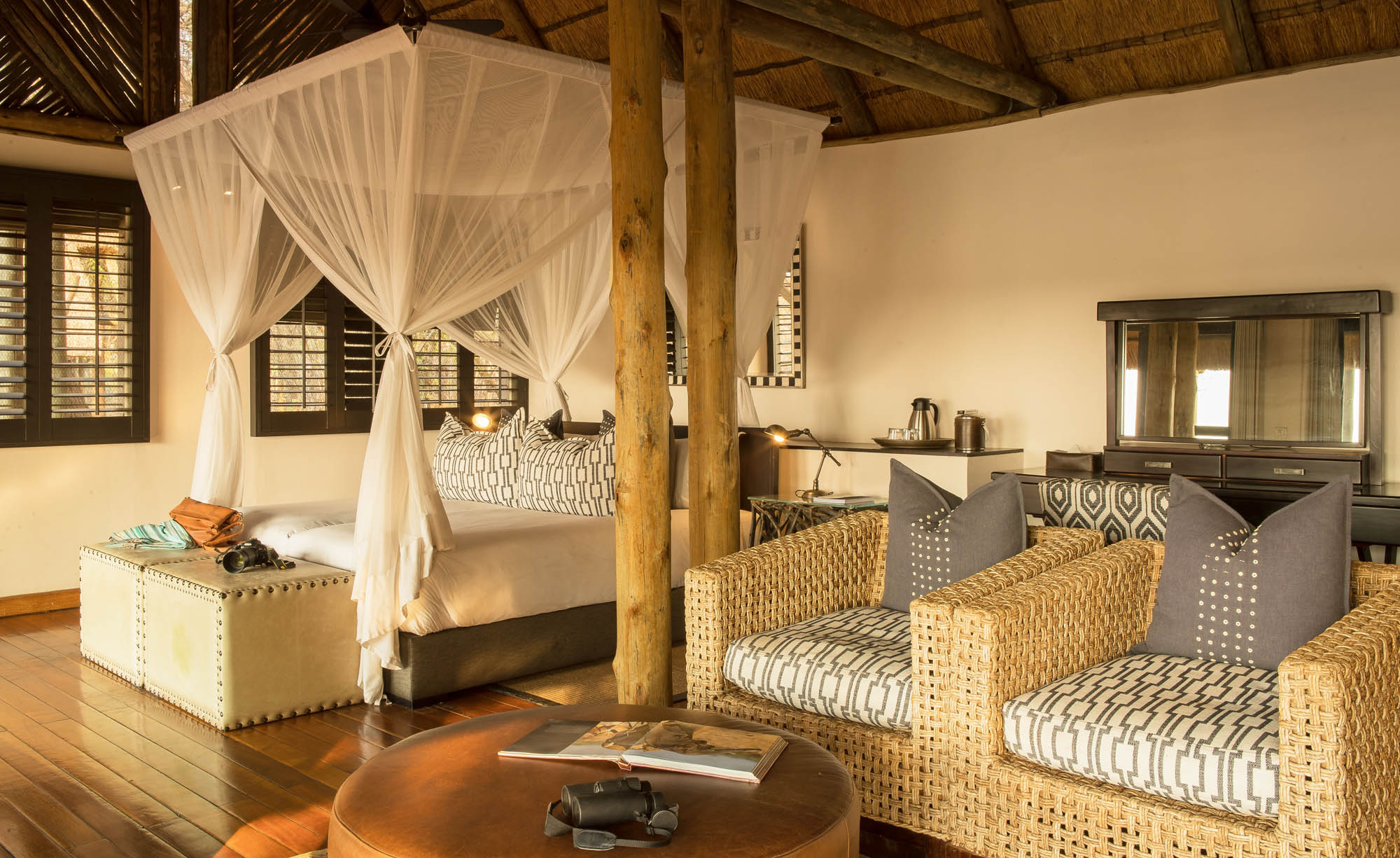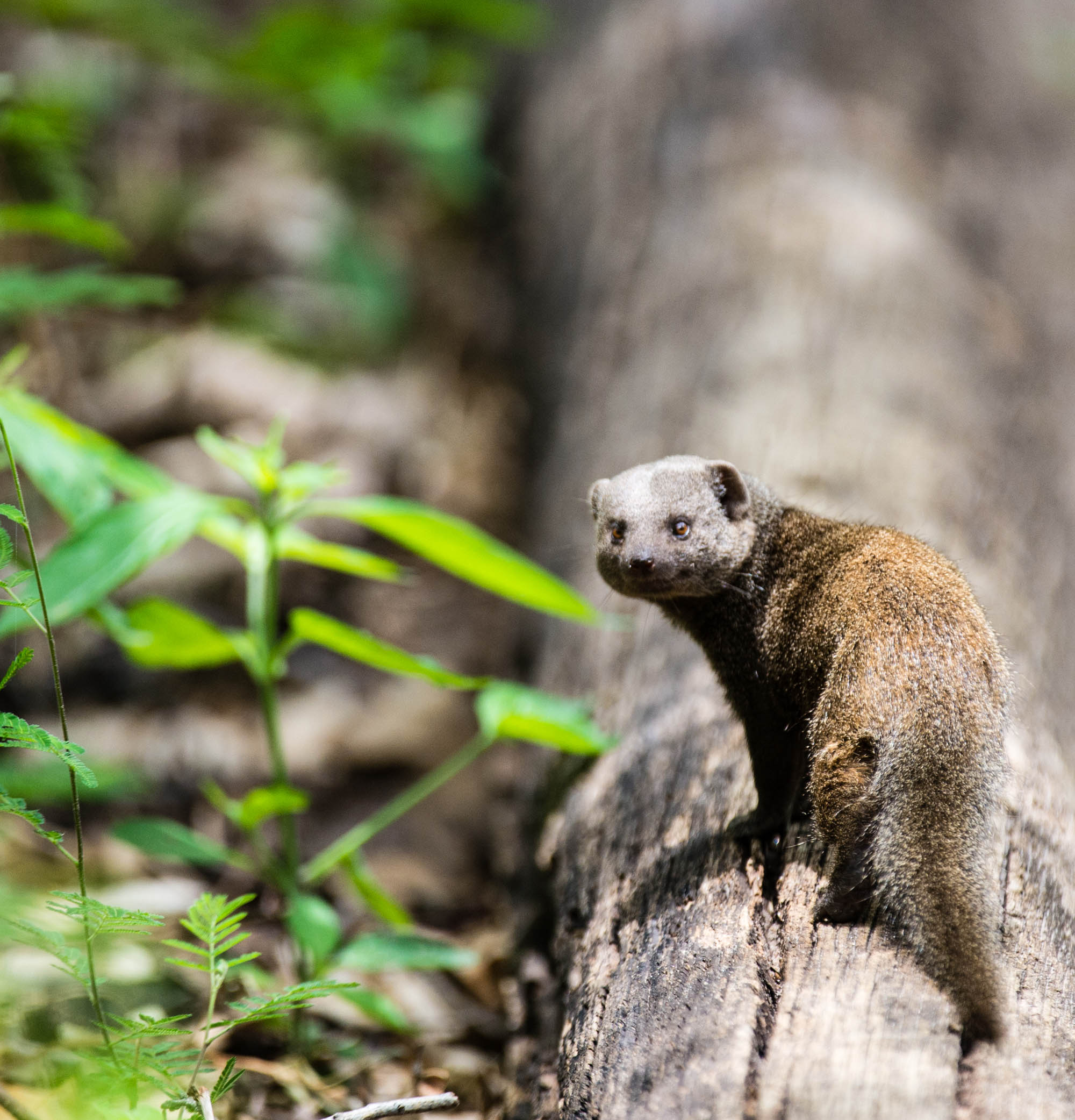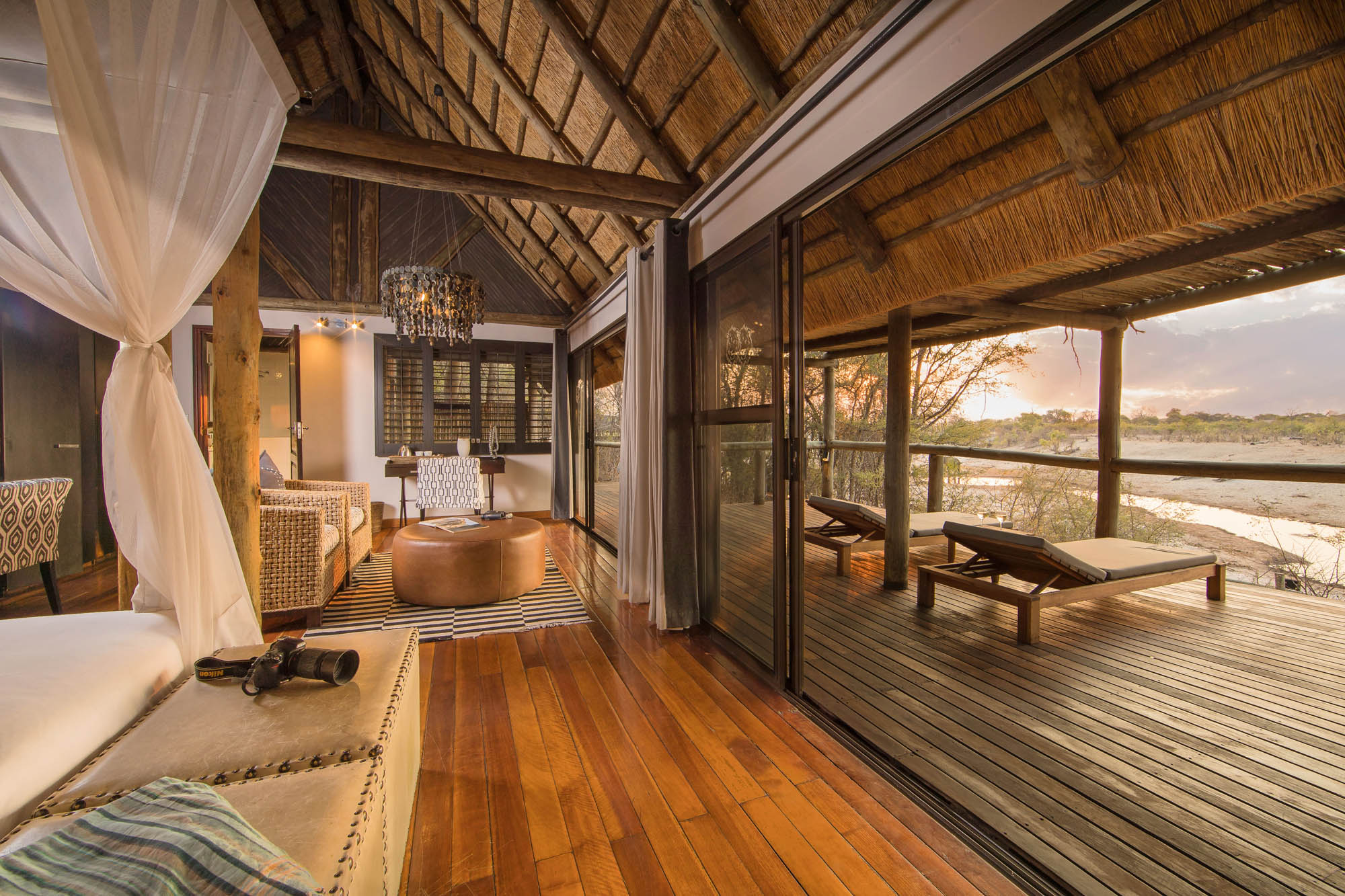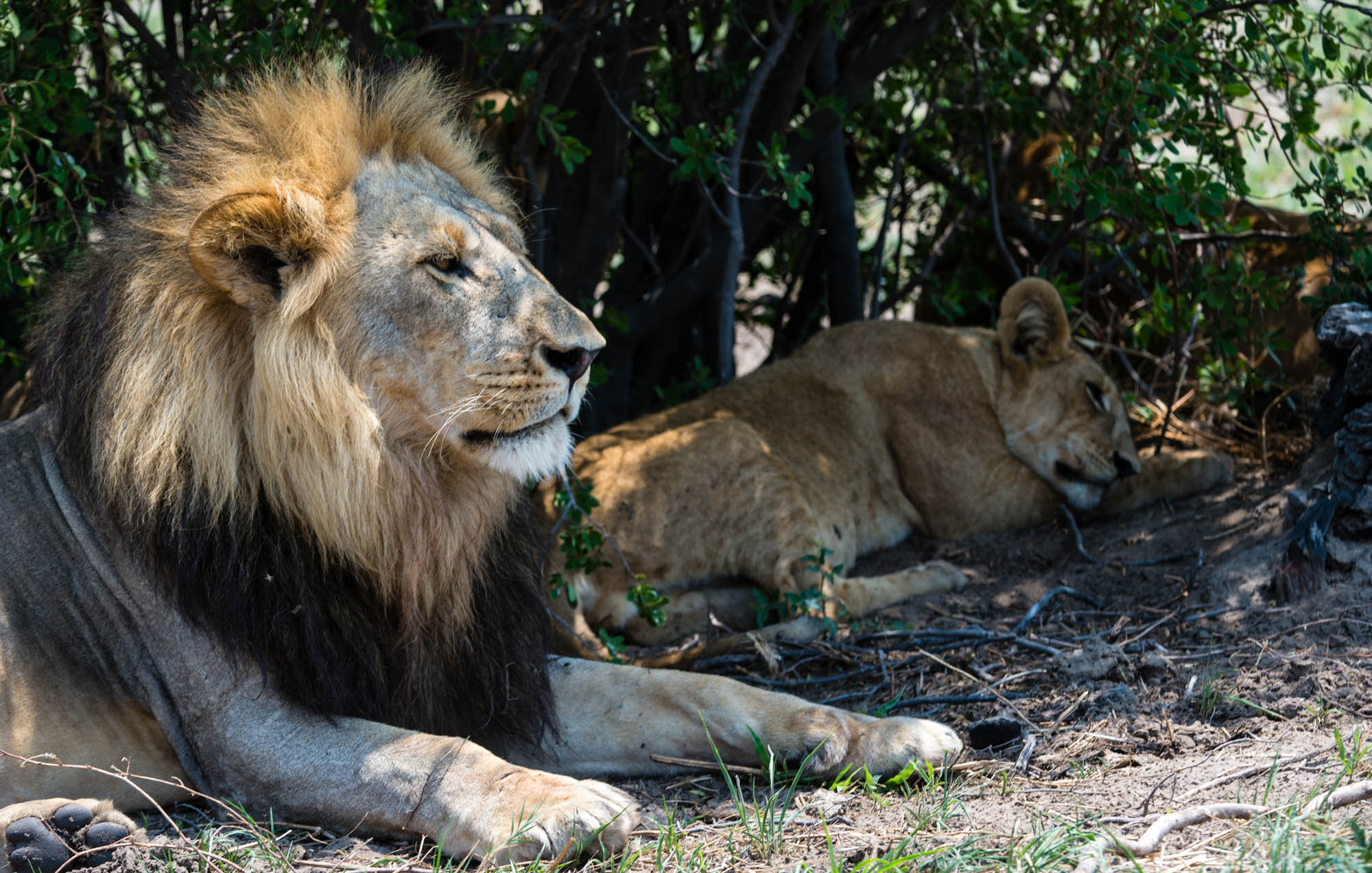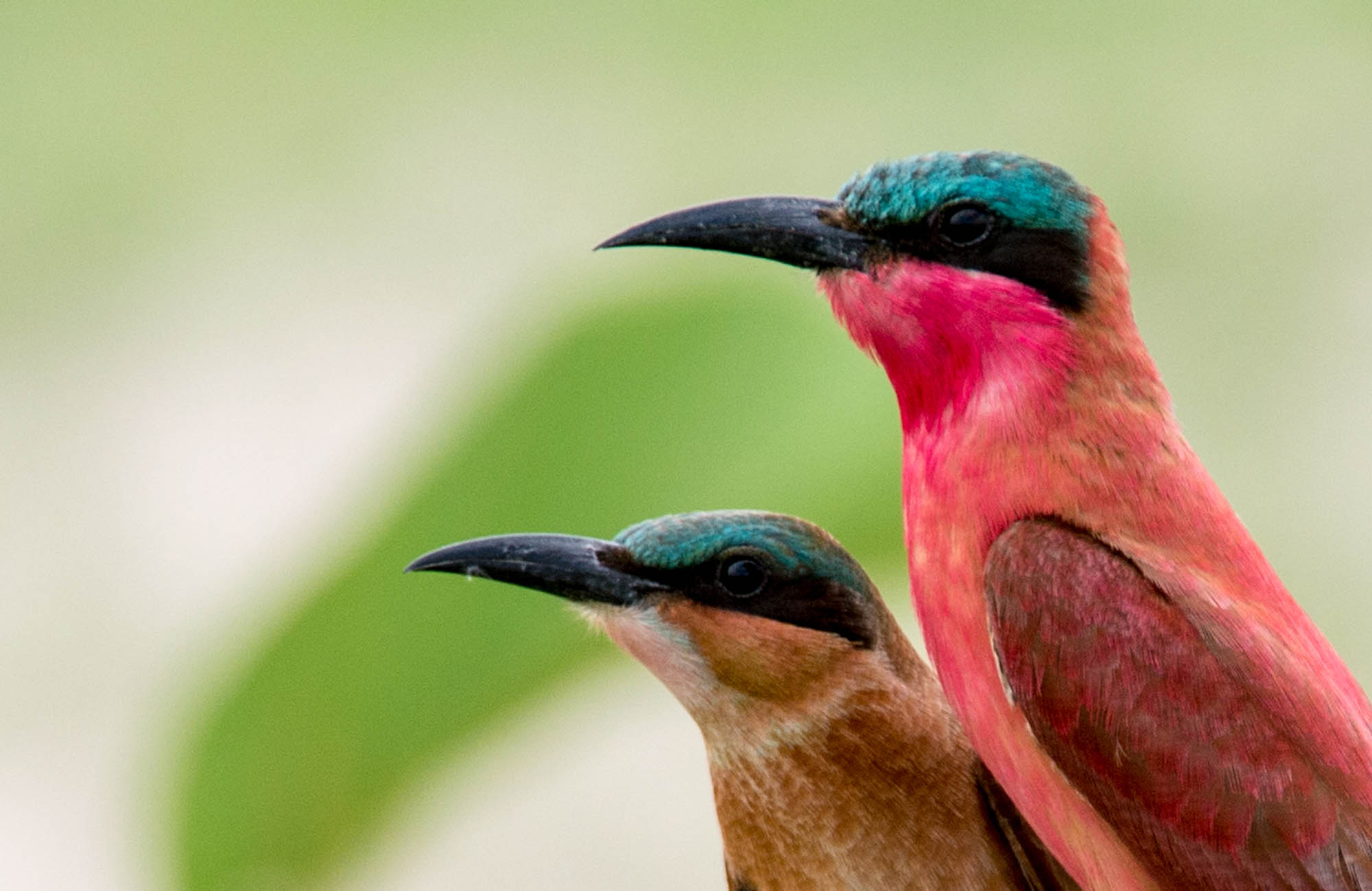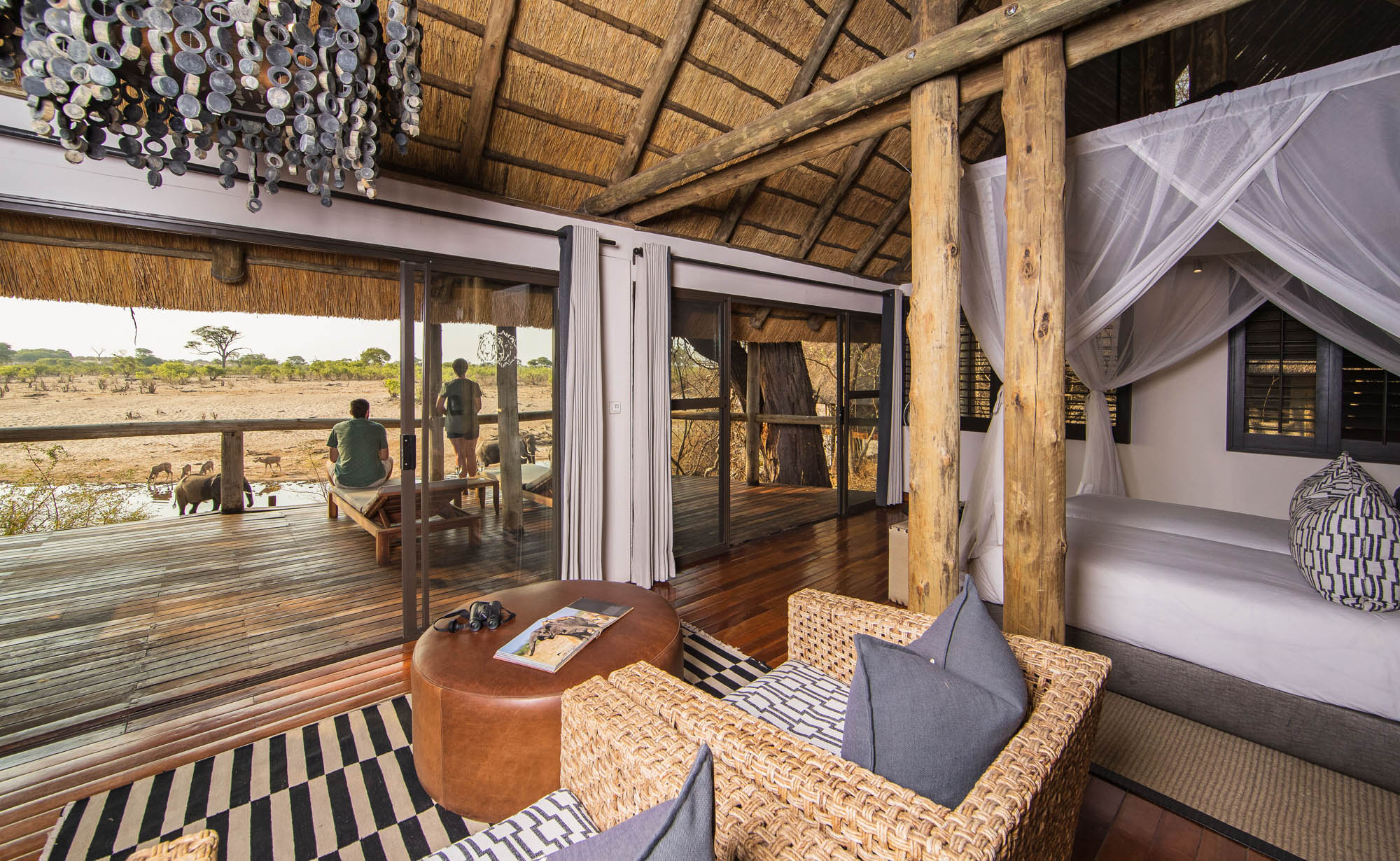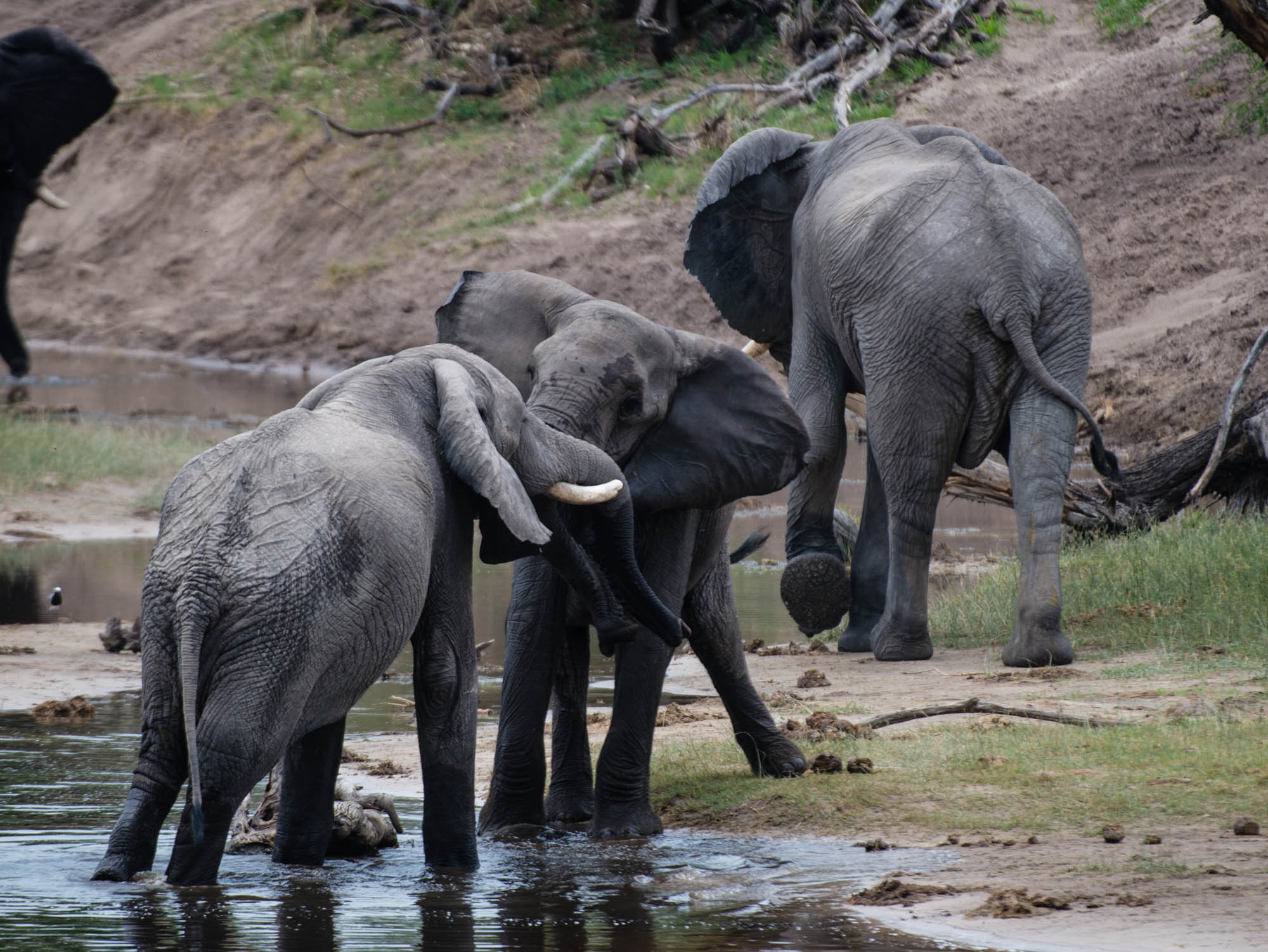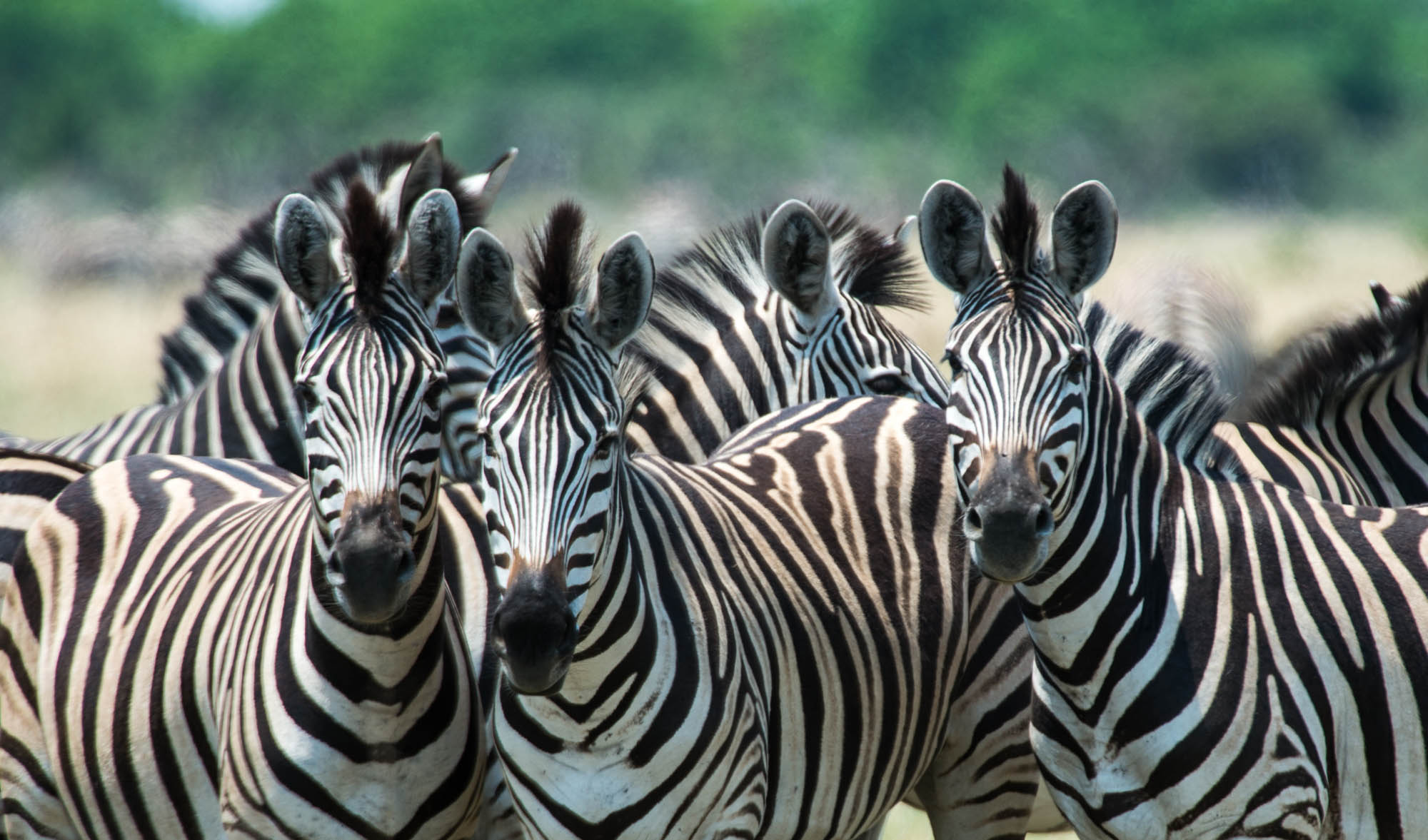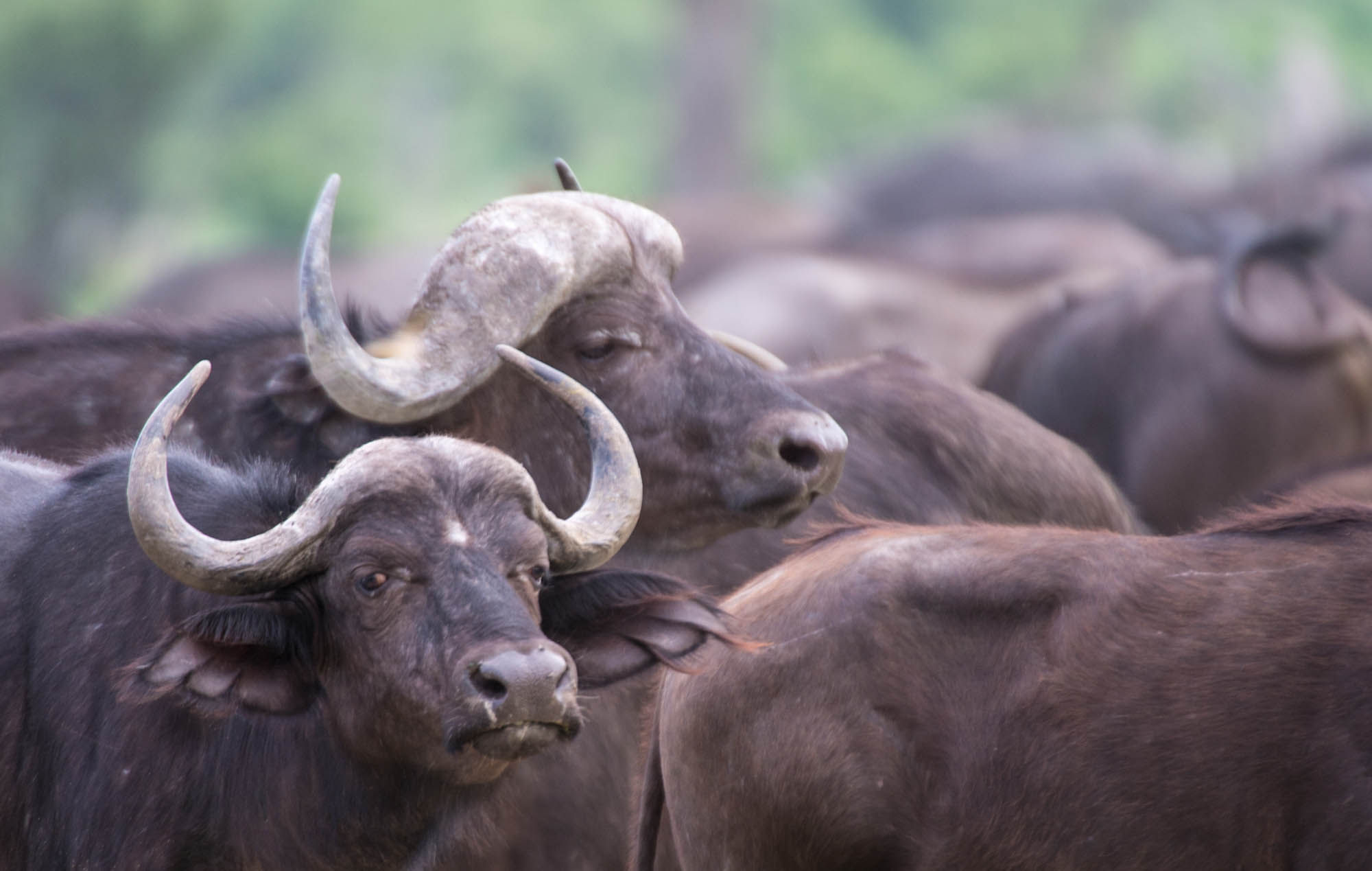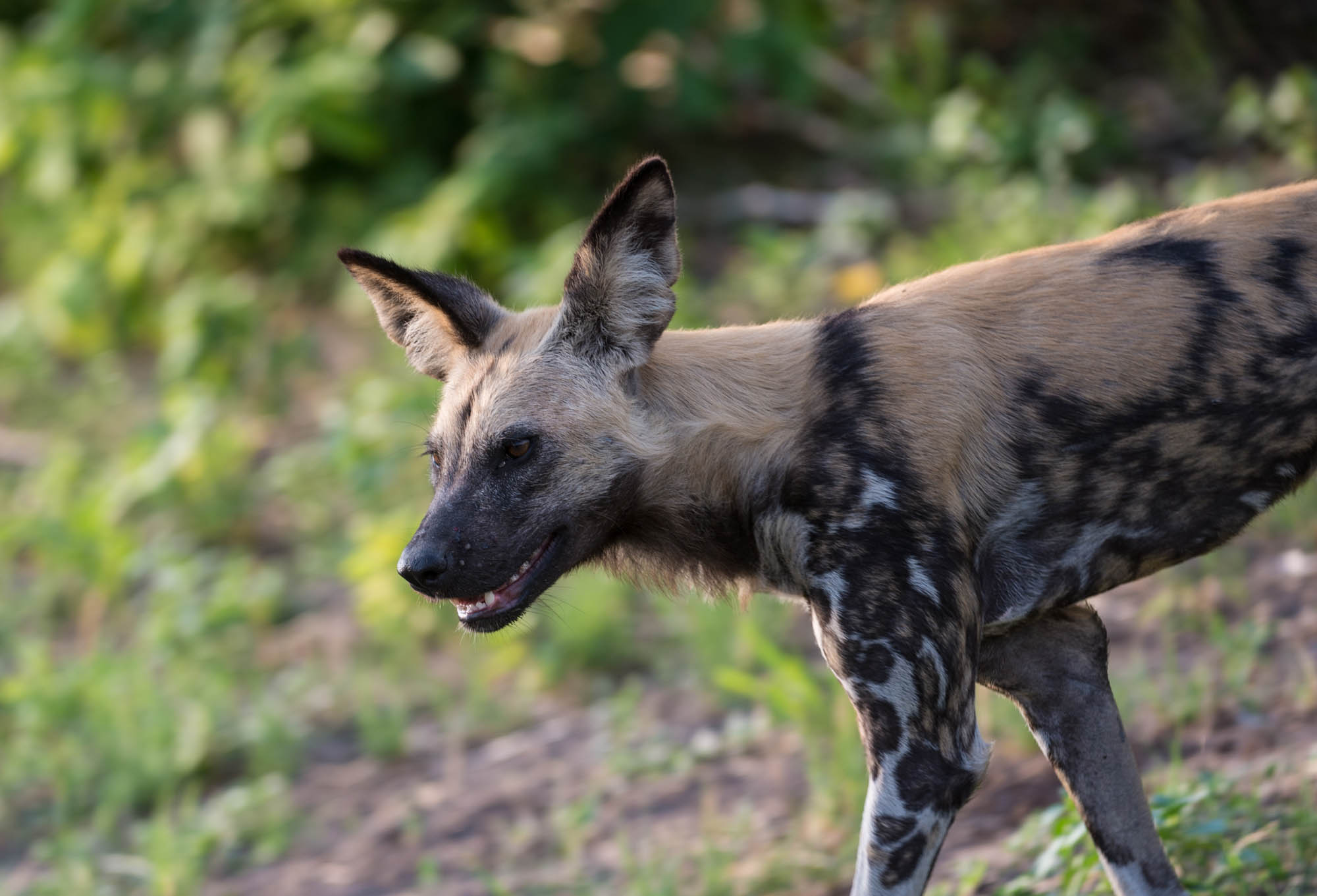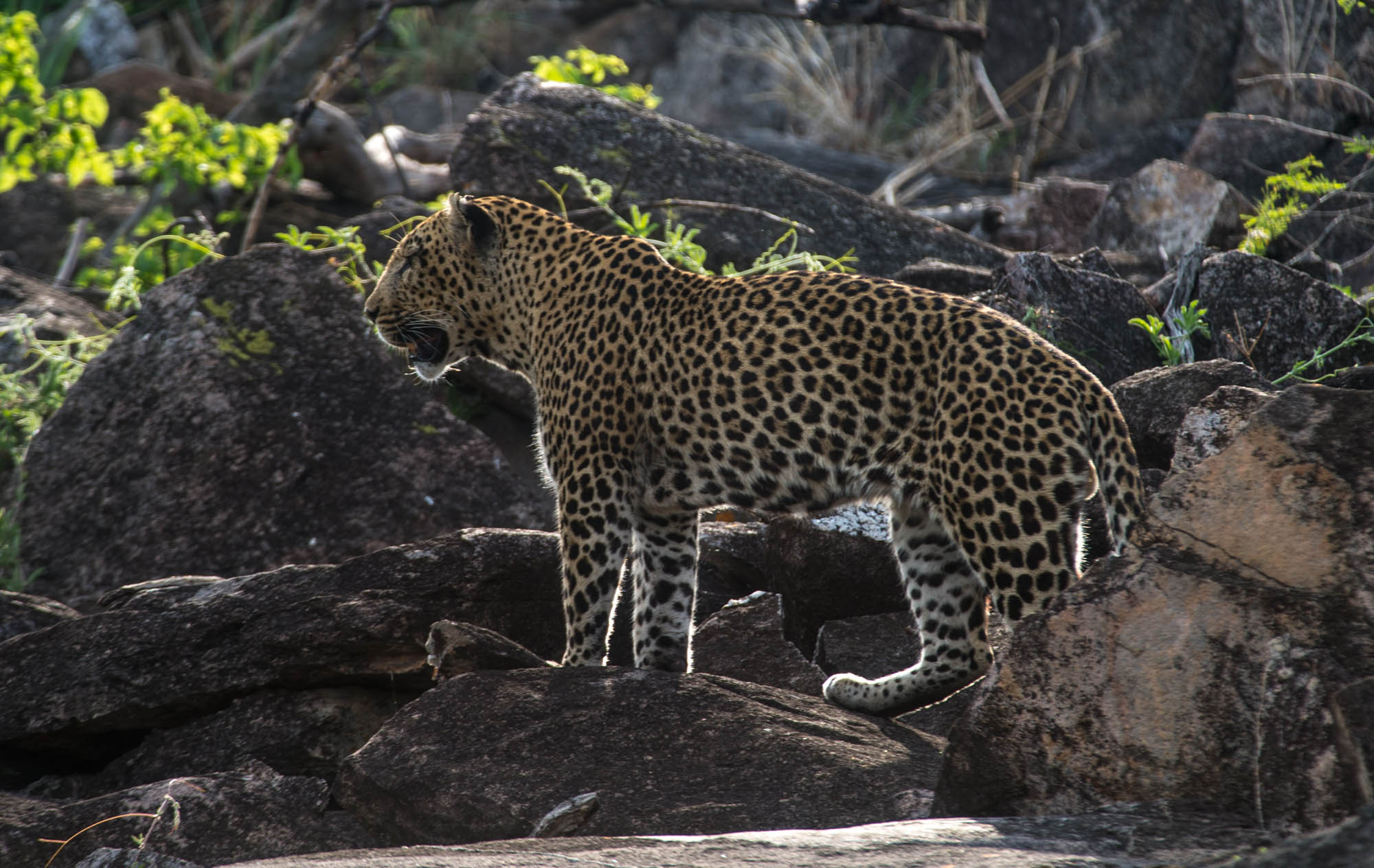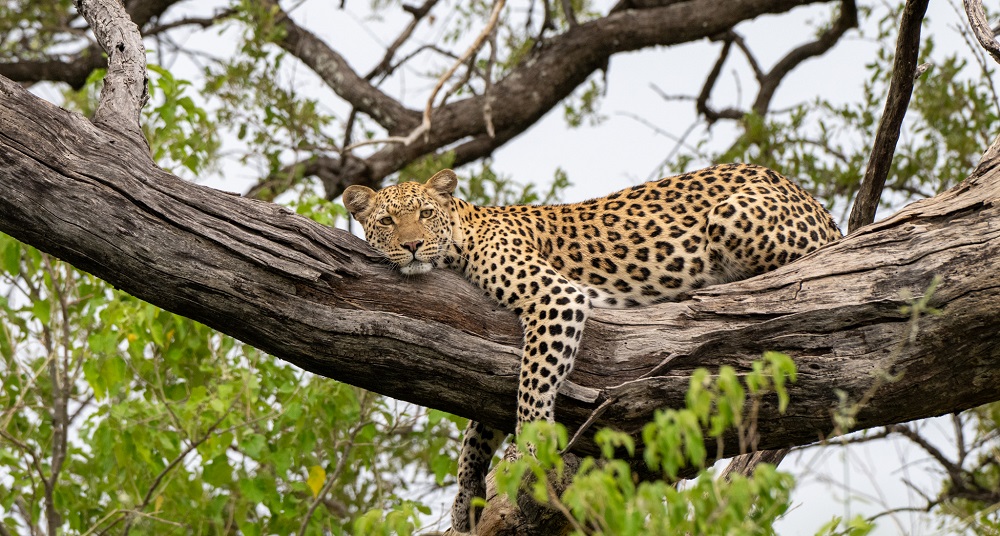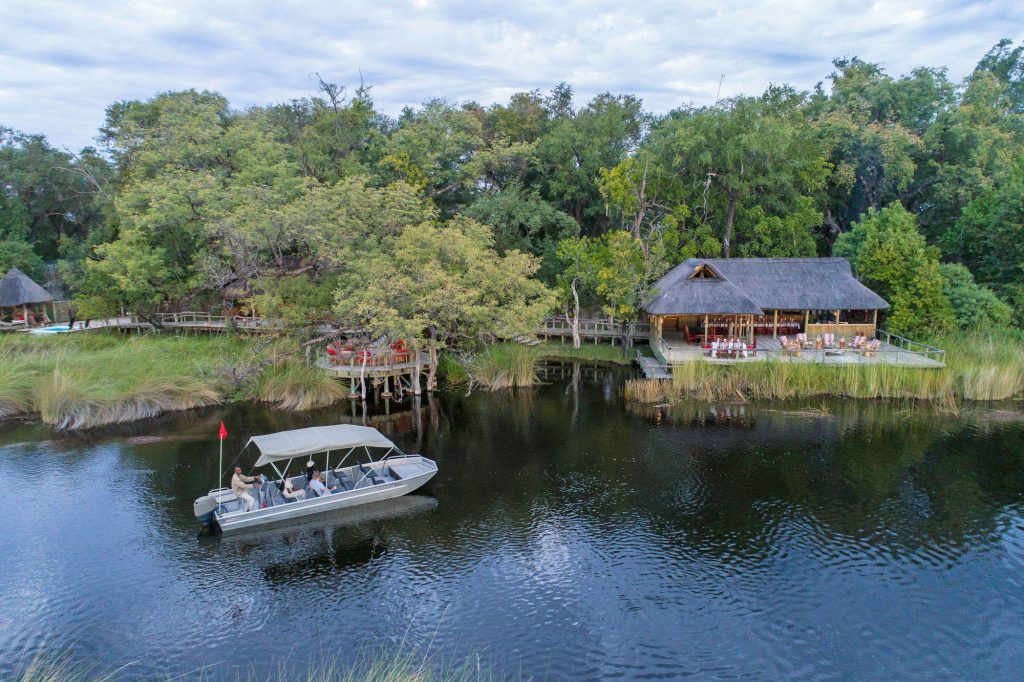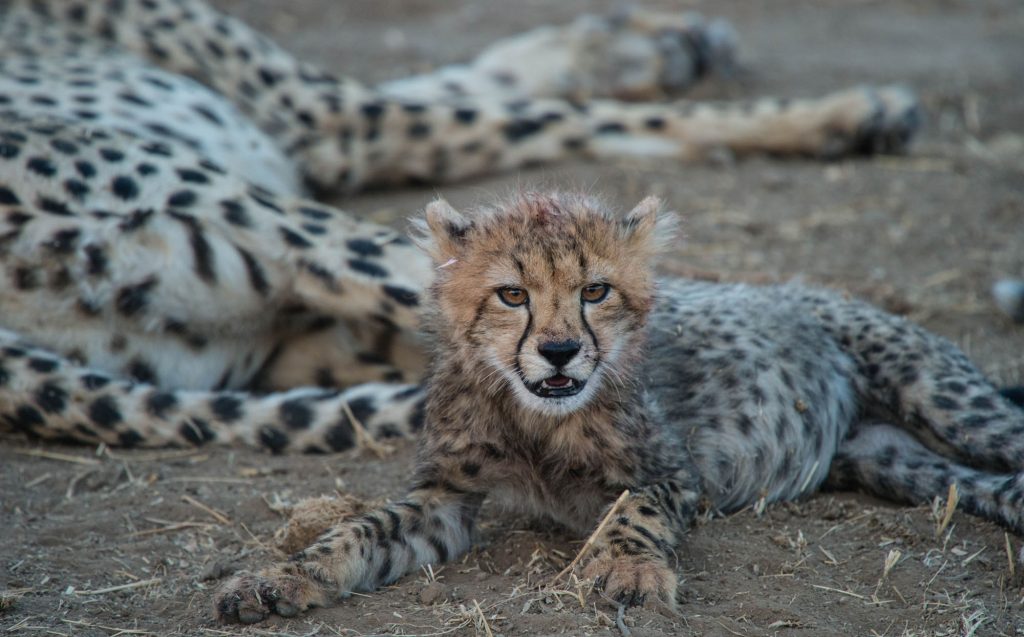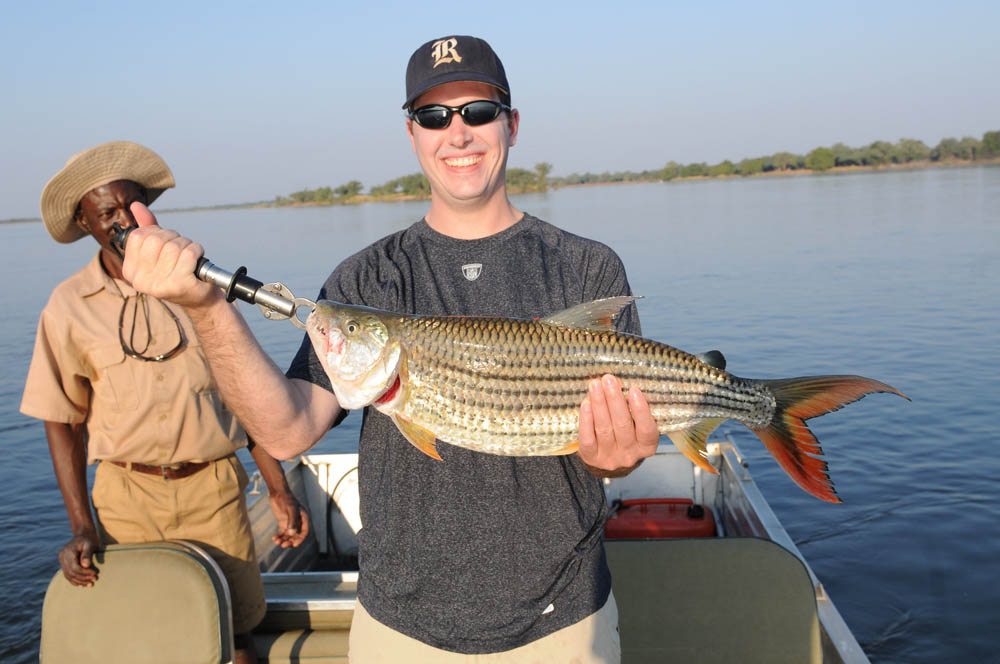Destinations
When to go on safari
Just like with so many other things, inflationary trends have been affecting the safari space for several years now and we are anticipating increases of between 10% to as much as 18% for 2024, compared with the prices in effect for this year. Of course the best way to avoid any increases is to travel before the higher prices come into effect.
Short of that, there are two main drivers of safari prices which can help you in the quest for an affordable yet high-quality African safari. The two factors are place and season. Every safari destination in Africa has one or two prime locations and a handful of properties which command top dollar rates, particularly in the high demand season from about June through October. At that time of the year – in the prime safari areas – it is simply a matter of supply and demand and with as few rooms as they have available, prices can and do reach eye-watering levels.
However, if you start looking for a trip at a different time and in a different place, the picture changes dramatically. You can go on safari in countries like Zimbabwe and Zambia at the peak of their high season and enjoy a fantastic trip which will be half the cost of a comparable trip in a country with more name recognition or a more established reputation. Likewise, the difference between high season and shoulder season pricing can be significant, with often only minor differences in the experience.
The best prices are to be found for travel in the low demand season. Off-season travel in Africa can be immensely satisfying for visitors who can handle some heat and high humidity, and perhaps a thunderstorm or two. A little bit of discomfort is more than offset by the abundance of baby animals, the birds in breeding plumage, the lush, green surroundings, stunning sunsets and sunrises and by not having so many other people around.
Here are our top recommendations for an African safari which will tick all the boxes: lots of animals, plenty of diversity, excellent guiding – at an affordable price.
SOUTH AFRICA AND NAMIBIA
South Africa is a veritable ‘world in one country’ with diversity that is rivaled only by Kenya. It has several excellent wildlife areas, most of which are malaria-free including the Eastern Cape, Waterberg and Madikwe. South Africa’s greater Kruger Park area has some of Africa’s best all-round safari camps in areas where the ‘Big Five’ mammals are seen practically every day of the year, week in and week out.
Namibia leans more in the direction of a ‘desert and dune’ experience but the wildlife viewing in places such as Etosha in the north, the Waterberg Plateau, Damaraland and even on the edge of the Skeleton Coast such as along the Hoanib River, can be excellent. Namibia also has remarkable cultural diversity and a strong conservation ethos.
What is it that combines these two countries in my list of attractive safari propositions for the near future? The value of the South African Rand, of course. Hovering consistently around ZAR 18 to the US dollar and not likely to strengthen rapidly any time soon, the shrinking Rand creates excellent safari deals for dollar-wielding travelers. Not only in South Africa itself but also in neighboring Namibia whose currency – the Namibia dollar – is pegged at the same value as the South African Rand.
SOUTH AFRICA TRIP IDEAS
There are a myriad of trip combinations which can be anchored by South Africa. It’s always a good idea to start your South Africa trip with a few days in Cape Town, South Africa’s ‘mother city.’ Enjoy the local sights, two of which rank in Africa’s most celebrated natural wonders – Table Bay and Table Mountain. A little bit adventurous? Try the Platteklip hike up to the summit of Table Mountain and take the cable car trip down. Be sure to visit Kirstenbosch National Botanical Gardens (it’s a jewel), check out the endemic African penguins (Africa’s only penguin species) at Boulders Beach and take the funicular to the viewpoint at the Cape of Good Hope Nature Reserve.
From Cape Town, fly to the greater Kruger Park area and spend a week on safari in a lodge of your choice – to fit your budget – in a private game reserve adjacent to the park. There are many options to choose from in areas like the Sabi Sand Reserve, Timbavati, Manyeleti and Thornybush. All of them are ‘Big Five’ reserves where you are likely to see elephants, rhinos, lions, leopards and buffaloes over the course of a few days. And a lot else besides, of course. Advantages of traveling here rather than some other destinations? Mostly the ability to drive off-road which can get you closer to some of the smaller cats and other special sightings, and also the ability to drive after the sun is down for a chance to see some of the nocturnal animals.
Instead of, or in addition to the Kruger Park area, you may wish to include some time in South Africa’s Eastern Cape region which also has abundant wildlife. Private game reserves like Kwandwe, Kariega and Shamwari are located in extraordinarily beautiful landscapes, filled with green rolling hills and valleys and patches of riverine forest, scrub and woodland. A bonus? This area is malaria-free so is ideal for families with young children or anyone wanting to avoid having to use malaria prophylaxis.
Two other attractive safari destinations in South Africa include the Waterberg and Madikwe regions, both of which are also in malaria-free areas. Of course, it is easy to travel from South Africa into any of the neighboring countries including Zimbabwe, Zambia, Botswana and Namibia.
NAMIBIA TRIP IDEAS
Namibia is very much a ‘desert and dune’ destination, with the area around Sossusvlei with its giant red sand dunes being considered Namibia’s signature sight. So by all means spend a couple of days there and marvel at the scene of a white gravel plain with apricot dunes in the background, an azure blue sky and stark, semi-fossilized trees providing a focal point for the quintessential Namibia photograph.
Of course from there you’d want to go on safari and find some of the country’s signature animals such as the gemsbok, black-faced impala, springbok and Damara dik-dik. Together with elephants, black and white rhino, and the big cats. All of these and more can be found in the greater Etosha National Park area to the north and elsewhere. A little beyond the regular safari circuit lies the Skeleton Coast National Park which we regularly include on Namibia trips, either by having guests spend a few days at a camp on the edge of the park or right inside it, or by doing a fly-in safari which whisks guests from one enigmatic spot to another. There’s a lot more to Namibia including the quaint town of Swakopmund and nearby Walvis Bay harbor with bird-laden estuaries and worthwhile marine excursions, and remote safari camps in Damaraland and the Kaokoveld. This is where guests can embark on day safaris in search of the elusive black rhino, a successful day culminating with the guests approaching the black rhinos on foot from a safe and respectful distance. There will be a small team from Namibia’s successful ‘Save the Rhino’ Trust on hand to provide background information on the success of the program, and the challenges ahead.
ZIMBABWE AND ZAMBIA
Zimbabwe and Zambia are two of Africa’s most underrated safari destinations. Prospects for Zimbabwe’s tourism sector have taken a much more positive turn now that the country is fully in the post-Mugabe era. Despite having a superior safari product, the Zimbabwe properties are not able to command the stellar pricing of some of its competitors – notably Botswana – Which creates opportunities for visitors to enjoy a fantastic safari – very much comparable to that of Botswana – at literally 50% of the Botswana cost, in the high season months from June through October.
Zambia is perhaps just not as well known as it should be and its safari season is quite short with many of its camps in the South Luangwa, Lower Zambezi and Kafue regions being closed for the rainy season from November through the end of March. None of this affects the safari experience in Zambia. In fact, a Zambia safari delivers a wonderful all-round experience with none of the congestion of some of its most popular rivals and at a much lower price point. Zambia has even shelved its visa entry fee of $50 per person.
For Zimbabwe, our associates Imvelo Safaris have some dazzling specials for the low-demand season, with great savings for families traveling with children and single travelers. These include a stay 7/pay 5 offer from November 2023 through March 2024 (except for the holidays) and a free private guide and vehicle for groups of four or more. There’s more: children under 18 will be accommodated free of charge (park fees and transfers only) on any stay of three nights or longer, from January 1 through the end of April 2024. Victoria Falls, Hwange, Lake Kariba, Mana Pools: a Zimbabwe trip is filled with excitement, big game, lots of optional activities such as boating, fishing, and foot safaris – for less than you might anticipate.
Most Zimbabwe itineraries include two or more of the areas below, in no specific sequence:
Victoria Falls – usually just for a day or two at the beginning of the trip – to acclimate, see the Falls & perhaps do an interesting late afternoon sundowner boat-trip on the Zambezi. The Falls are an awesome sight in April and May particularly – when the Zambezi is in flood stage – but they are always worth seeing from the Zimbabwe side (main falls).
Hwange National park – This huge national park is one of the most important elephant sanctuaries in Africa, with as many as 30,000 elephants resident in the greater Hwange area. We always include at least one Hwange property (mostly tented but not exclusively so) in an itinerary, sometimes two. In addition to the elephants, Hwange has good populations of elephants, giraffe, eland (largest antelope in Africa), zebra, wildebeest and a good variety of predators including lions, cheetahs, leopards and also African painted dogs. So the safari experience there is very much like in South Africa, Botswana, or for that matter Kenya. Rhinos have been re-introduced to the Hwange area which now (again, as in the past) makes the park a ‘Big Five’ destination. There’s more. Hwange has a couple of very special antelopes not generally seen elsewhere in Southern Africa, namely the majestic sable antelope and the equally interesting roan antelope. Plus literally thousands of impala and various other smaller mammals. The birdlife is superb with many birds of prey and colorful bee-eaters, rollers, shrikes and dozens of other families of birds. Hwange is an ideal park for walking safaris, mostly because of the proficiency of the Zimbabwe professional guides, who are at their best on foot, rifle in hand.
Mana Pools – Mana Pools is a near-legendary national park which lies along the lower Zambezi River in far north-eastern Zimbabwe. Renowned for its game-viewing (elephants, big cats, buffalo, plains game and African painted dog), the area is highly atmospheric and for many seasoned safari goers, Mana Pools is the holy grail. Being on the Zambezi and with the Zambian escarpment visible in the background (across the river), the setting is very special too. Including Mana Pools makes a trip a bit more expensive on a per diem basis due to the relatively high cost of flying there. However we do offer some trips which include flying at no or reduced cost. There is a minimum stay requirement. Mana Pools has a well-deserved reputation for being an ideal park for foot safaris.
Lake Kariba – and particularly the Matusadona National Park on the southern shore of the lake. A very diverse area (in terms of habitat and activities), Lake Kariba is a superb addition to almost any Zimbabwe trip. Beautiful views over the lake (one of the biggest man-made lakes in Africa), boat safaris (a pleasant change from bumping around in the vehicle), fishing – for tiger fish, a fierce freshwater fighting fish, on catch & release basis – and walking are all possible. I have taken some of my best ever photographs in Matusadona National Park because of the vast expanse of floodplain around the lake where elephants and other animals can often be seen in the open, with a nice clean mountain or water backdrop.
The Matobos in south-western Zimbabwe. This region of Zimbabwe is another one where rhinos can be observed in the wild. Scenically it is unbeatable with rocky outcrops reminiscent of SE Utah. It also has a couple of worthwhile cultural experiences, namely a visit to one or two San (‘Bushmen’) cave painting sites and a visit to the grave-site of Cecil John Rhodes. This area is spectacular, particularly at sunset. It is easy to move on to Hwange National Park from the Matobos by road.
For Zambia, I can think of no better trip than a 10-night Zambia exploration with Classic Zambia, priced at about $6,500 per person sharing in May and June, increasing to just over $8,000 per person sharing for the high season months from July through October. This would be a fantastic safari combining two of Africa’s finest and wildest wildlife areas, Kafue and the Lower Zambezi. Please call or email for detailed information about these and other safari options.
Zambia is a massive country and it should come as no surprise that it has several excellent safari areas, notably the South Luangwa National Park, the Lower Zambezi National Park and the Kafue region. None of these are heavily visited and the Kafue – which is much bigger than South Africa’s vast Kruger National park – attracts about one tenth of the number of visitors of the Kruger.
The South Luangwa National Park is known for its walking safaris and the chance to see a wide variety of animals such as elephants, lions and leopards. On a recent trip there we witnessed a crocodile trying to rob a hyena of its prey. It was a spellbinding scene observed by just us. No other vehicle showed up over the entire 30 minutes or so we spent at the sighting.
The Lower Zambezi National Park is another popular destination, offering river safaris on the Zambezi and the opportunity to see hippos, crocodiles and abundant birdlife. For the adventurous traveler, I would recommend a canoe safari in one of the backwaters off the main river. It can be an adrenaline-inducing experience gliding by several hippos, your natural apprehension being somewhat assuaged by the fact that you have an experienced guide in control of the canoe.
The Kafue National Park is the largest park in Zambia and is home to a wide range of wildlife, including elephants, lions and cheetahs. Several small, remote camps in the Kafue are ideal for a ‘back to basics’ experience where what matters most is what happens outside the tent. It is all about the wilderness experience, about observing the wildlife in their most natural setting, and being able to do it essentially with just your guide and the few other people in the vehicle with you.
Secrets of Tsavo, Kenya
On my last visit to Tsavo, I fell in love with Africa all over again. It was one thing after another, starting and ending of course, with elephants. Elephants at the waterhole just outside Kilaguni Serena Lodge, big tuskers at a water trough just inside the entrance to Tsavo East, a trio of cheeky elephants taking doum palm nuts out of our hands at Galdessa Camp on the Galana River, multiple small herds of elephants – all thirsty and hungry and dusty – around the water holes between Satao and Aruba Lodge. We could see them kicking up Tsavo’s signature red dust as they made their way through the parched landscape, headed for water. Surprisingly, given the extent and duration of the drought, the elephants were still doing well with lots of youngsters around.
We spent an absorbing couple of hours or so with the orphan elephants at the Sheldrick Voi Unit. Observing their joyful exuberance at feeding time and getting to be up close and personal with them is one of East Africa’s most enriching wildlife experiences. Positioning ourselves in partial shade under a large tree, we waited about 20 minutes or so until the first small group of orphans rushed up to their handlers, who were standing just meters away from us, each one holding a large bottle of elephant formula.
Drinking with gusto, the young elephants drained the bottles in what felt like barely a couple of minutes, their faces quickly taking on what could only be a look of utter contentment. Most of the young elephants consume two bottles of formula before they amble off to drink some water or dip into a pool, only to cover themselves with the red Tsavo dust immediately afterwards.
Small group after small group, the elephants kept coming, about 30 or so in total. By the time the youngsters had all been fed, a group of about 10 to 12 totally wild elephants had walked up to the water trough specially prepared for the orphans. Clearly used to each other’s presence, the two groups shared the water without any signs of rancor or strife.
We watched the unfolding scene for a good 30 minutes or so, with various members of our party interacting with some of the orphans. One young female elephant was particularly agreeable and she had her little trunk all over us, literally inhaling our scent and breath. On the way back to our camp at Galdessa we could not stop talking about what an amazing experience this was, and we were already thinking about returning to Ithumba or Galdessa in the future.
Also in Tsavo – at Ithumba Hill – visitors can expect an even more immersive orphan elephant experience due to the proximity of the stockade (where the young elephants sleep at night) to the safari lodge where the guests reside. It’s barely 10 minutes from one to the other so you can be around the elephants multiple times per day: when they are being bottle-fed and enjoying a mud bath in the veld, prior to going to sleep after another feeding including some hay and again early in the morning as they wake up to the prospect of another day of being pampered by the Sheldrick crew.
DRIVING FROM TSAVO WEST TO TSAVO EAST
To experience Tsavo is to experience Africa in a pure, unadulterated setting. Not too many other vehicles or people around, just a few interesting safari camps and lodges, and lots of diversity. This was my second time driving from Kilaguni in Tsavo West all the way to the Galana River in Tsavo East. Just like the first time, it was an absorbing and fascinating journey, marveling at some of the most spectacular scenery of any in Kenya. The game-viewing en route was nothing short of phenomenal with elephants and buffaloes seemingly everywhere, plenty of giraffes and several of the scarce and elusive Lesser Kudu. Other vehicles? Just one in more than three hours.
Beyond the elephants, the diversity, the scenery and its ‘old Africa’ appeal, Tsavo is where you will come across the spectacular Shetani Lava Flow and cool, beautiful Mzima Springs. We wrote about those two extraordinary places in an earlier blog post about Tsavo. On our most recent trip to Tsavo, we had the opportunity to get a closer look at the Yatta Plateau and the Galana River, two more of Tsavo’s hidden secrets.
THE YATTA PLATEAU AND THE GALANA RIVER
The Yatta Plateau is fascinatingly odd with an uncannily flat top and abrupt ‘end.’ Park yourself a few miles to the south of the plateau and it looks every bit like a lake which seemingly froze in its tracks. Which is of course exactly what it is. A massive river of igneous rock, the world’s longest lava flow, stretching almost 300 km from its origin near Ol Doinyo Sabuk, northeast of Nairobi.
At the base of the Yatta plateau runs the Galana River – the second longest river in Kenya after the Tana River. The Sheldrick Wildlife Trust’s Galdessa camps are perched on high ground, hidden in a huge grove of doum palms right on the banks of the Galana where it flows through a shallow valley with stands of trees and thick vegetation on both sides. Remarkably – considering that the area was in the throes of a severe, sustained drought at the time of our visit – the Galana was still flowing strongly, its wide expanse of clear, cool water acting as a life-sustaining magnet for a myriad of life forms. For much of its nearly 400 km (250 mile) long course, the Galana flows through a harsh, semi-arid landscape where its water is literally the difference between life and death. At the intriguing Lugard Falls, a few miles down-river from Galdessa, the Galana narrows into a series of rapids, waterfalls and weirdly shaped pools, the result of millions of years of erosion. The jaggedly eroded volcanic rock creates a scene of stunning natural beauty. It’s tempting to want to clamber around and over the rocks to get the perfect view, but visitors beware: danger lurks in the form of crocodiles and hippos.
Photography on safari
Fish Eagle Safaris was an early adopter of digital photography. Company founder Bert somewhat fondly recalls using a first generation Sony Mavica on a trip to Madagascar in 1998. It was slow and primitive measured against the standards of current digital cameras, but it did the job. Having the capability of taking a photograph and being able to see it just seconds later (rather than waiting to have film developed and printed) seemed like the future at the time. The reaction of the Madagascar kids who crowded around Bert to look at themselves in the photos, just seconds after an exposure, was priceless.
Since then, the Fish Eagle Safaris team has gained considerable experience and a measure of expertise in the field of wildlife photography. Particularly since 2008 when we purchased our first big camera and telephoto lens combination. At the time, it was a Nikon D300 and a Nikon 200-400 f/4 Zoom lens. We still use many of the images taken with the 200-400 zoom lens. At nearly 7 pounds it is hefty but few other lenses beat it for versatility and all-round excellence. The 200-400mm f/4 is still a great choice for a Nikon shooter who wants a long zoom lens that can let you keep your camera’s shutter speed high and ISO low in a variety of lighting conditions.
Some years later, we upgraded to a Nikon D-4 camera – which we still use. With an optional battery grip, it is fast (8 to 9 exposures per second) and it is a monster in poor light. A couple of Bert’s photos of a Zimbabwe lion Xander – unethically hunted and killed just like his much more famous father Cecil – ended up on ABC World News Tonight as well as in several other publications, websites and broadcast media around the world, a few years ago.
SET A REALISTIC OBJECTIVE
Before any trip, I like to think about the type of images I can expect to capture, depending on the places & activities on the itinerary. Predictably, the bulk of them will be shot from an open vehicle during a game drive. Sometimes, the object will be a long distance away, simply because it is wary or shy or regulations prohibit off-road driving. At other times the object will be huge like an elephant or giraffe, and very close to the vehicle. I would also plan on shooting some birds in flight on boating outings such as on the Kafue and Zambezi, or from a mokoro or a skiff in the Okavango Delta. Plus some close ups of mammals and birds from blinds. Other than pure wildlife photos, I would usually include a smattering of images of guide and visitor interaction on a walking safari or other activity, a few sunrises, sunsets, and some room and camp shots. Depending on the itinerary, there may be some candid photos on a cultural activity such as when walking with descendants of traditional hunter-gatherers in the Kalahari.
It is a useful exercise to jot down a few notes about the type and variety of images you are likely to capture, which helps inform the choice of equipment and eventually with the planning and execution of the day to day activities and outings. If you already have an idea of the kind of photos you’re after, it really makes life a lot easier for your professional guide. They will know what to concentrate on and they will get you into better positions with more opportunities to capture exactly the type of images which you had in mind. Which of course makes for a fun and enjoyable experience.
Like many other wildlife photographers our aim is to capture the essence of what makes wildlife viewing special. Often it is just a moment in time, such as when two Hartmann’s zebras pause in near perfect light in front of a succulent plant in Damaraland in Namibia – and both lift their heads, staring straight at the camera. A second earlier their heads were down – no photo there. A second later, they were gone. Successful wildlife photography is all about capturing those moments. Those special moments will present themselves in many different ways. Sometimes it is literally just a second or two such as an animal briefly pausing, a bird taking off from a perched position or a leopard descending from a tree. At other times it may be painted dogs hunting, lion cubs playing, elephants walking with Mt. Kilimanjaro in the background, young elephant bulls jousting in a pond, or habituated meerkats emerging from their den. The list is endless and limited only by one’s imagination.
Good wildlife photography is much more than a collection of point and shoot images of any animal or bird which gets into range. The captures should be engaging, or at least interesting and always as technically correct as possible. Only if the subject is something extraordinary like a pangolin or an aardvark will we even consider publishing a photo which may be slightly blurred or not 100% tack sharp.
Over the years we have refined and tightened our objectives. We don’t just take wildlife photos to record the presence of an animal or bird or other living organism. We try to create context and background, tell a story, create some drama, make it exciting and appealing.
CREATING THE RIGHT SCENARIO
How do we make our photographs special? First of all by creating the best possible scenario for our photography, by having the right equipment, by spending enough time in a location and by being patient.
The right scenario could be many things. It starts with being in the right place at the right time. Looking for leopards? Then visit the areas and the camps where they are likely to be seen and be out in the bush right around first light and again in the late afternoon. There are always exceptions but mostly nocturnal animals like leopards and lions are best photographed early and late in the day. Observing sleeping lions is standard fare on practically any African safari and there is really no less interesting an object than that. The secret is to be out and ready to capture your first image well before the sun rises. Recently in Botswana, we again realized how critical it is to be out early in the warmer months. If you’re not ready to leave camp right around 5:30 a.m. in summer, you are almost definitely going to miss out on seeing some of the predator activity. In some areas – where it gets really cold at night – even the animals tend to hunker down in the early mornings until it gets a bit warmer. So this is not an all-encompassing ‘rule’. At Tswalu in the Cape Kalahari for example, some of the nocturnal creatures like the aardvark and pangolin adjust their usual night-time feeding activity by being out during the day, to avoid the worst cold.
You can stay out as long as you want but don’t expect to find active leopards or lions in the middle of a warm or hot day. They will be sleeping or resting up in shade deep inside a bush, or – in the case of leopards – maybe hidden within the tree canopy on a branch. There are always exceptions. We saw a leopard stalk and kill a blackbacked jackal in Etosha National Park, Namibia at 2 pm one day, not long ago.
For the purpose of this discussion we will avoid discussing night photography simply because we don’t really do it. We’ll try to get some captures of an aardvark, an owl or other nocturnal creature we happen to stumble upon on a night drive, but it’s purely incidental.
SHOOTING DURING THE GOLDEN HOURS
We try to maximize natural light to its best advantage in the couple of ‘golden hours’ just after sunrise and before sunset. This is when practically any subject comes alive – even the most ubiquitous of antelopes like impalas and the East African gazelles look good in the soft, forgiving light associated with the golden hours.
Which brings me to one of my few pet peeves about wildlife photography. I do not like to be driving around excessively during the morning and afternoon ‘good light’ window. My request to guides is always to find a suitable object soon and to stay with it for a considerable length of time, while the light is good. Find a nice group of zebras at 7 in the morning? Stay with them, wait for them to line up in an interesting way or for two of the young stallions to start play-fighting. Or some such scenario. Don’t snap off a couple of quick shots, only to start driving again almost immediately. During the good light period in the morning and afternoon you want your guide to be more patient than ever.
Digital photography – and specifically the image alterations and corrections which can be made in the processing phase – has somewhat reduced the ‘golden hour’ fixation of the film era. It is now relatively easy to ameliorate the harsh shadows caused by overly bright midday conditions, for example. Also, on overcast days you may be able to capture some great images well beyond the early morning and late afternoon hours. Which is great but does not detract from the importance of capturing as many images as you can, during the golden hours. The warm, golden light adds a certain elegance to exposures which is just about impossible to achieve at any other time of the day.
TAKE YOUR TIME
Patience and perseverance go hand in hand with wildlife and nature photography. Stick around long enough and interesting things are bound to happen. This is particularly true around water holes in the dry season but not exclusively so. Patience and perseverance can take many forms with wildlife photography. It can involve spending several hours with a coalition of cheetahs, waiting for them to initiate a chase and hopefully a kill. Or hanging out in the proximity of a pack of African painted dogs, likewise waiting for them to adopt a hunting mode or for the youngsters to start playing.
Parking yourself at a hippo pool for an extended period of time almost invariably will produce a decent ‘wide open mouth with impressive tusks’ shot. If you’re lucky, there will be a territorial spat between two competing males, when things can get really exciting. One or more of the animals may leave or enter the pool, or you can get lucky with capturing a tender mother and baby moment. When hippos get ready to leave the water for their grazing grounds – usually by nightfall – some of them will make a spin move when they do a 360-degree roll, momentarily exposing their pink bellies. I’ve seen it happen several times. Do I have a great photo of it yet? No. But I haven’t given up and will be spending more time at a hippo pool, just waiting for the moment…
Spending enough time in an area is crucial. You will see and experience more, the entire experience will be more enjoyable and your photography will benefit immeasurably. Animals move around in real time and you simply have to give yourself enough time to find them and to photograph them under optimal conditions. If there are cheetahs in an area you are not likely to see them in just a day, in one or two game drives. Over the course of three or four days you very well might. Time and a bit of luck creates opportunity for more than just a quick snapshot.
EQUIPMENT CHOICES
Whenever members of the Fish Eagle Safaris team get ready for a trip to Africa – or Madagascar – they will usually have most of these pieces of equipment in their bag:
- An iPhone for general landscapes, closeups of animals, low-light photography, rooms and lodge interiors and exteriors and for shooting videos (making use of an Osmo stabilizing device).
- A Sony A-6300 camera with a couple of lenses (a short 16-70mm zoom and a medium 55-210mm zoom). A compact mirrorless camera is handy when portability is an issue, such as on a Kilimanjaro trek or any longer hike, or on a boating or mokoro outing where a DSLR is just too heavy and there is a risk of getting wet.
- One or two full-frame cameras such as the Nikon D-4 and Nikon D-850. On his most recent outing to Botswana, Bert had both of these cameras in the vehicle, using a long telephoto lens on the one and a shorter 70-200 zoom lens on the other.
- Depending on the location, several lenses such as:
- A 50-mm f/1.4 for low-light and food photography,
- A short zoom 28-70 f/2.8 as an all-purpose walking around lens, for room interiors and lodge shots, as well as people photography,
- A medium range 70-200 f/2.8 zoom lens for closer up and larger animals such as elephants and giraffes or for capturing more of the background and habitat with animals in the foreground,
- A longer zoom lens such as the Nikon 200-400 f/4 or the Tamron 150-600/f5.6 for more remote objects, birds in flight, and the like.
Generally speaking, we think that a zoom lens in the 100-400 mm range or perhaps 150-600 mm covers a good spectrum. For eye-popping close-ups and for decent bird photography, it would be advisable to spring for a 500mm or even a 600mm prime lens. Nikon’s 500 f/5.6 Phase Fresnel lens is the smallest, lightest full-frame 500mm prime lens ever at just over 9 inches long and just over 3 lbs in weight.
We shoot in RAW only which is really the way to go. The RAW files are much bigger than JPEG files but memory cards and hard drives are not nearly as expensive as they used to be. Most importantly, a RAW file captures uncompressed data from your camera sensor and gives you much more information to work with in the post-processing phase, than a compressed JPEG.
We recommend taking an external hard drive such as a Western Digital Passport (available in 1 or 2 Terabyte sizes at reasonable cost) to download and store your images. Best practice is to do this on a daily basis, so that you will have your images protected in at least two places (the memory card and external hard drive).
Camp Okavango, Botswana
Photo: Desert & Delta Safaris
Camp Okavango, Botswana
Camp Okavango is in the heart of the permanent part of the Delta. In this idyllic setting there are no vehicles, and it is just a short walk from the airstrip right into camp. My colleague Lyndon, who just returned from a visit to Camp Okavango, described it as “a flooded, flat and lush paradise.” Camp O made a great first impression on me, too, when I first arrived there.
Photo: Desert & Delta Safaris
Starting with the well-maintained and manicured airstrip and the campgrounds, heavily vegetated with some massive trees right in front of the dining, lounge and patio complex. The huge garden harbors tons of birds, but unfortunately I did not have enough time to do it justice with some ‘serious’ birding. We did see a Paradise Flycatcher flitting about; it had a nest just off the boma (fireplace) area.
Photo: Desert & Delta Safaris
One of the other guests and I took off with our guide on a short fishing excursion in an aluminum skiff. Even if we never reached the area which we did (for fishing) the journey itself would have been worth it. What an amazing experience it was to glide through this narrow waterway, with high ‘walls’ of papyrus and reeds on either side, avoiding shallow sandy spots, and observing many birds, as well as a few small crocodiles, and water monitors en route.
Photo: Desert & Delta Safaris
Then suddenly, there was a hippo, completely out of the water, right in our way. Our boatsman was fortunately properly trained for such an event. Instead of slowing down or stopping, which could have led to a nasty confrontation, he barreled on. The hippo submerged and dove out of our way, and we pretty much went right over the spot which it had occupied just seconds earlier.
Photo: Desert & Delta Safaris
Looking back we saw that the hippo had resurfaced and was giving us the hippo version of the upturned middle finger in the form of a belligerent posture and stare. That was almost too exciting. And it happened much too quickly for photographs! As for the fishing, I’m afraid despite our best efforts we were unsuccessful.
Photo: Desert & Delta Safaris
In the afternoon we observed a basket-weaving demonstration by some of the local staff who do their weaving after hours and in their spare time, with the items being sold at the camp curio shop. At around 4:00p, our group went out on a dugout canoe/mokoro outing to an area not far from the airstrip, for our afternoon activity.
Photo: Desert & Delta Safaris
It was a fun and relaxing outing with sundowners being served on a small island, complete with an ‘island bar’ setup. During the outing we saw many different types of birds, including the rare and highly endangered Wattled Crane, as well as some water-adapted mammals and many of the spectacular plants found in the Okavango Delta, such as the beautiful water lilies.
Photo: Desert & Delta Safaris
The following morning, we were up early for a walking excursion from Camp Okavango. Before we got underway by boat, there was time for a healthy breakfast consisting of muesli with rice milk, a fresh fruit salad and some toast, with rooibos tea on the side. All the camps also serve eggs to order, usually with beef or pork sausage, bacon and other side dishes.
Photo: Desert & Delta Safaris
Refreshed and energized, we enjoyed yet another exhilarating boat ride (same route as on the previous day’s fishing excursion) to an island about 30 minutes away. This time around, we had our cameras ready but there was no hippopotamus barring the way. We did make a small detour into a backwater area where we observed a pod of hippos, though. And inquisitive they were too, coming closer and closer to the boat until our skipper decided it was time to move on.
Legendary Lodge
Photo: Desert & Delta Safaris
The island where we walked – I believe it is called Lopis Island – has some very diverse habitat consisting of open floodplain, with patches of woodland, and a nice strip of fairly dense riverine forest with sausage trees and large mangosteen trees amongst others. We saw a few elephants at a distance and walked towards a group of giraffes who no doubt saw us coming a long distance away. To make the walk even more interesting, the guides drew our attention to several interesting plant species and talked about their medicinal and other uses.
Photo: Desert & Delta Safaris
Back in camp, it was time for — lunch! As always, the vegan & vegetarian members of the group were more than adequately catered for with salads, an excellent and flavorful lentil dish with rice, a fruit salad and a vegetarian tart.
Photo: Desert & Delta Safaris
Lyndon’s recent stay at Camp Okavango was quite similar to mine. Here is what he had to say: “Camp Okavango is a typical Delta camp with water activities such as mekoro outings and boating, plus walking. The rooms are spacious, and the property has an exceptionally large main area. It is rather a long walk to the rooms at the end of the boardwalk on either side of the camp.
Photo: Desert & Delta Safaris
We did a mekoro outing in the afternoon, utilizing a lovely area just adjacent to the camp. Even though it was mid-winter it was hot and sunny. Seeing some painted reed frogs close up was a highlight, otherwise the outing was quiet.
For dinner we had a surprise bush dinner. A very elaborate setup with lanterns, the lot. We were entertained with some energetic singing and dancing – great fun. The barbecued pork and beef were both excellent. The sticky toffee pudding was better than at Savute.
Photo: Desert & Delta Safaris
In the morning we did about a two hour game walk. Although we heard lions roaring in the distance we did not encounter them. We did see a side-striped jackal though, and plenty of pretty birds. As a surprise the night after the mokoro outing Andrea Hugo (who represents Desert & Delta Safaris in the USA), arranged for Helicopter Horizons to take us up for a flight-seeing excursion by chopper.
Photo: Desert & Delta Safaris
They took the doors off a 4-seater helo and flew us around three at a time, for about 15 to 20 minutes. Such a great perspective from the air, over the Okavango Delta mosaic of islands, channels, lagoons and floodplains. A helicopter flight is included free of charge with any 10-night Desert & Delta safari.”
Savute Safari Lodge, Botswana
Photo: Desert & Delta Safaris
Savute Safari Lodge, Botswana
If you were to look at a time-lapse photography sequence taken from Savute Safari Lodge between 2008 and the present, the one thing that will stand out – other than the passing parade of animals, day and night – will be the state of the Savuti Channel, a natural spillway which starts at the Zibadianja Lagoon and ends in the Savute Marsh.
Photo: Desert & Delta Safaris
Back in 2008 there was an artificially maintained waterhole in front of the camp and nothing else. At the time the Savuti Channel had reverted to being an ephemeral river or linear oasis – the kind of river which occasionally collects some water from local runoff with a few pools here and there, and some spots where elephants could get their trunks into clean water just below the surface of the sand. The water hole in front of camp was a hive of activity, particularly in the dry season.
Photo: Desert & Delta Safaris
By 2009 – for reasons that are still not entirely clear but likely the result of a heavier rainfall pattern over several years – also known as a wet cycle – the Savute Channel had started to flow strongly again and at least for a while the presence or absence of waterholes such as the one at Savute Lodge did not matter one way or another. There was water all along the channel from its source close to the Zibadianja Lagoon, all the way to the Savuti Marsh.
At least initially this made game-viewing in the area more challenging because it created more dispersal of big game species such as elephants and buffalo who did not ‘have’ to come to the few remaining waterholes in the dry season – they had access to water pretty much anywhere.
By the time we got back to Savute late in 2014, the Savute Channel was still flowing but not very strongly – and the elephants were back at the original waterhole in big numbers, trying to get to the source of the fresh water which they prefer to the muddy stuff available elsewhere in the channel.
Photo: Desert & Delta Safaris
Right now – as our colleague Lyndon saw on a visit to Savute Safari Camp about 10 days ago – the Savute Channel is dry again with no water flowing at all. There are pumped waterholes, but other than that no permanent water. Which means it has come full circle, all the way back to what it was like, 13 years ago. The elephants frequenting the water hole in front of the camp on a daily basis are also back to stay, with the water hole being one of the few permanent and reliable sources of water in a huge area.
Photo: Desert & Delta Safaris
Savute Safari Camp had seen other changes as well over the last few years. Extensive refurbishments had been undertaken in the main public areas. The objective was to make the best use of the space in front of the Savute channel and the active waterhole. The new facilities include a relocated swimming pool – now more private than before – new walkways, multiple dining locations and new deck areas with a live cooking area for brunches and dinner.
Photo: Desert & Delta Safaris
The camp now has multiple leveled viewing decks connected by walkways, providing different vantage points over the waterhole so that guests can find their own space to enjoy bar service and admire the remarkable animal encounters that take place around the channel and water hole. The rooms/chalets at Savute Safari Lodge have been significantly upgraded as well.
Photo: Desert & Delta Safaris
The chalets are elegantly furnished in neutral tones to blend with the natural environment, feature expansive private decks, a combined bedroom and lounge area and en suite facilities. The lodge can accommodate twenty four guests in eleven thatched chalets built of local timber and one family room which consists of two double bedrooms.
Photo: Desert & Delta Safaris
Savute Safari Lodge offers an exceedingly comfortable stay at a reasonable price, and the management and staff are most welcoming and helpful. On my most recent visit, everyone made a point of introducing him or herself and maintained a high degree of interaction with all the guests for the duration of their stay.
The grounds of Savute Safari Lodge are well maintained with good walkways and borders and several natural patches, resulting in an abundance of birdlife and small mammals such as dwarf and slender tailed mongoose and tree squirrels.
Legendary Lodge
Here is what Lyndon had to say at the conclusion of his recent (July 2021) stay at Savute Safari Lodge:
“Shortly after a buffet brunch we headed out in search of the Marsh Pride (lions) with our guides Metal and Isaac. Although the drive was quiet on the way out, we were amply rewarded with a sighting of almost 20 lions lying in the shade of a tree. This pride has been dominated by a couple of huge brothers for the past 12 years, longer than most wild lions’ lifespan. Several wildlife documentaries have featured them and their hunting prowess. They had recently taken down a wildebeest and were still resting up; it was not yet time to venture out again. Even so, it was a rewarding experience to see such an abundance of lions in one place!
Photo: Desert & Delta Safaris
Dinner was on the deck overlooking the channel, where the water hole is lit up at night. We enjoyed a meal with some delicious mashed sweet potato, broccoli, assorted vegetables and kudu steak as well as sticky toffee pudding for dessert. It is shocking how quickly it can cool down in the evening and after dinner it became properly cold, right away. Our group enjoyed some drinks around a bonfire before heading to bed.
Our final morning drive was frigid but I actually prefer it that way. Nothing better than to wake you up after a deep African slumber than a cold, cold wind blowing in your face as you set out on a game drive. Layer up, grab a blanket and perhaps a heated water bottle like the ones they provide at Savute and enjoy!
We took a small detour to a rocky outcropping which is home to an old San/bushman cave. There are some beautiful rock paintings just outside the cave. Visitors need to take note that the path is steep and rocky in some parts, albeit quite short. Our game drive was successful again with us witnessing a brilliant roaring display by a striking male lion.
One thing that I have noticed that has changed during Covid is that you no longer get the large spread of snacks as was traditional at a point during your morning game drive (tea/coffee break) or in the late afternoon for sundowners. Instead each guest is given their portion in a small paper sack. It typically includes all the ingredients you would need to make your own tea, coffee or chocolate milk and often includes some snacks. I do miss the old way of doing this and I am hopeful that someday we will be able to return to that. In the meantime I think everyone is now used to these small sacrifices and it shouldnt detract from the overall experience.
Photo: Desert & Delta Safaris
While I am on the subject, the mask protocol, for the most part, is as follows: In camp I wear a mask in public/main areas unless I am eating or having a drink. In your room and on a game drive it is fine to go without. On light air transfers and inside any airport terminals, I wear it.”
On my own most recent trip to Savute Safari Lodge, it soon became evident that we had happened upon a once-in-a-life time wilderness experience where the game-viewing was elevated to an almost surreal, hyper level. Never before had we seen such a high density of elephants spread out in such a large area. Not at Amboseli, not at Hwange, not at Chobe and not at Kruger Park. The number of large bull elephants roaming around the Savute Marsh on this trip was simply astonishing, and there were dozens of large breeding herds around every corner.
This was on an early December trip, just after the first rains had fallen. Our driver-guide had to take evasive action all the time, either driving off road to avoid the lumbering animals, or stopping and waiting for them to cross. In 30 years of going on safari, this still ranks in the ‘top three’ of our ultimate elephant experiences, the other two being at Little Makalolo in early November one year and at Amboseli in June. It was a confluence of factors which we realize is unlikely to happen again. Possibly there was inadequate vegetation available in the Linyanti area with earlier rain creating ideal grazing conditions in and around the marsh itself. For whatever reason it seemed like every last elephant in Northern Botswana was in Savute that week.
What made the entire experience even more special, was the presence of so many other animals. There were zebras moving into the fringes of the marsh in their tens and hundreds, kudu of all sizes and ages around everywhere, hundreds of impala with multiple hundreds of babies, many giraffes, plus good numbers of wildebeest and even a few roan antelope.
On top of that we also found ourselves right in the middle of a massive herd of buffalo on the final afternoon, moving in the direction of a watering hole. A while later, we relocated to a different spot where two lionesses were watching the approaching buffalo herd, seemingly weighing up the odds of making a successful attempt at bringing one down. Ultimately they decided not to, which was a wise decision as they were totally outnumbered and would have been no match for the many large, powerful buffalo bulls at the waterhole.
The game-viewing at Savute Safari Lodge did not stop at hundreds of elephant, zebra and other plains game. We had previously – on an all-day trip from Ghoha Hills – seen the Marsh Pride on the edge of the marsh. On the day of our arrival at Savute Safari Lodge we went back to take a look at them and they were still in the same spot in the marsh, about 20 meters or so off the road.
The following morning we were on our way back to the marsh when our guide received word of the presence of a pack of African Painted Dogs near the Rock Painting site. We promptly drove there, missed them on the first attempt and then enjoyed a very good – albeit brief – view of 5 or so of the animals moving from our right to left and eventually disappearing into the thick bush.
Just minutes later we were looking at a trio of mating leopards. Usually leopards are found either by themselves or in a mating pair. Or sometimes a female with youngsters. This was an exception as an older male leopard was vying for the attention of a female who had paired up with a younger, more energetic male. At first the older leopard was just resting up on a rock ledge but eventually he got into the action as well, displacing the young male towards the latter stages of the encounter.
Driving around the edges of the marsh, our vehicle was followed by several carmine bee-eaters, intent on catching the insects stirred up by our activities. In the process I managed a few decent pics of these colorful birds in flight – always something to behold. Beautiful birds in flight, something to look forward to when planning a visit to Savute Safari Lodge – and the Savute Marsh.
Photo: Desert & Delta Safaris









